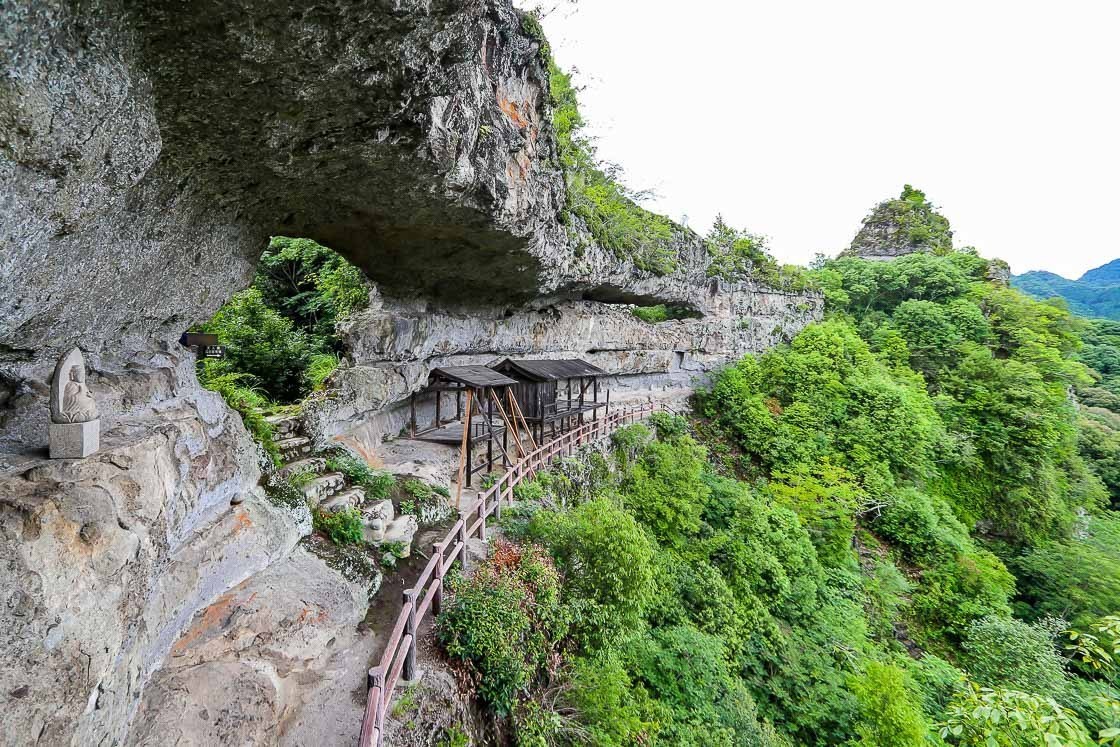Three cultural routes in Kyushu
Oita Prefecture in the northeast of Kyushu is widely known as the prefecture that produces the most hot spring water. It is also where the famous onsen towns of Beppu and Yufuin can be found. However, there is more to Oita than just hot springs, and I spent three days following three different trails and discovering the secrets that were hidden in plain sight. There was much to see and learn as many of the sites I visited have been designated Japan Heritage.
While my trip was over three consecutive days, a nice alternative could be separating it into three separate overnight trips from any one of the nearby cities of Fukuoka, Kitakyushu, Nakatsu, Beppu or Oita. Visitors can simply pick one of the routes I went on and uncover its hidden treasures off the beaten track.
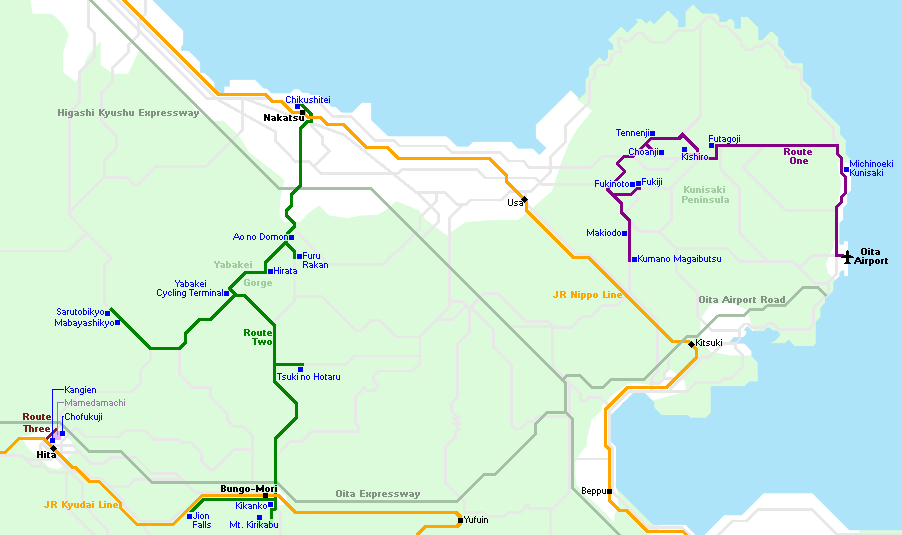
My adventure started in the Kunisaki Peninsula where I had the opportunity to come face to face with the region's gods and learn about the esoteric Rokugo Manzan religion. From there, I went on a journey through Yabakei Gorge, which closely mirrored the route early travelers to the region would have taken. Finally, I found myself in Hita, a town that blossomed and flourished in education thanks to Hirose Tanso's schooling techniques that were instrumental in influencing the foundation of contemporary school systems.
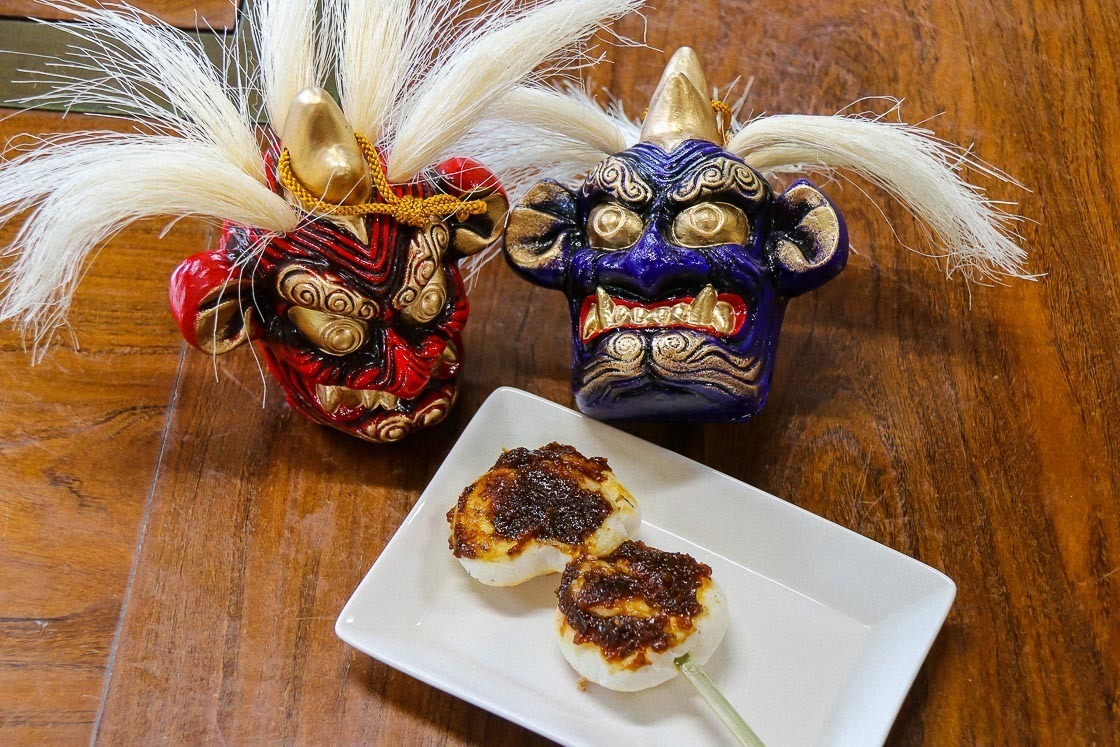
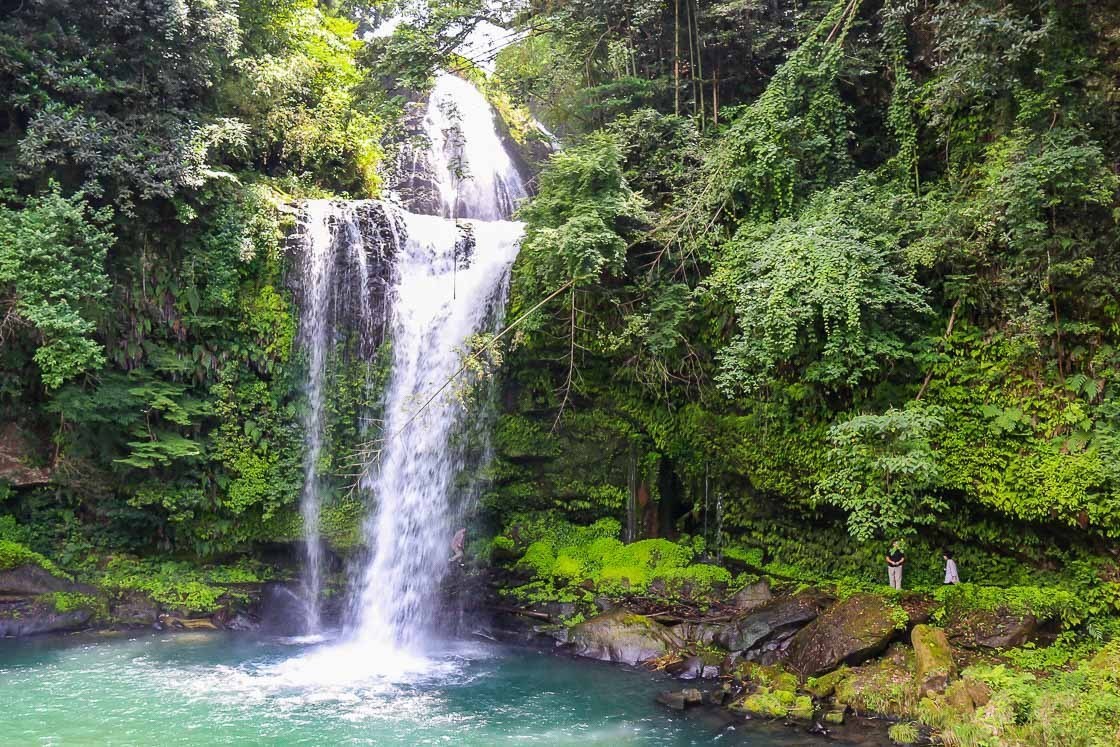
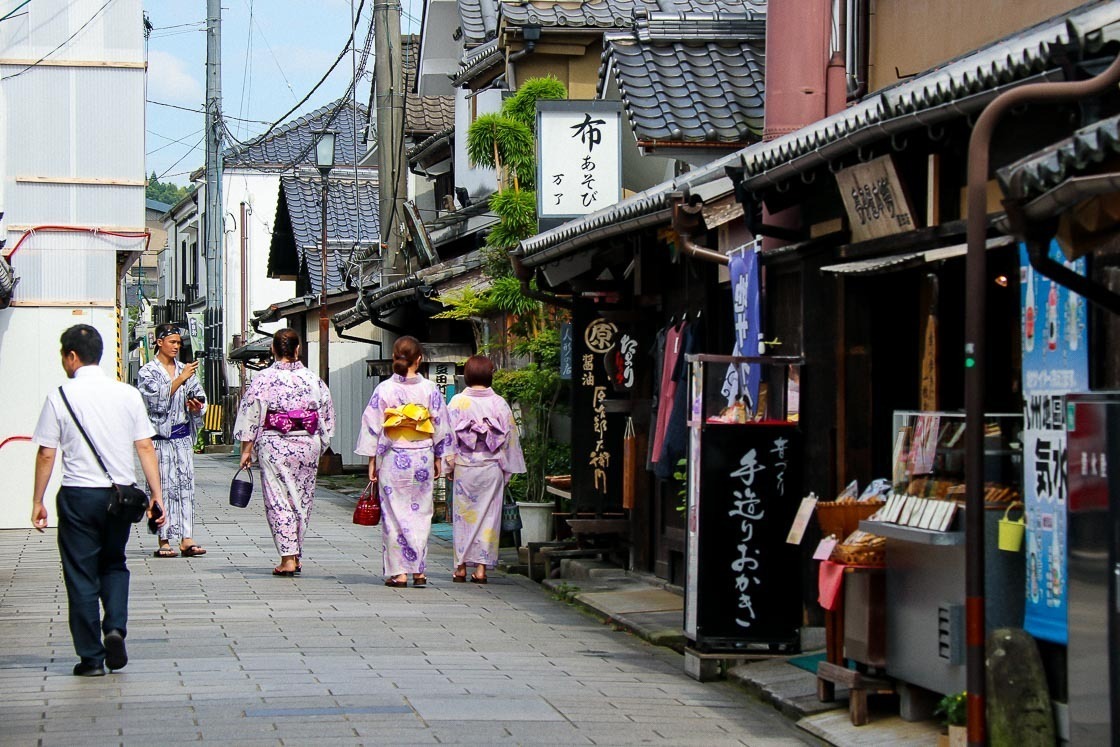
Culture route 1: Where nature meets religion in the Kunisaki Peninsula
From Tokyo, I took a 90 minute flight to Oita Airport where I picked up my rental car. Lunch was at the top of the list before I got started on the trail, and it was straight to the roadside station Michinoeki Kunisaki for tachiuo kabayaki, a local delicacy. Tachiuo, a fish that resembles a long broadsword, is grilled and glazed with a sweet sauce. With that in my tummy, I powered on to learn about the oni and their relation to the Rokugo Manzan religion in the Kunisaki Peninsula.
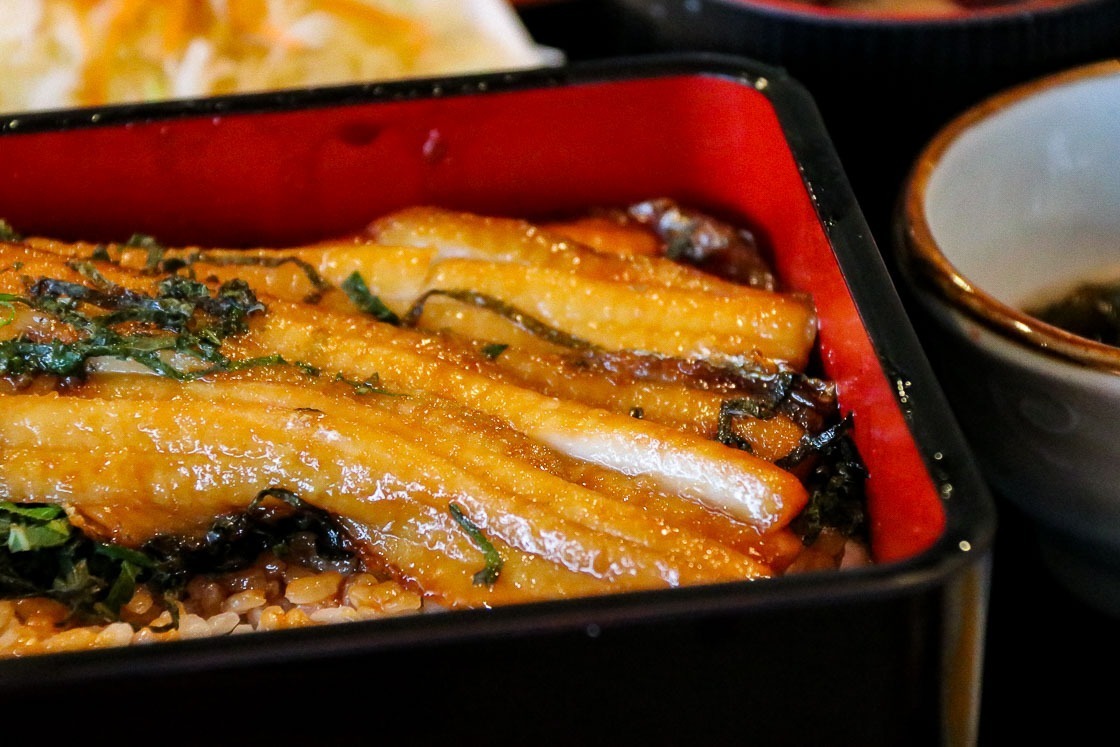
Rokugo Manzan is an esoteric Buddhist culture with over 1300 years of history. This variant of Buddhism is intricately woven together with Shinto influences and nature worship, and can only be found in the Kunisaki Peninsula. In addition to worshipping the Buddhist gods, the believers also practice Mineiri: going on a pilgrimage that traces the steps of the religion's founder and involves scaling the mountains to receive the blessings of the gods. Mineiri is carried out by the priests of the temples once every ten years.
The Fudo Myoo is the main deity in Rokugo Manzan. The Buddhist deity is typically depicted as a fierce-looking being holding a sword and has flames behind. The Fudo Myoo is believed to guide believers towards the right path and can be seen at almost all Rokugo Manzan temples.
The oni (ogre-like demons) in Rokugo Manzan are seen as representatives of the gods on earth. The oni play a very strong role in the religion, and many look very scary. However, despite their appearances, the oni are not a force of evil nor are they always a bearer of bad things. In fact, the oni can remove bad things for the good to enter. The Shujo Onie is a festival that is held during the lunar new year - typically in January or February, during which priests take on the role of the oni to appease the gods, purify the locals and bless them.
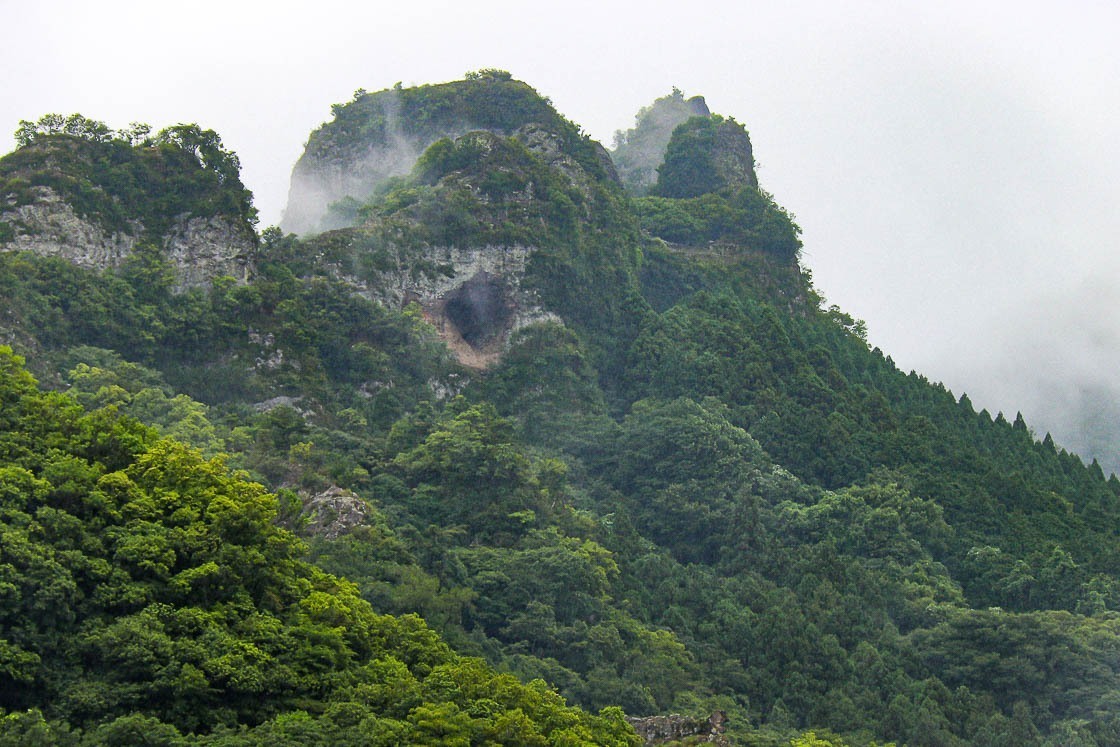
Many of the temples related to the Rokugo Manzan culture are surrounded by nature, and stone carvings are commonly seen on the peninsula. Visitors should look out for the typically human-sized, stone Nio guardians who mostly sport different facial expressions, and the stone Kunisaki Pagoda that is unique to the Kunisaki Peninsula and a cultural heritage.
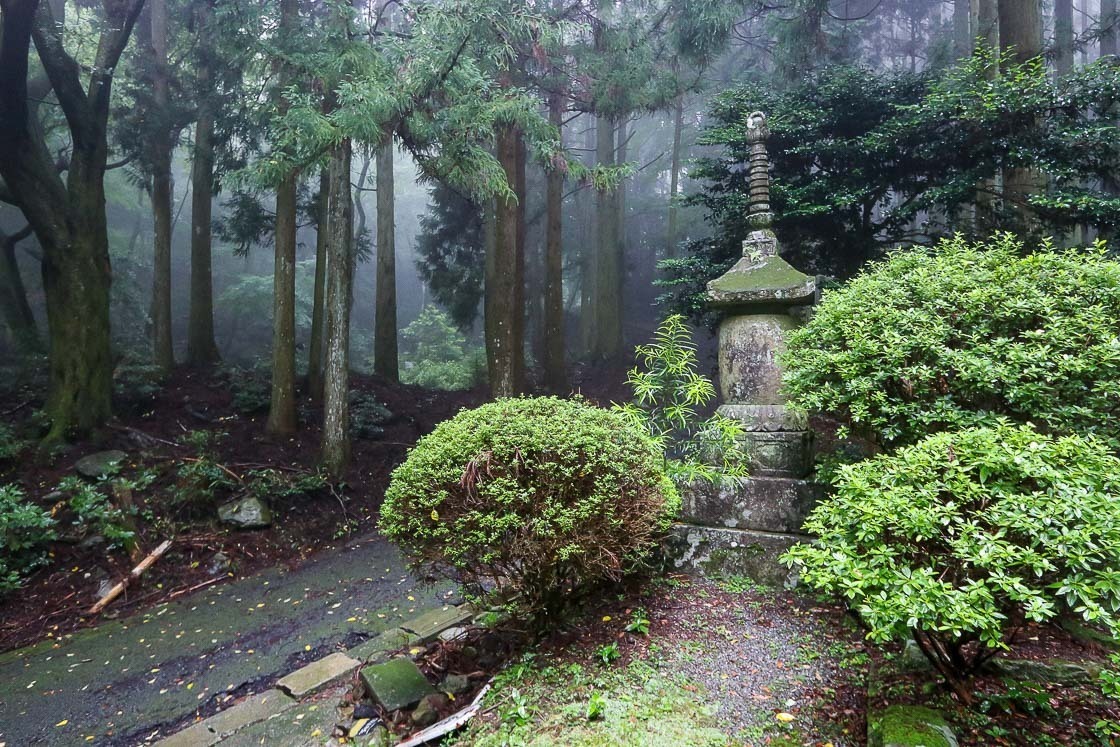
With all this information about the local religious culture, I set forth on a route that would take me to see some of the peninsula's temples as well as some oni. I started at Futagoji Temple, the head Rokugo Manzan temple since the Edo Period, and where I saw the biggest stone Nio guardians in Kunisaki. From there I went to Tennenji Temple, one of the two remaining temples that practice the Shujo Onie festival. The mountain behind the temple is also part of the pilgrimage route, and one of the highlights of the route is a stone bridge called Mumyobashi that spans the space between two cliffs. I had the opportunity to see replicas of the oni masks the priests don during the festival as well as participate in a VR experience of a pilgrimage across the bridge.
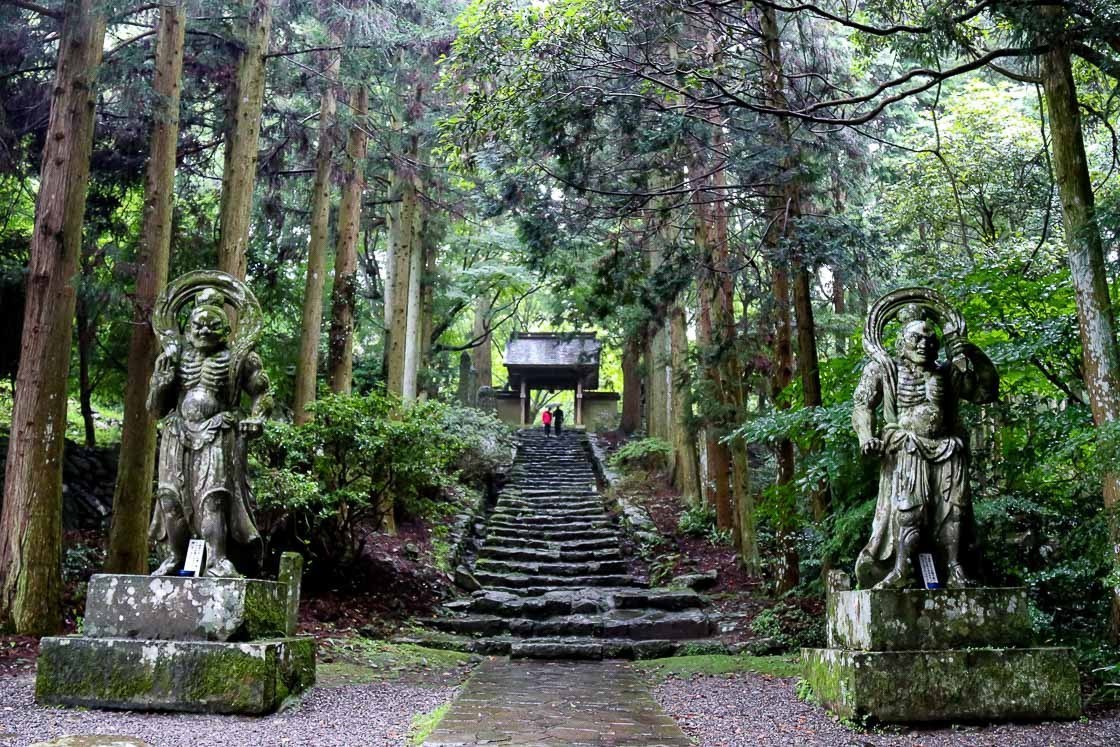
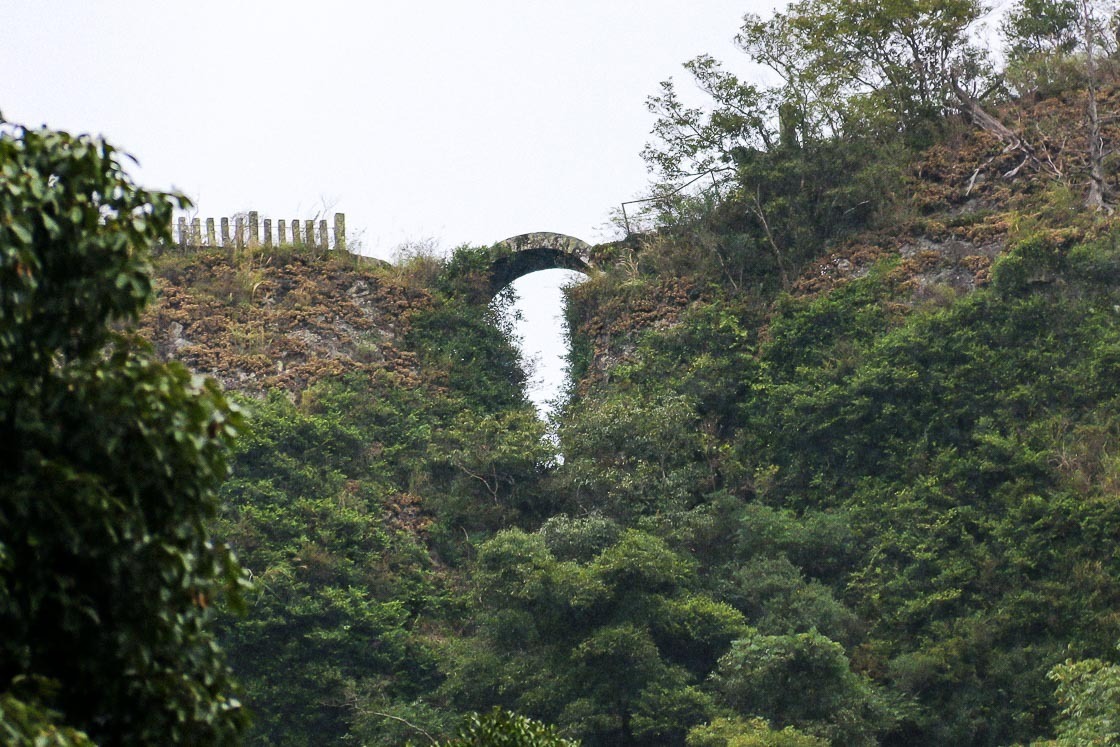
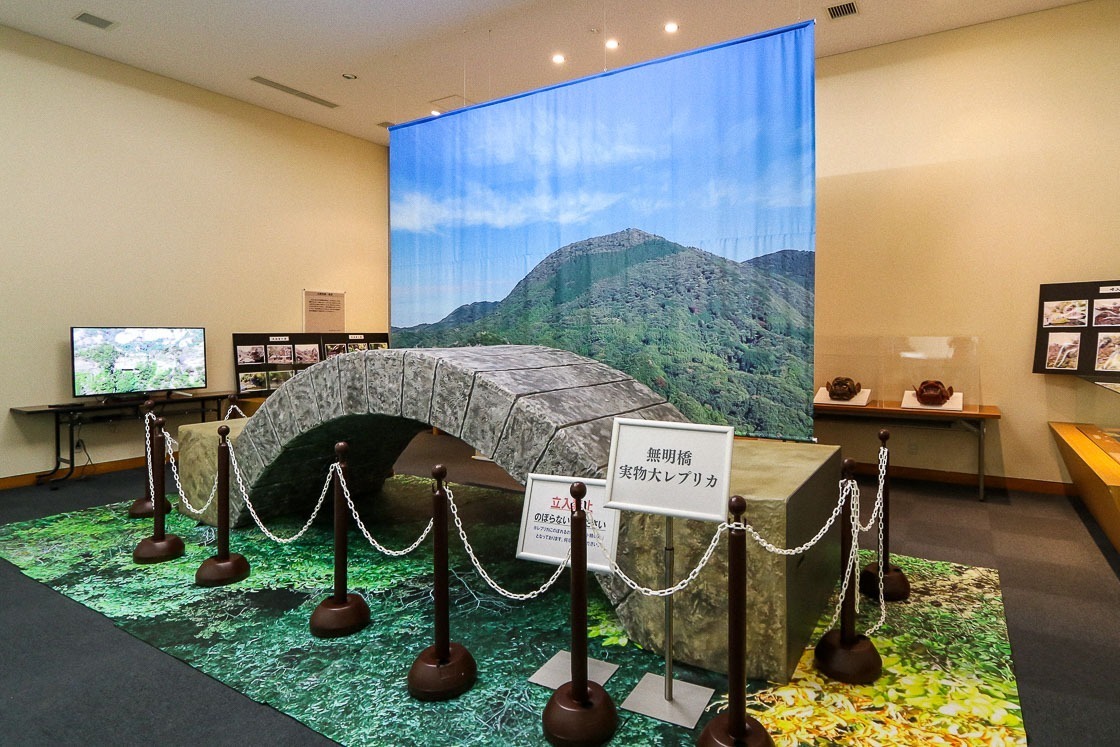
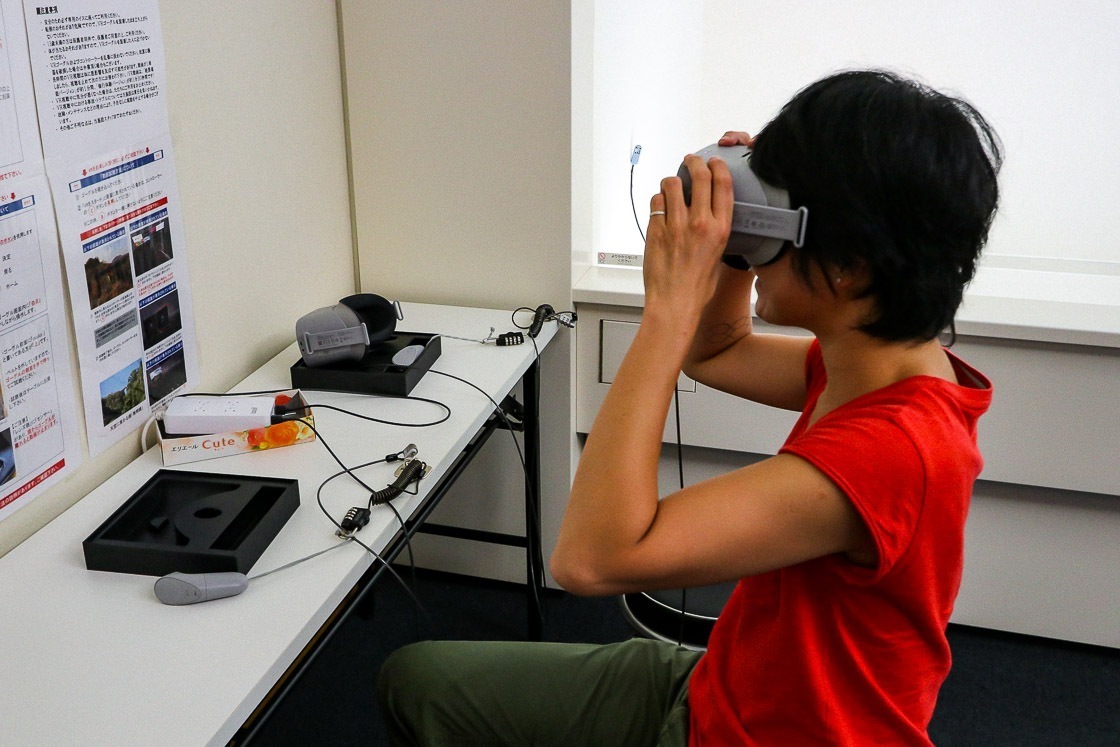
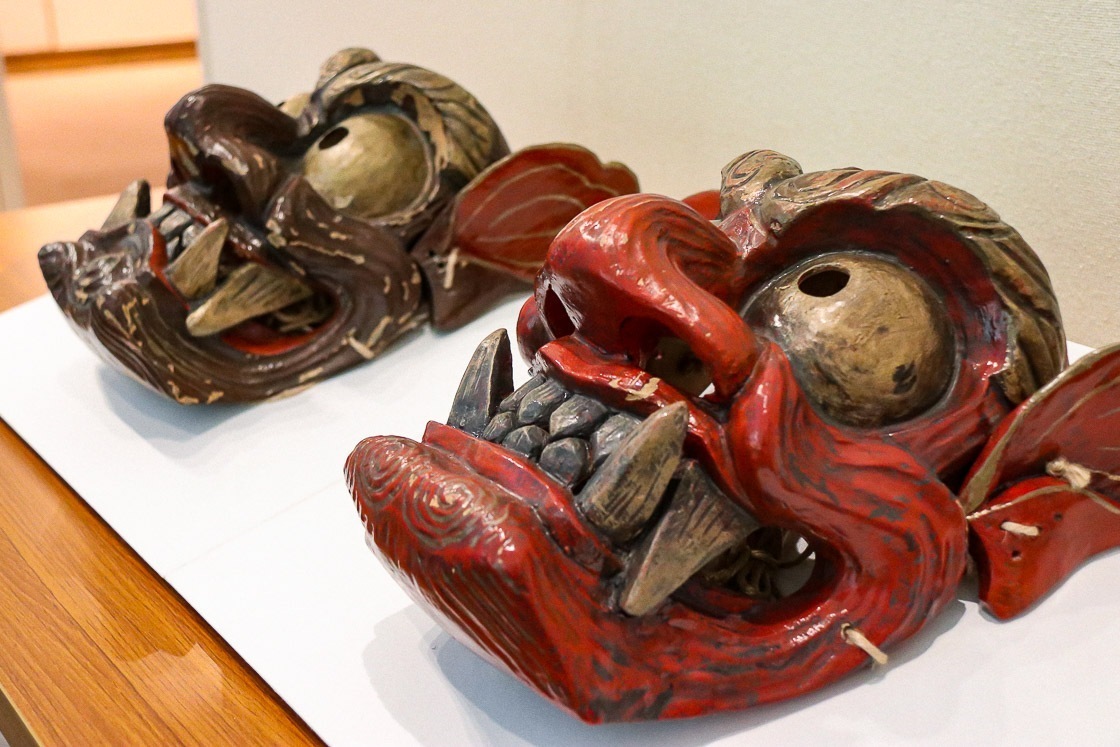
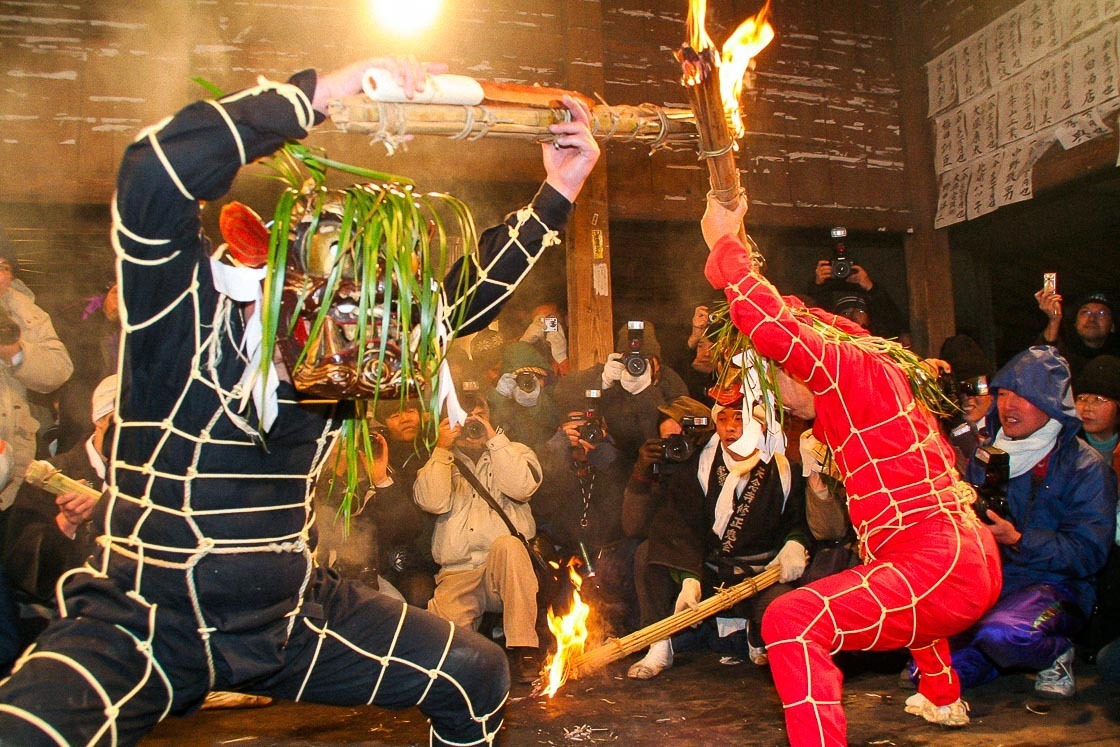
Choanji Temple is said to be the head temple of the Rokugo Manzan culture from the 12th to 16th centuries and catered to over a thousand priests during its time. I got to see the Taroten, a wooden statue that was carved almost 900 years ago and is a unique depiction of Fudo Myoo that only exists at this temple. Moving on, I made my way to the Kumano Magaibutsu, a set of Buddhist statues carved in stone that are the oldest and largest of their kind in Japan. I scaled a flight of about 100 stone steps - supposedly laid by an oni in a single night - to get there. Note that these steps are very slippery when wet and extreme care should be taken when walking on them.
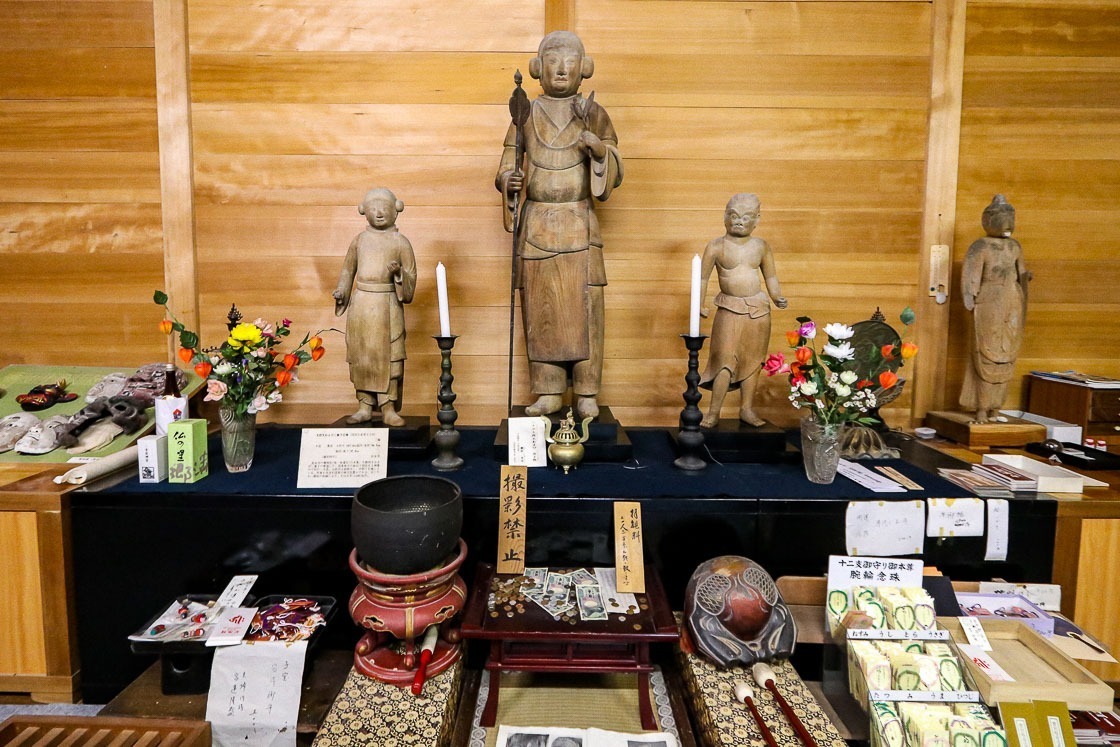
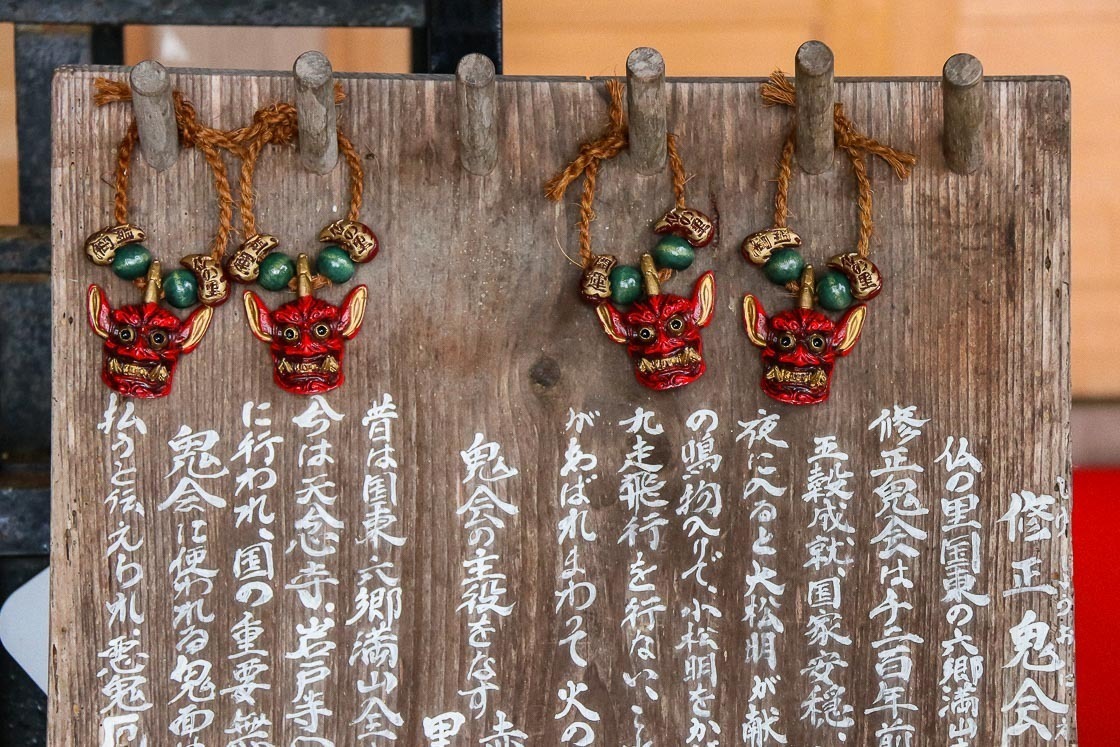
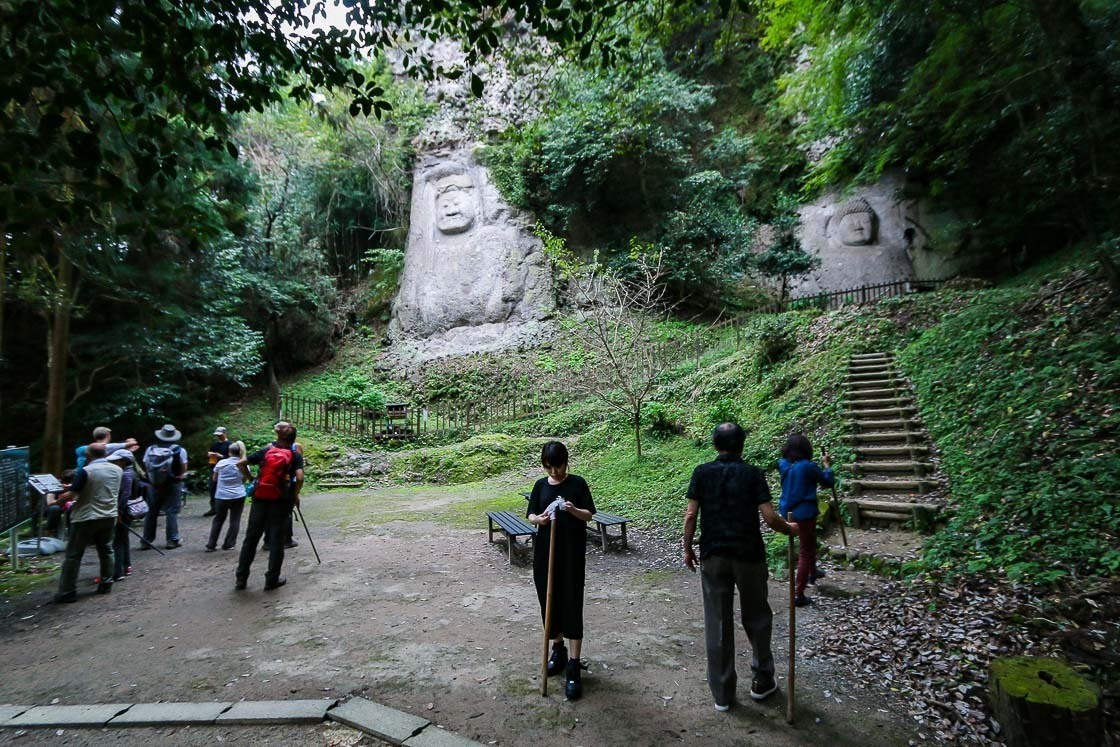
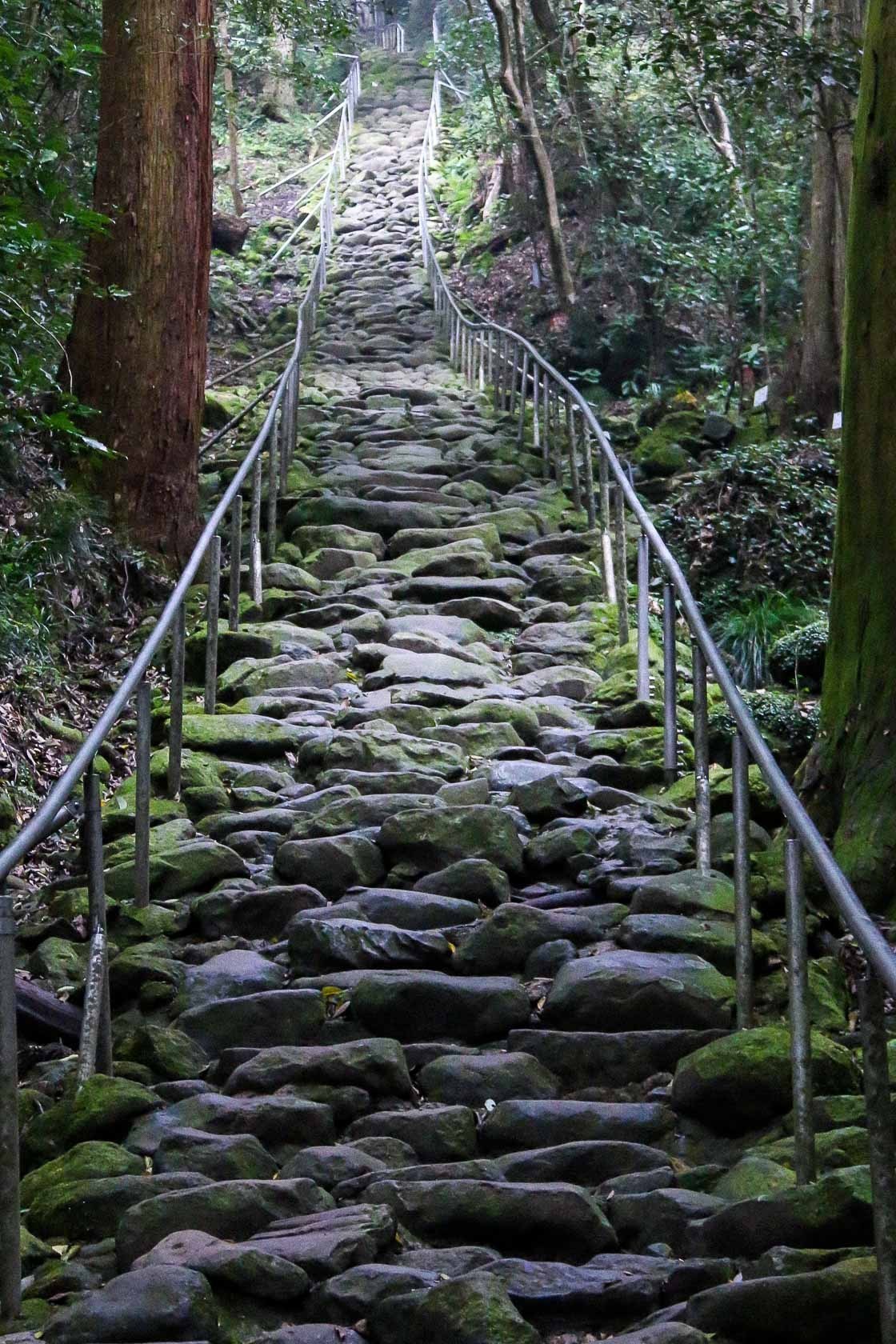
Continuing with Makiodo, a former temple turned hall, I came face to face with three of the largest and oldest wooden statues that were carved in the 8th century. These massive statues were supposedly lined up in the order as they can be seen today, and I found it astounding to see such important cultural properties sitting quietly in an unassuming building. Finally, I went to Fukiji Temple where I would spend the night at their Japanese-style lodging, Fukinoto, and participate in a morning zazen meditation session in their 900 year old main hall the following day.
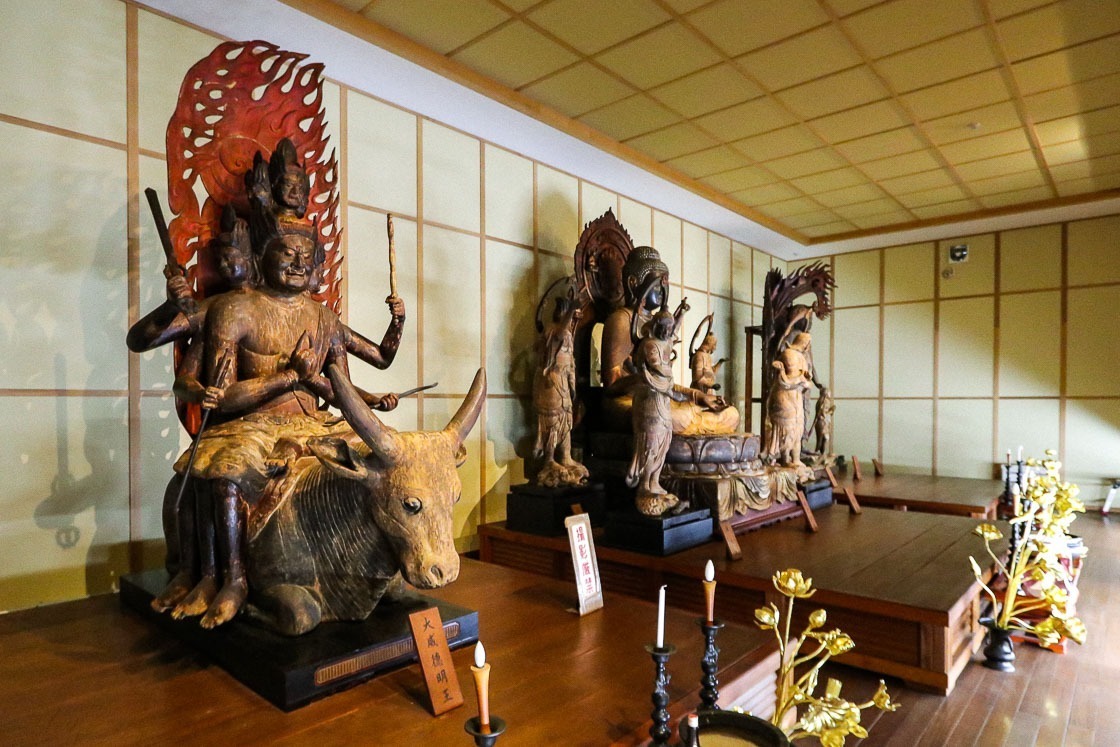
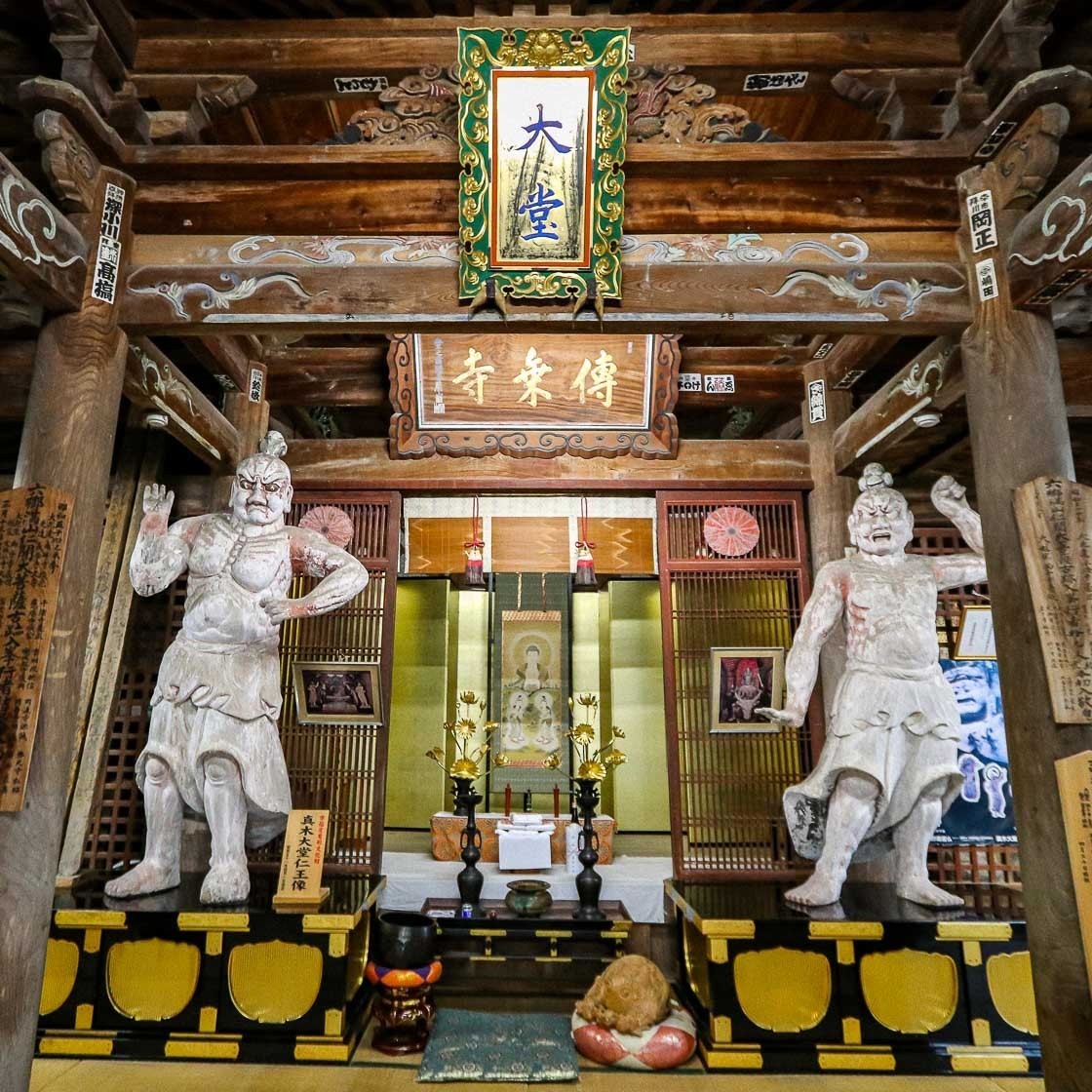
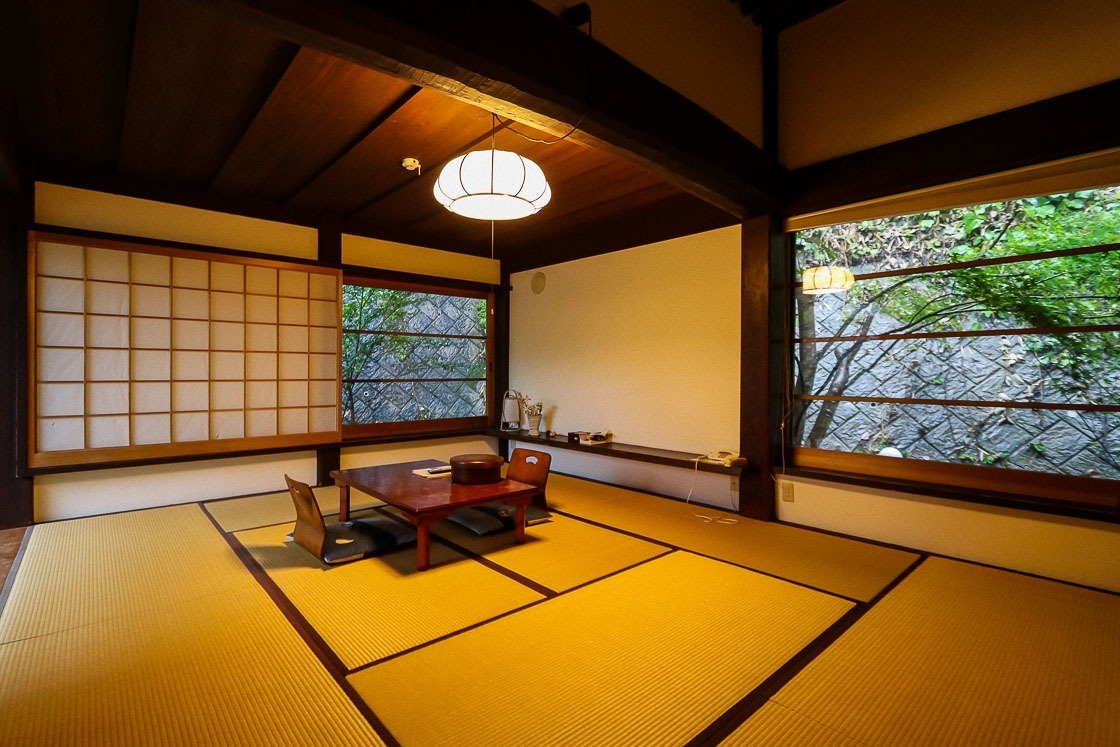
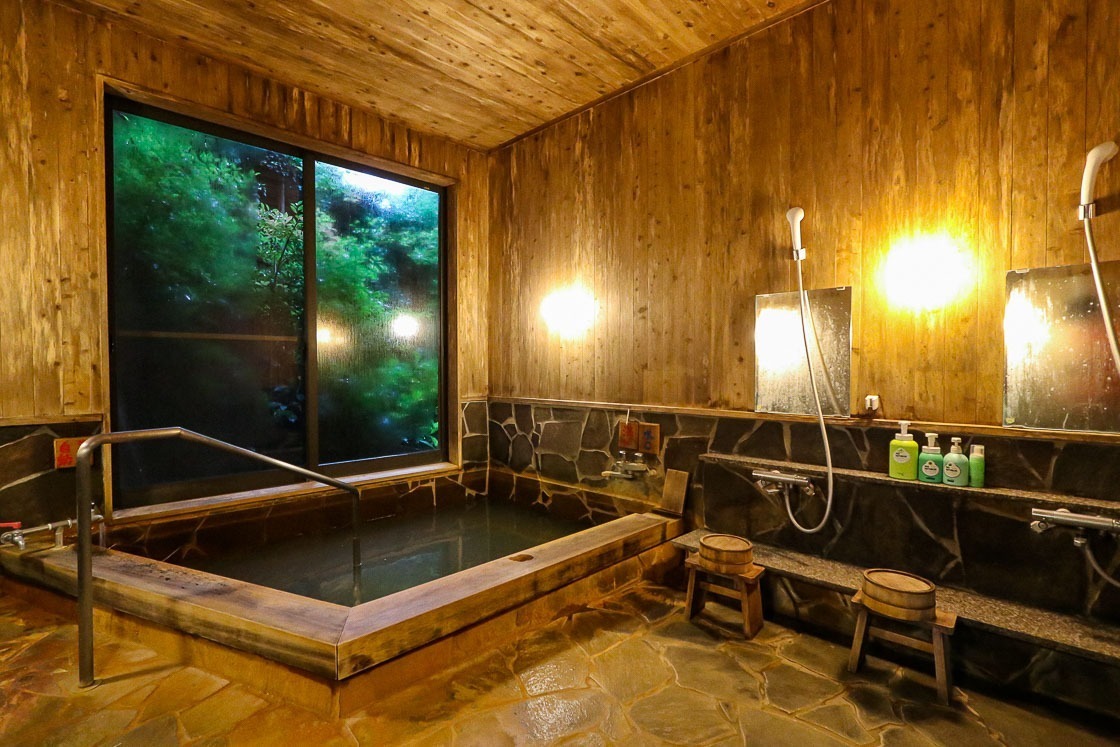
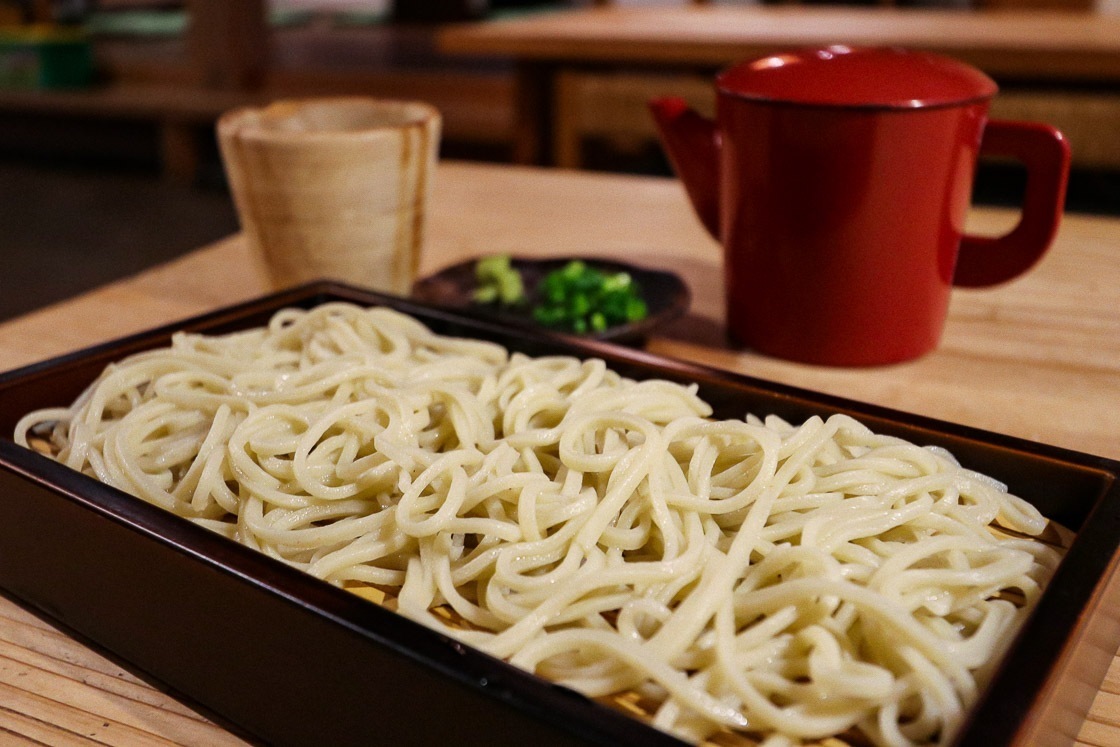
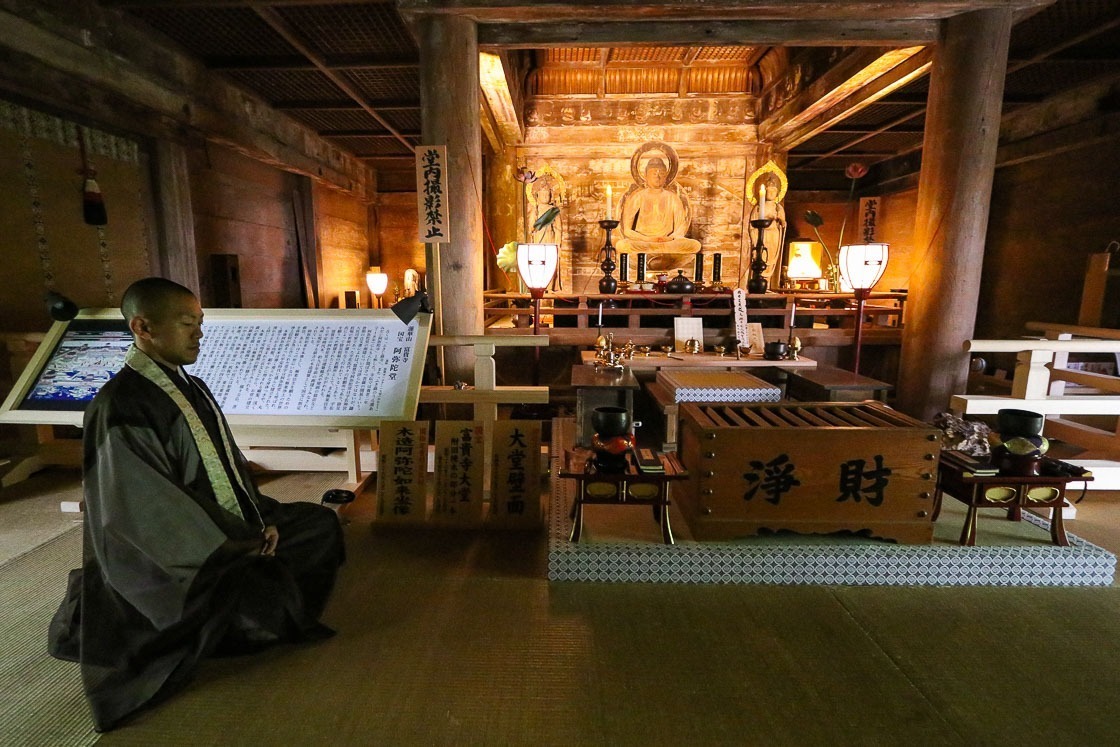
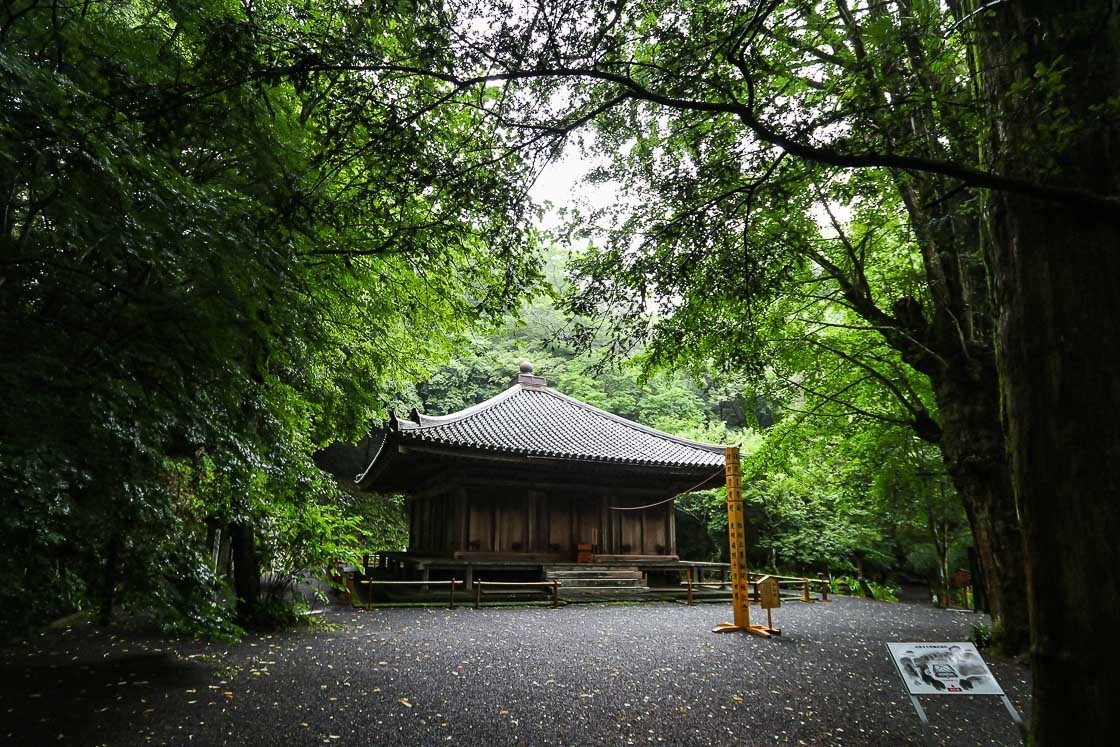
Culture route 2: Journey through time and space in Yabakei
The plan for today was to follow the history of Yabakei Gorge. Pilgrims would cross parts of the gorge enroute to access the temples within, and Yabakei became a popular location in the 18th century for artists to paint and poets to write about. In the early 20th century, a train line was constructed and that led to the development of the area as a tourist attraction. I found the gorge to be very scenic, and I took time to appreciate the things that were and are still considered to be spiritual as well as its natural beauty.
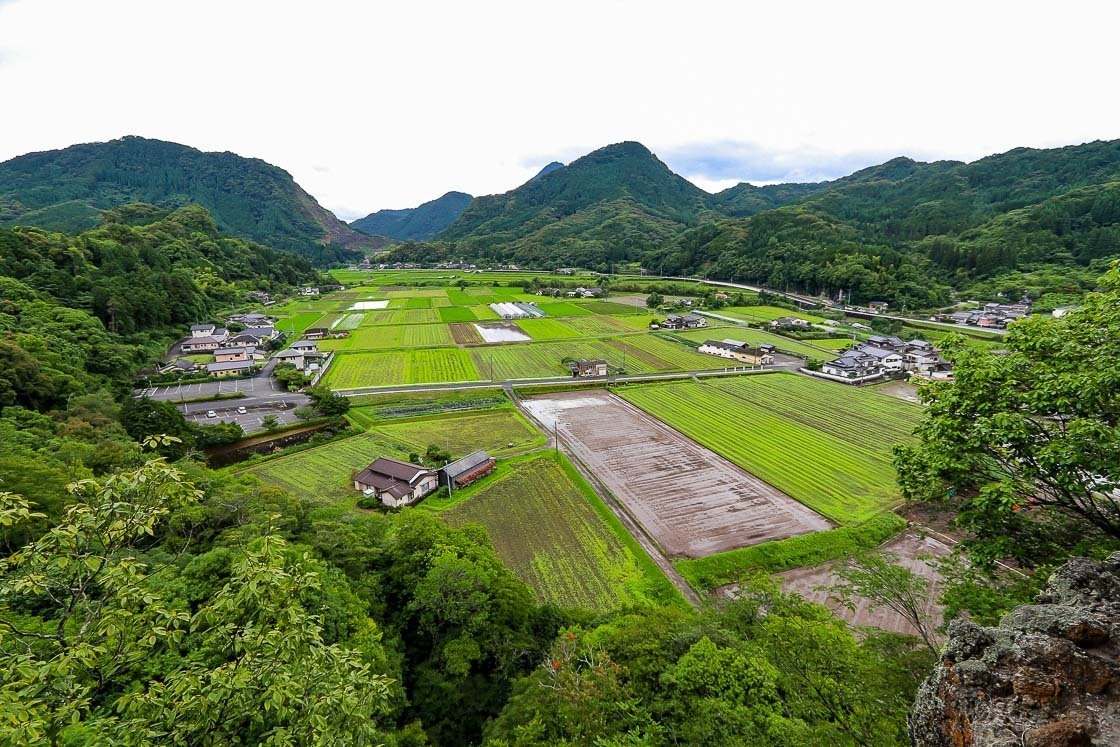
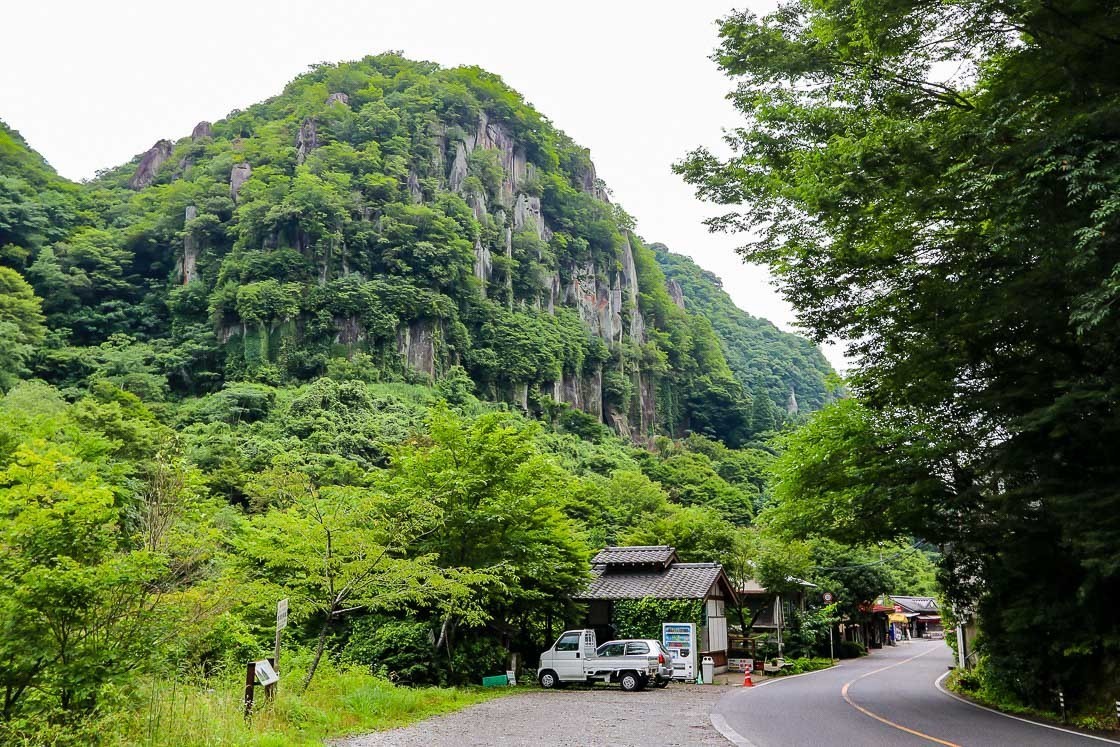
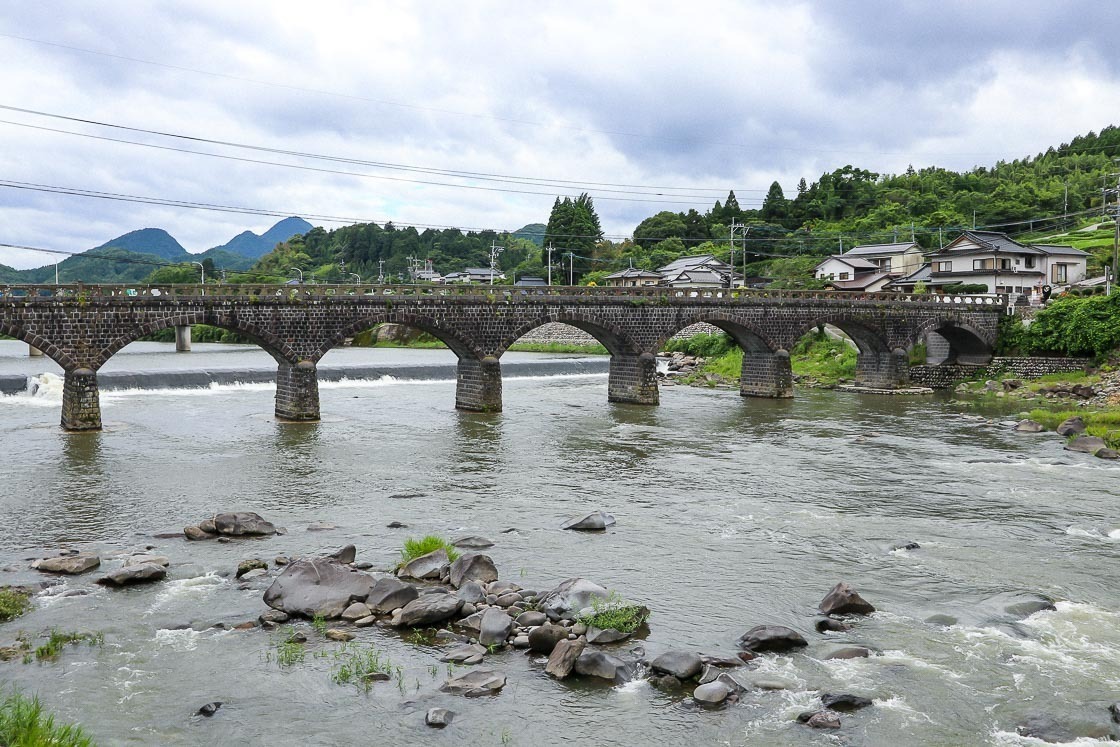
I started my day with a quick hike to see the Furu Rakan, arhats which were placed into the precipices of the mountain. The 100 meter tall rock wall stands guard at the entrance of Rakanji Temple, which was founded in the 7th century by the Indian Buddhist priest Hodo Sennin who spent some time in ascetic training in one of the caves on the mountain. The hike to see the Furu Rakan used to be the recommended route before entering the temple, and it was meant as a form of symbolic cleansing as one cleared the obstacles along the way. The hike up and down took less than an hour, and there were a number of walking trails to follow.
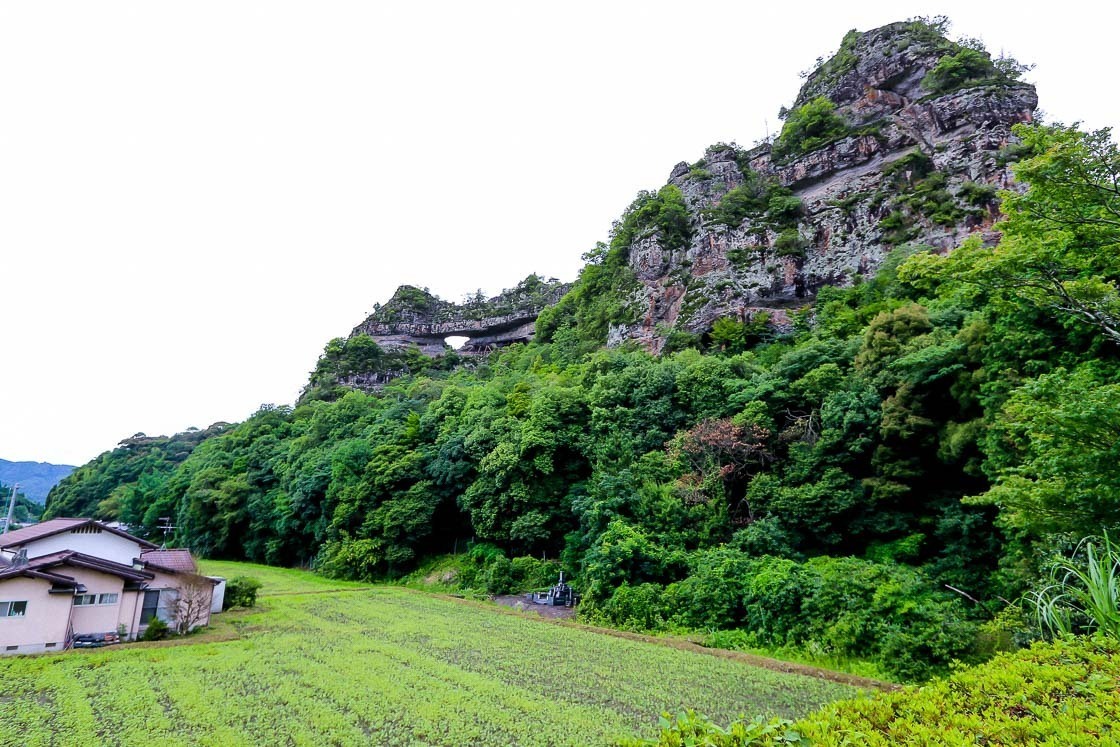
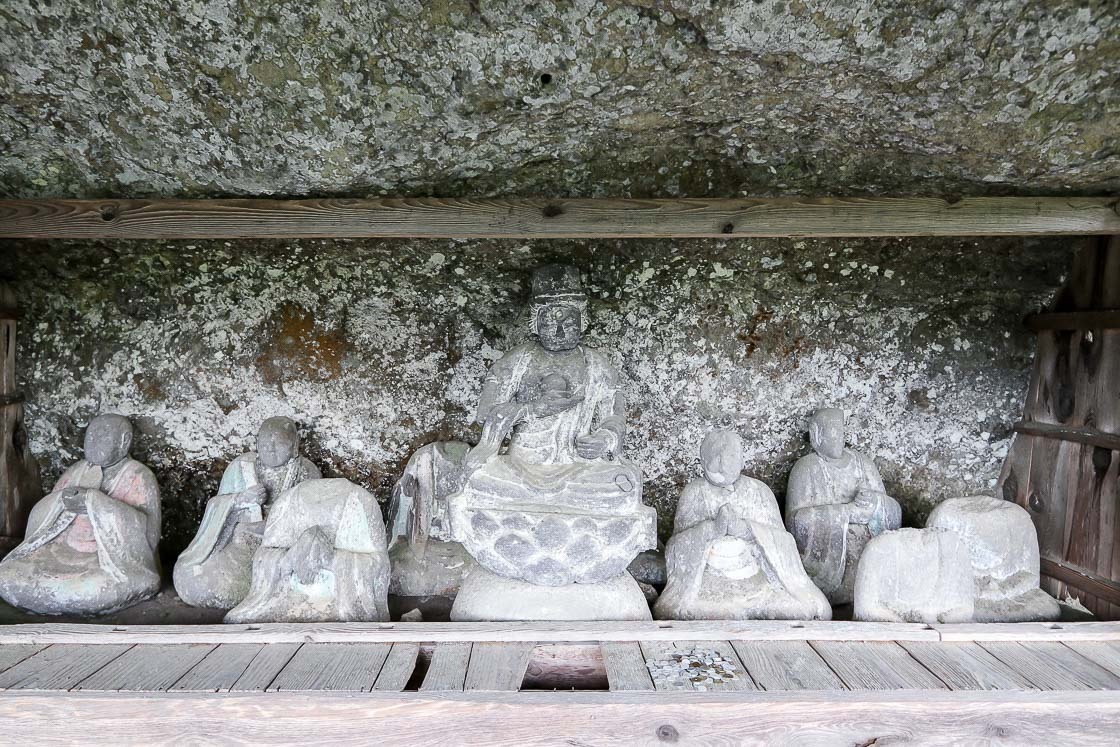
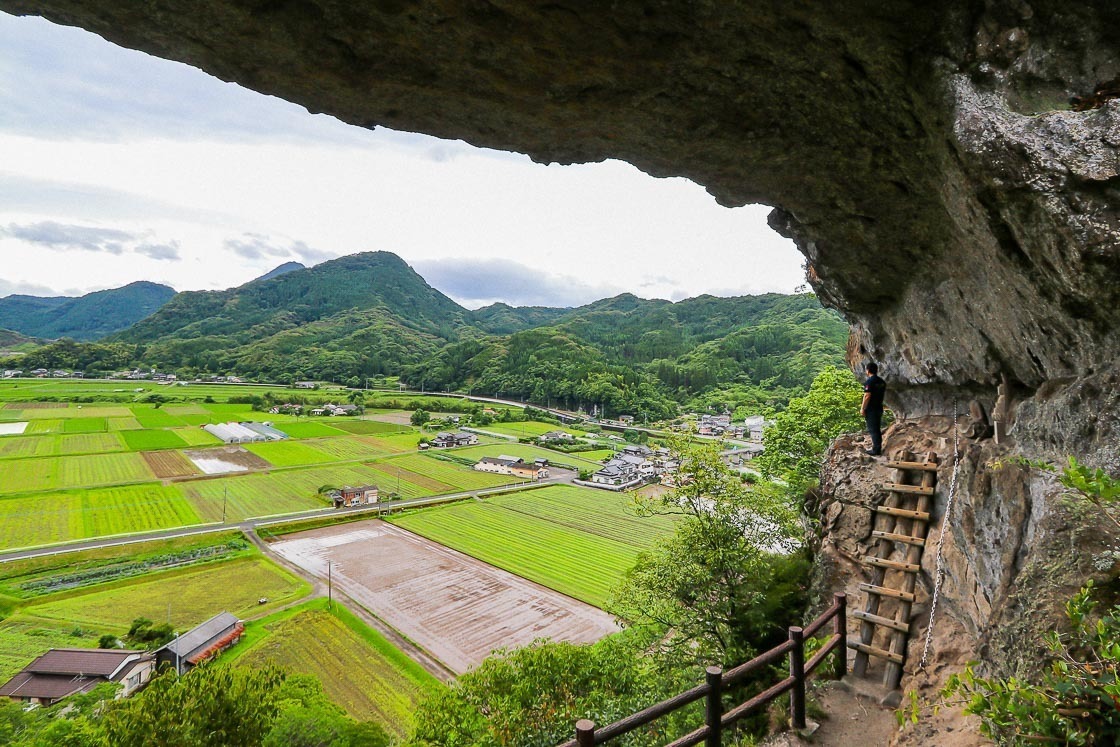
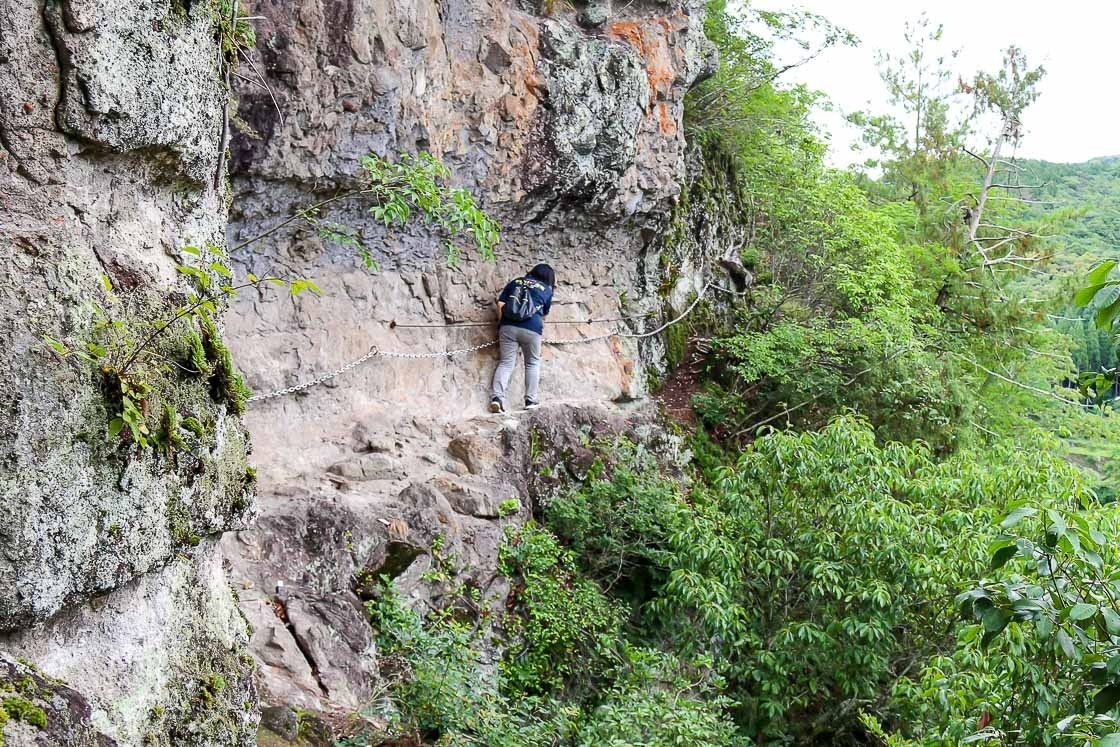
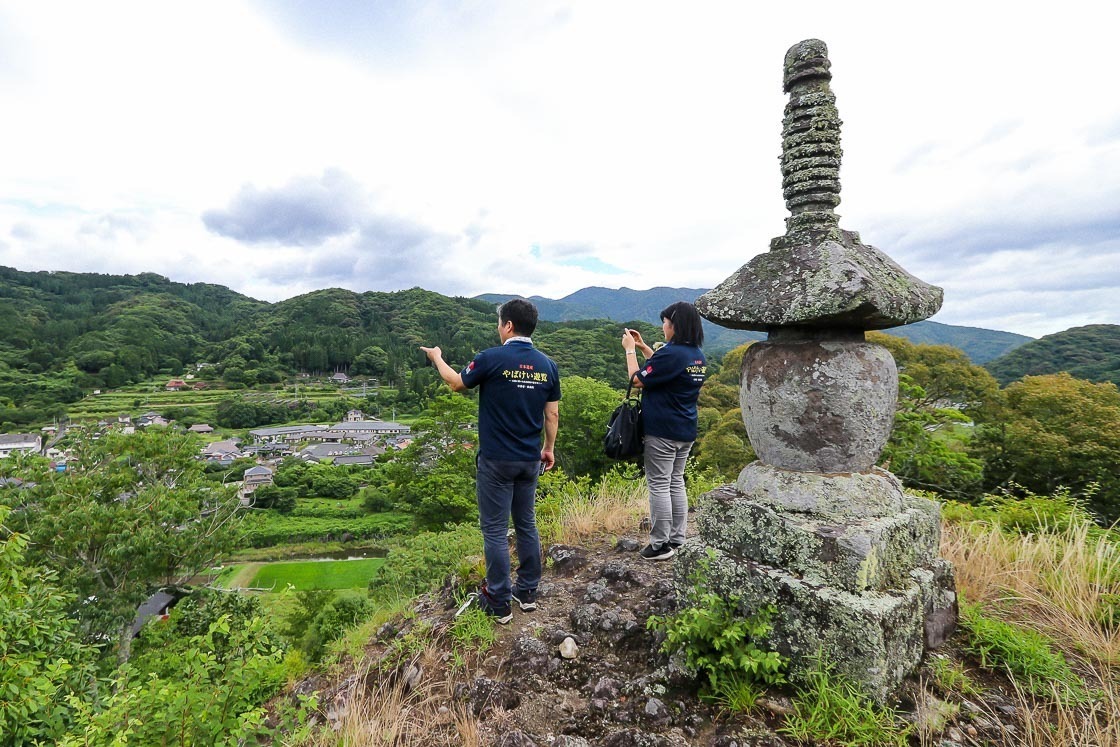
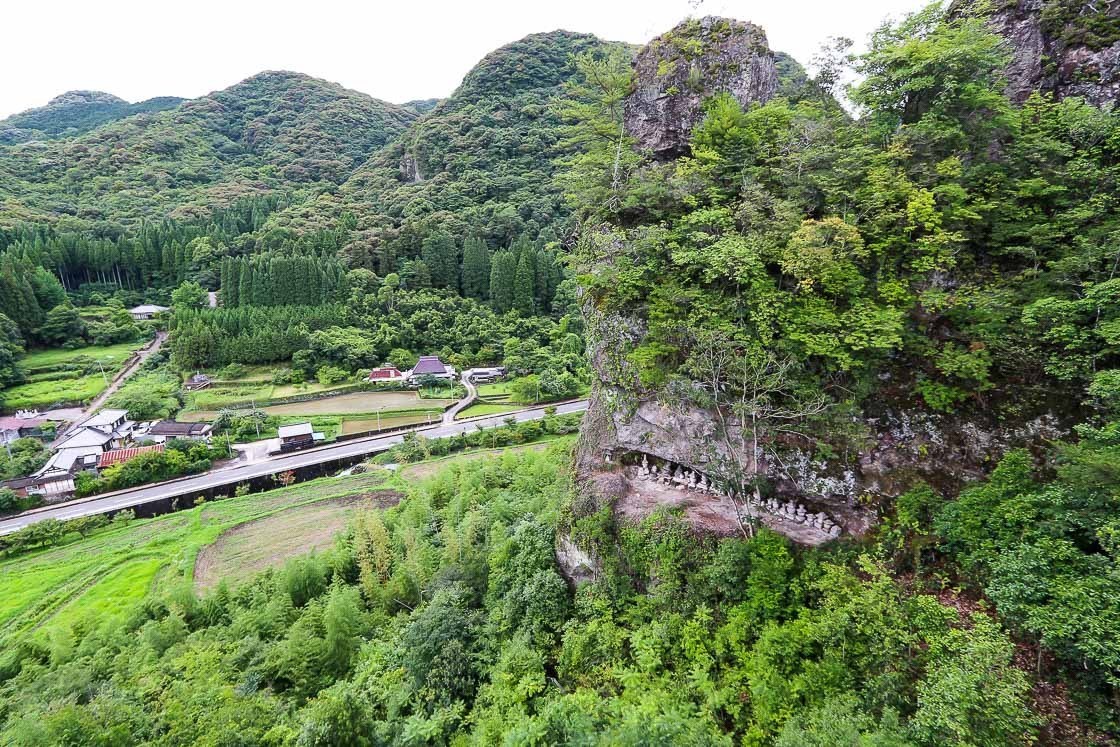
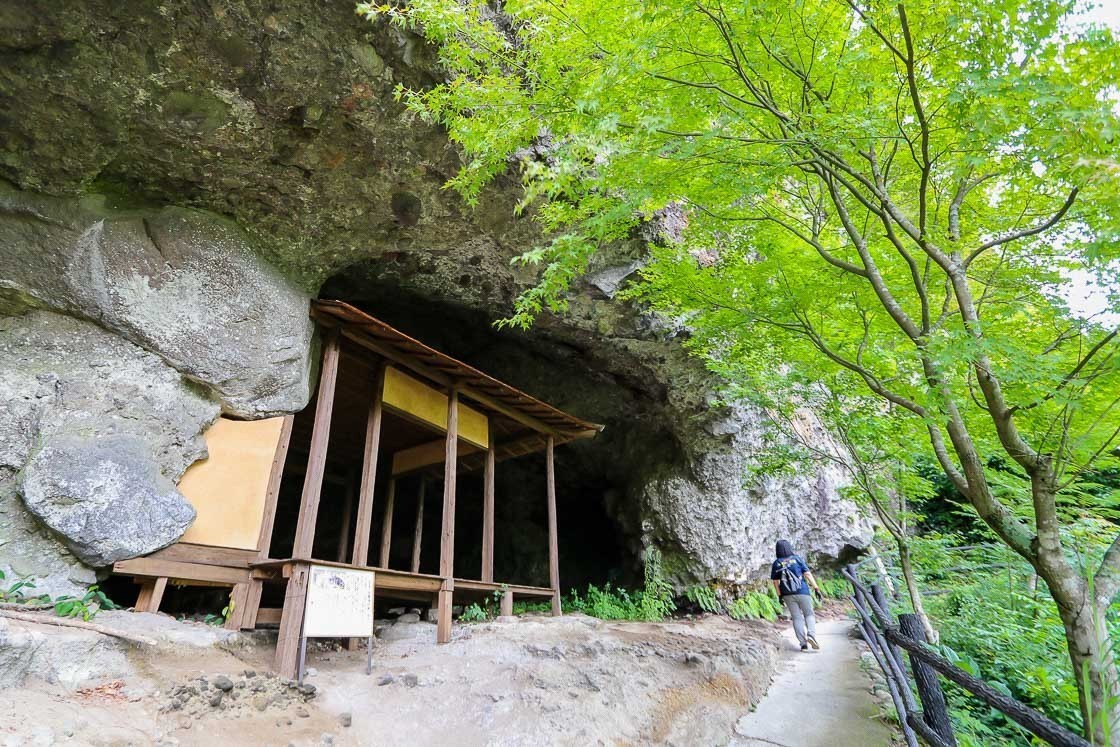
From 1913 to 1975, the Yabakei Railway provided access from the coastal city of Nakatsu into the gorge. The opening of the railway that provided an easy connection into the gorge and made Yabakei Gorge a popular tourist destination. The line closed as Japan moved towards a car-based society and its ridership declined.
After the closure of the railway line, the unused train tracks were repurposed to be a dedicated cycling road. I headed to the Yabakei Cycling Terminal, which is around the midpoint on the route, to pick up my rental bicycle. The gorgeous cycling road, which runs parallel to the Yamakuni River, brought me over bridges and through tunnels and small villages along the way.
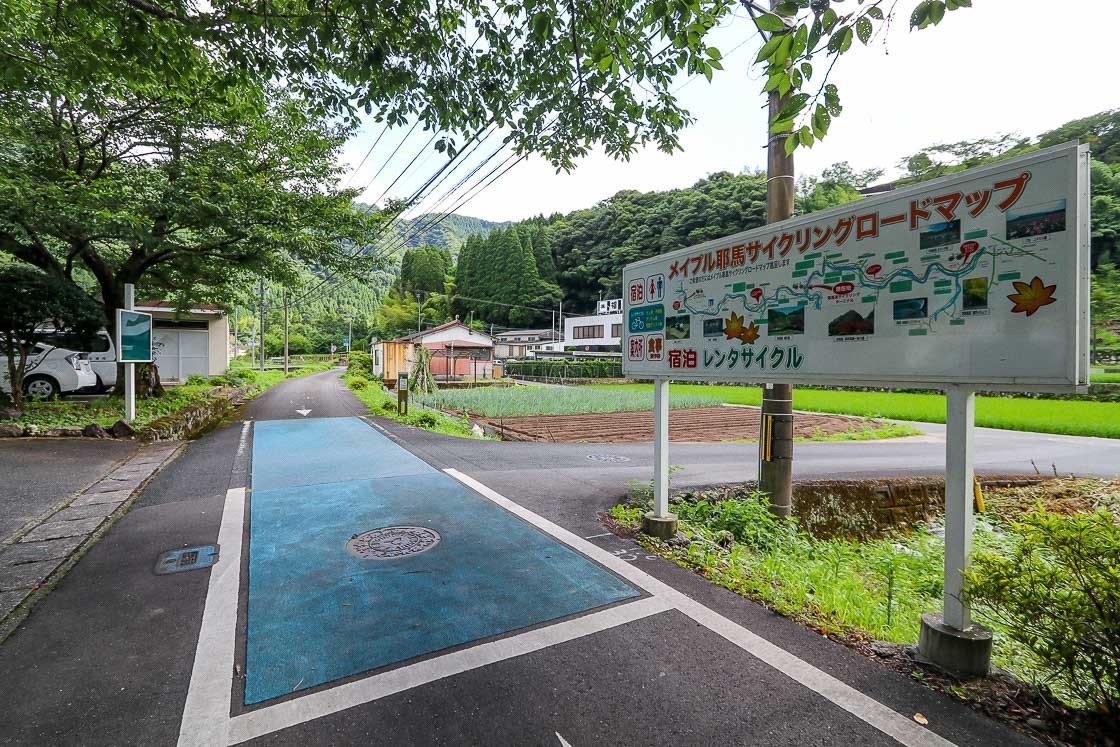
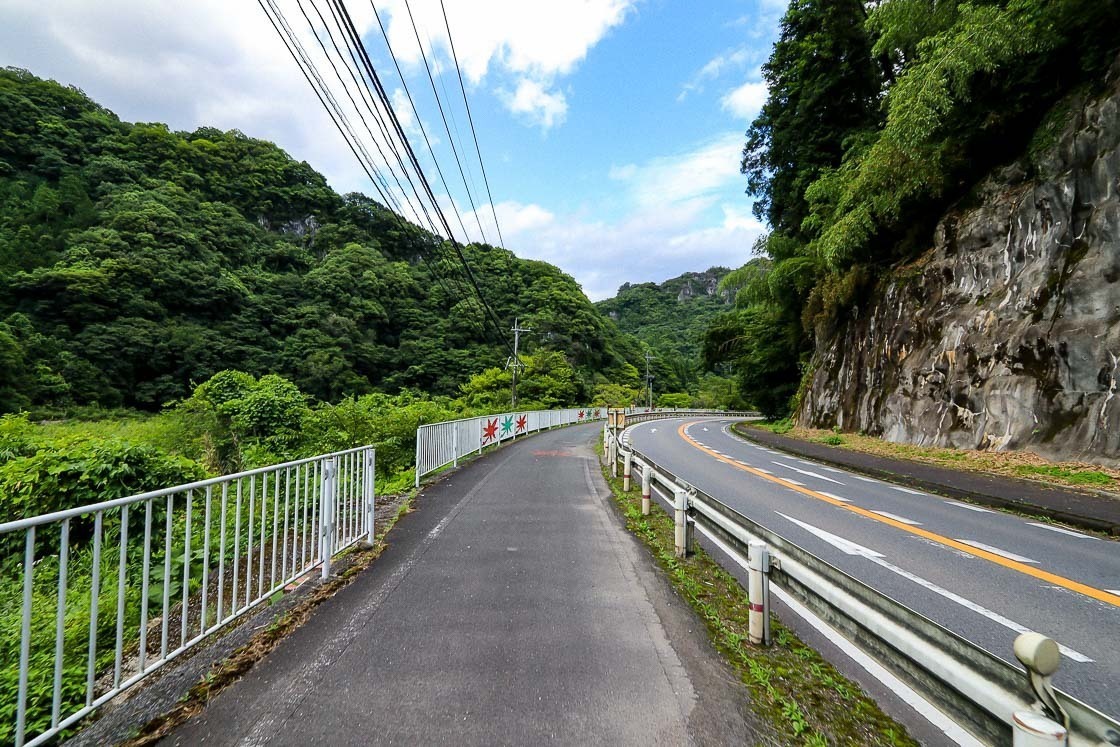
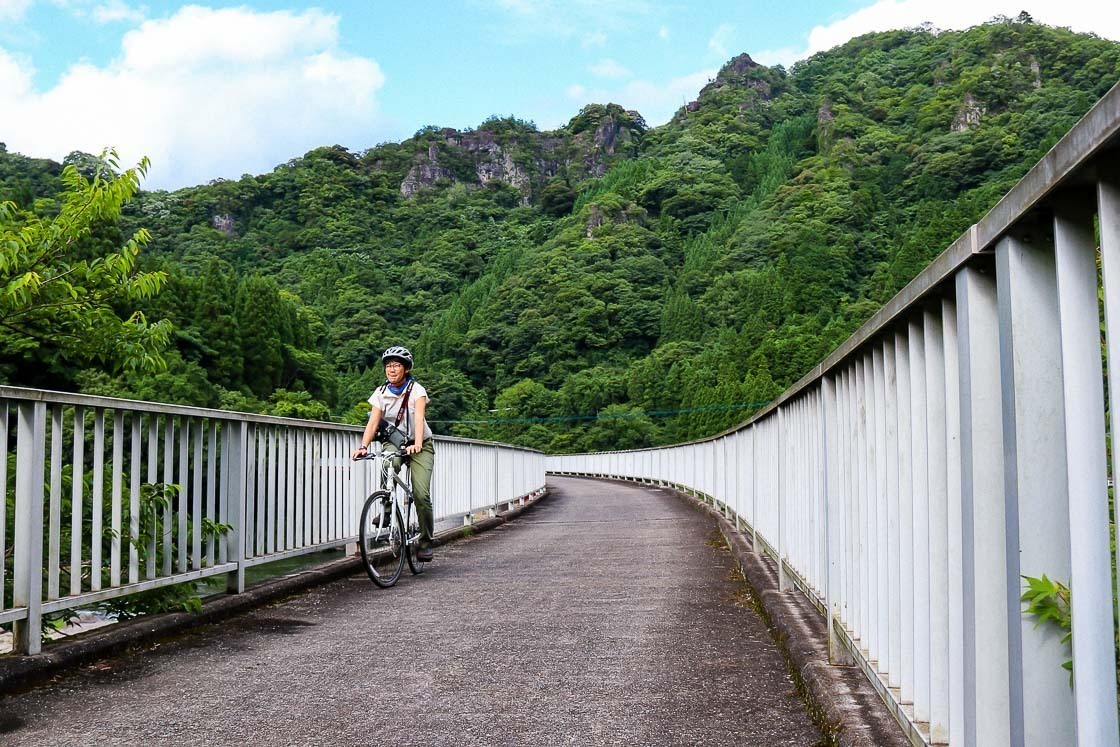
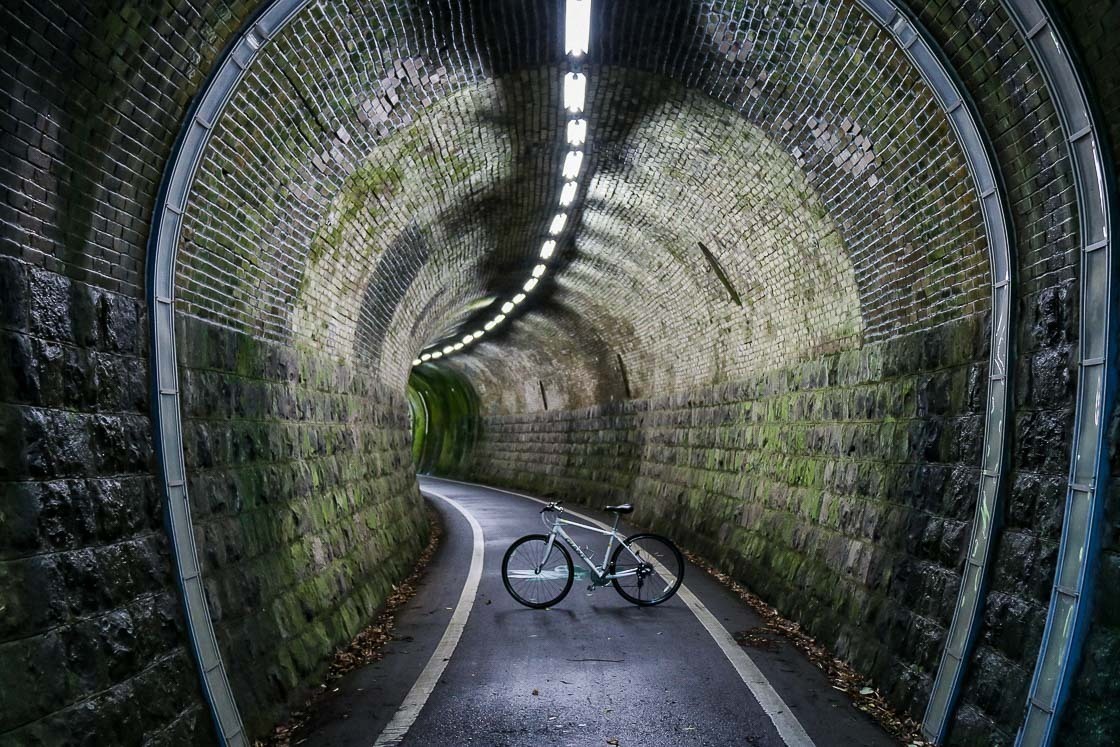
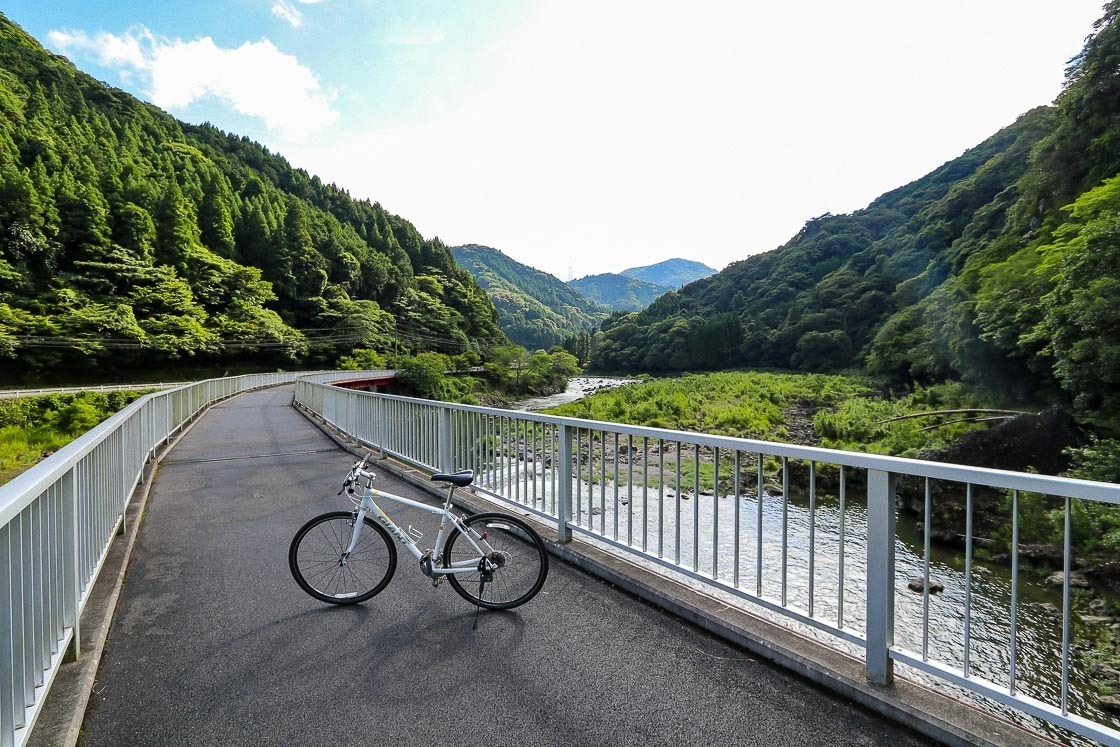
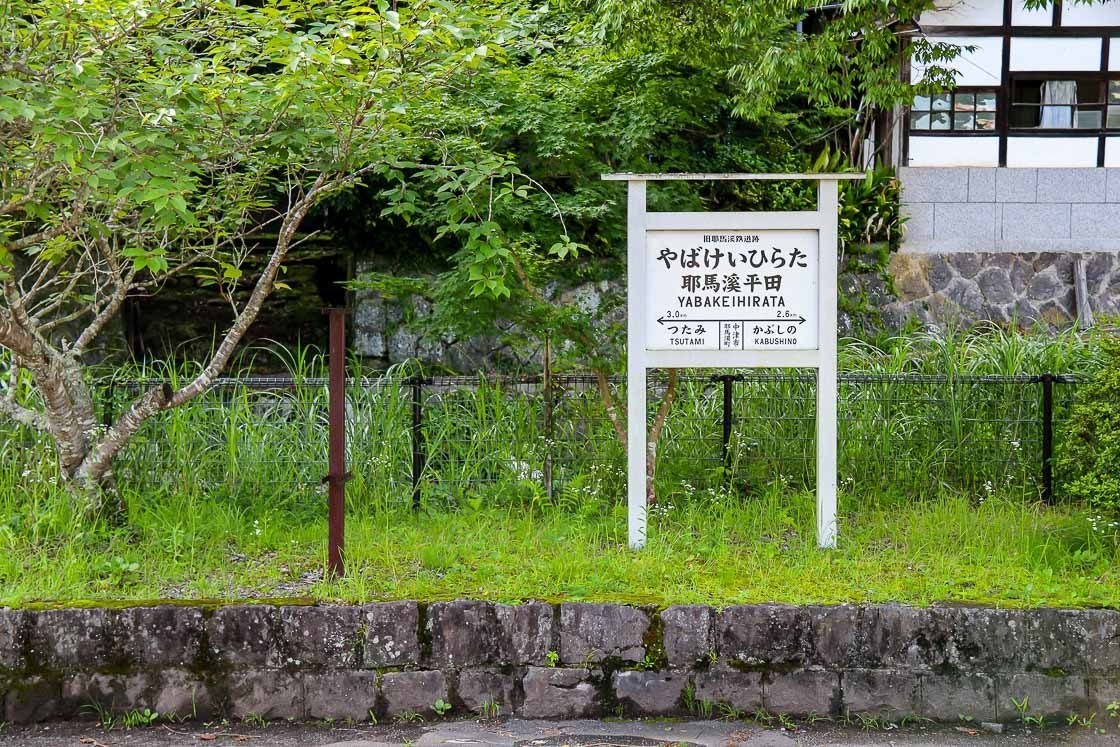
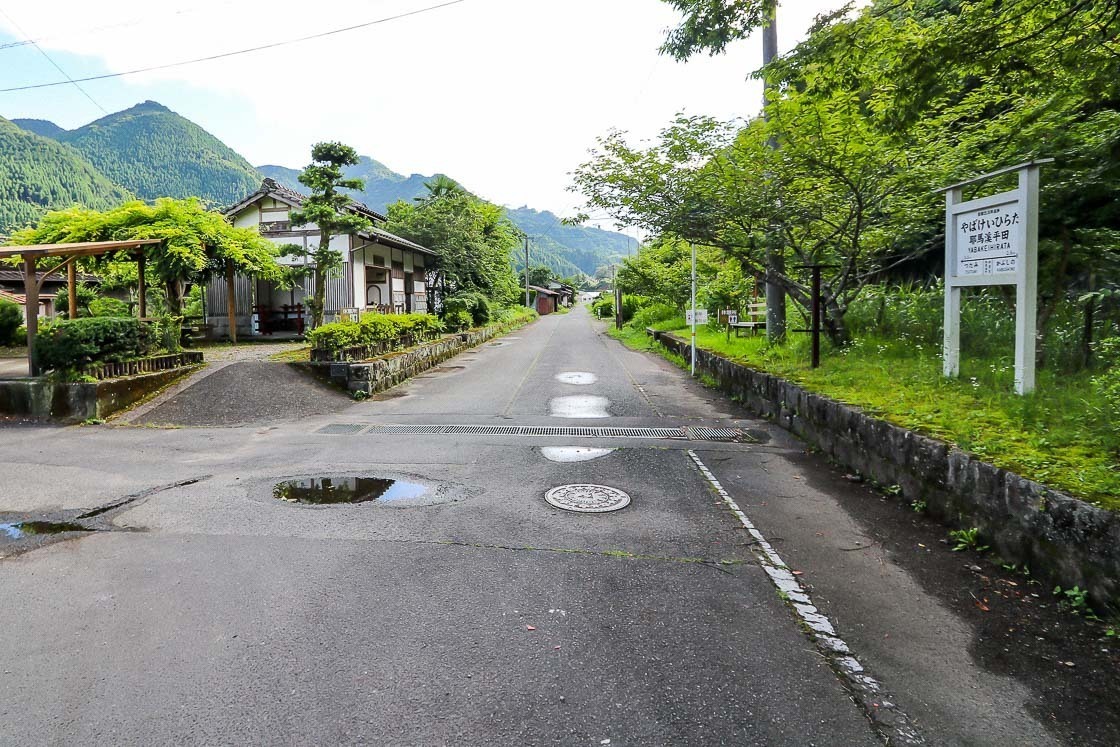
The idea was to take a leisurely ten kilometer cycle east to Ao no Domon, a stone formation which marks the entrance to the Yabakei Gorge. The tunnel that runs through the bottom of the stone wall was initially carved out by a priest who took 30 years to dig a path using just a hammer and chisel. This tunnel can be said to have been Japan's first toll road to offset the costs of the masons who joined in the project.
A few centuries after that, the stretch of land where Ao no Domon stands was bought over by Fukuzawa Yukichi - the guy who is on the 10,000 yen note - to save the land from being sold to developers and to preserve its natural beauty. Today, we reap the benefits of these past efforts and can enjoy the views.
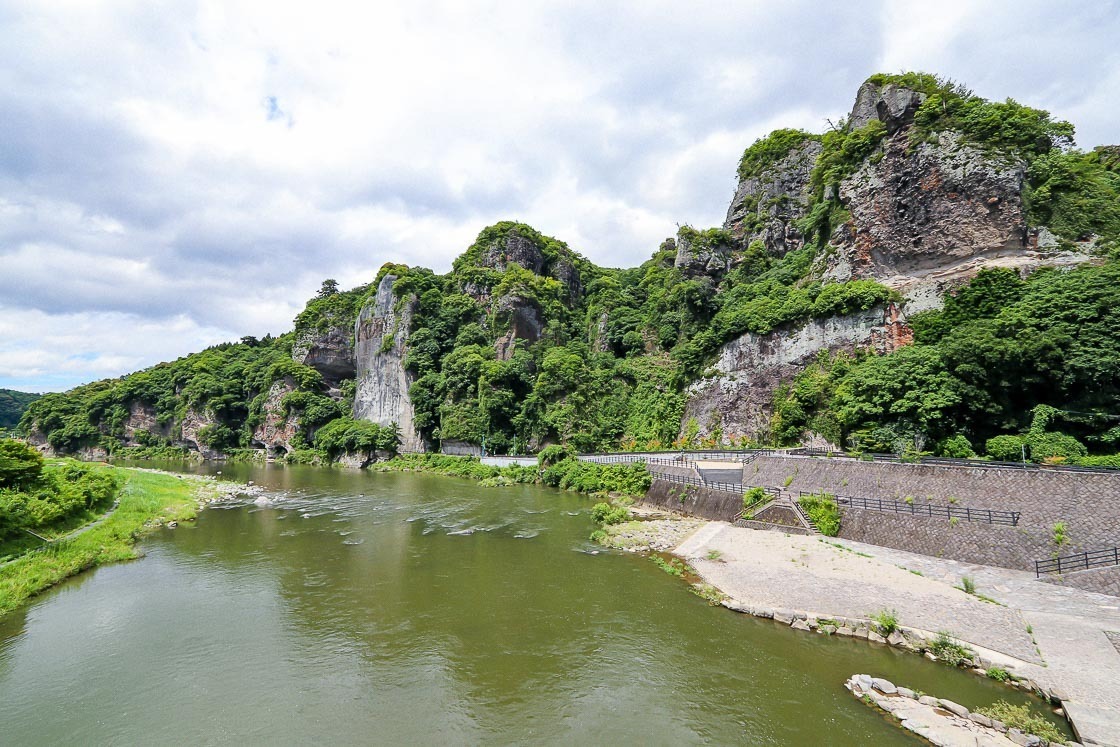
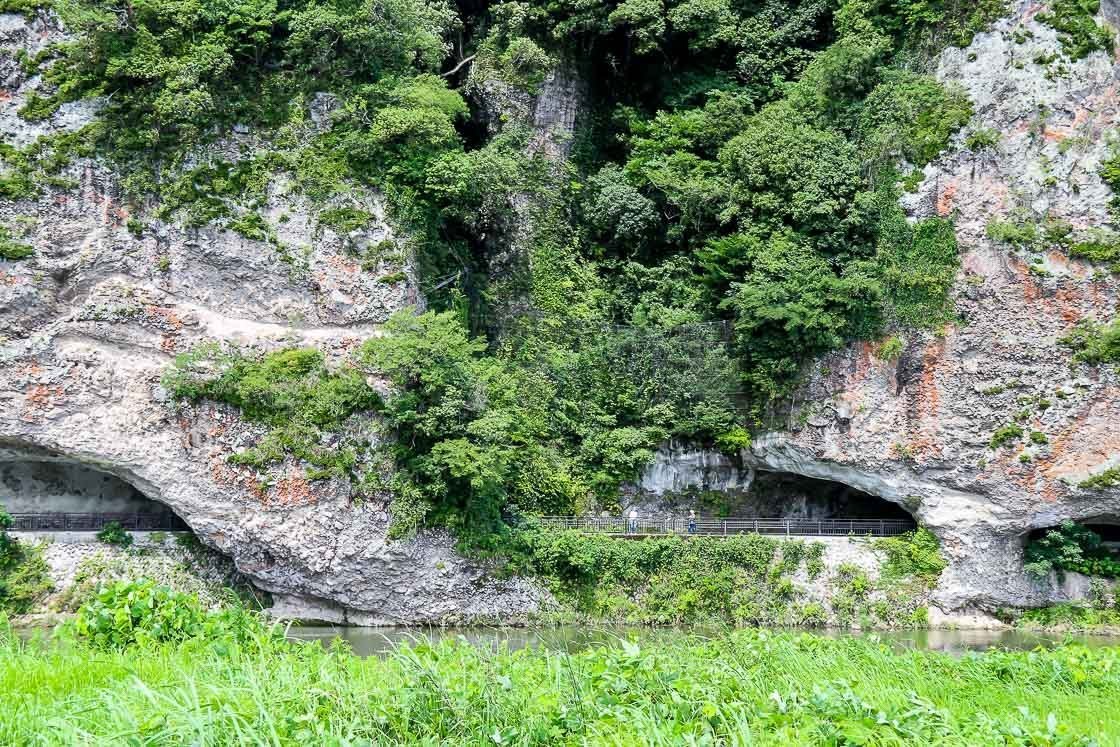
The return journey from the cycle terminal to Ao no Domon took approximately two hours, and after that I headed for lunch at the Michelin-starred Chikushitei in central Nakatsu. The Japanese-style restaurant (ryotei) opened in 1901 and has served many important visitors - including the current Emperor! - since the turn of the century. Dishes are made with fresh and local ingredients, and the restaurant specialises in Hamo, a species of eel.
The wholesome dishes are prepared depending on the season, and true to the restaurant's ethos, it felt like medicine for my soul and body. Food is not the only reason to visit Chikushitei; the elegant architecture and design remain as it was from over 100 years ago and showcase traditional Japanese building style.
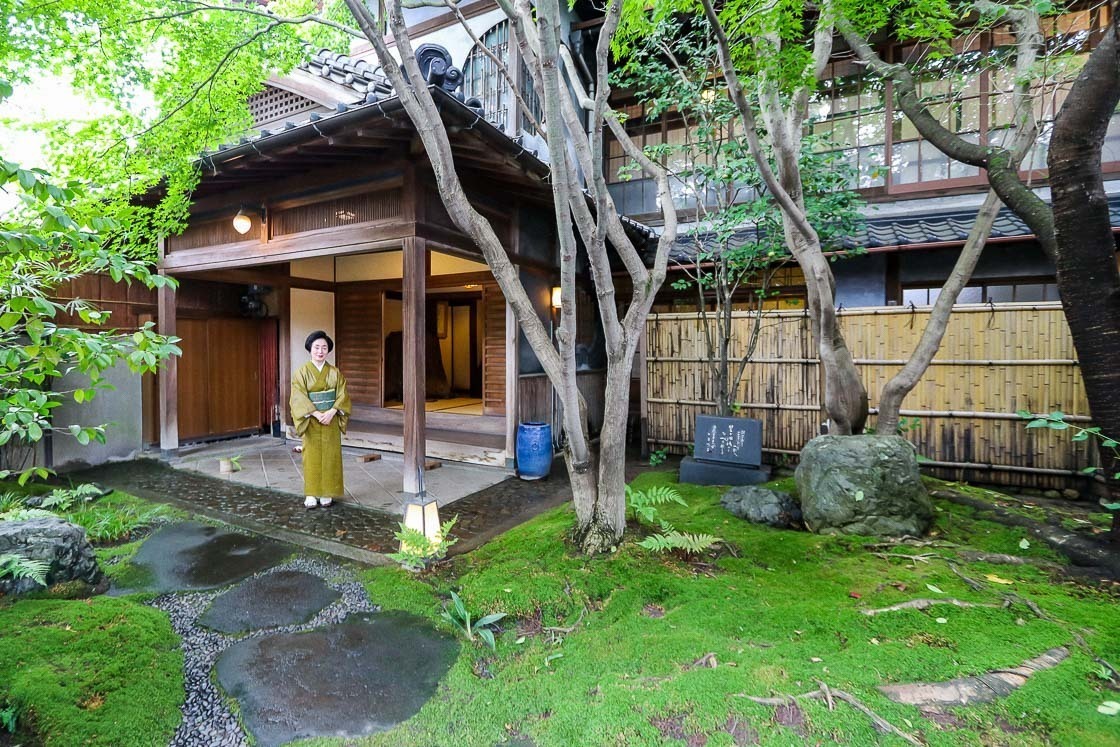
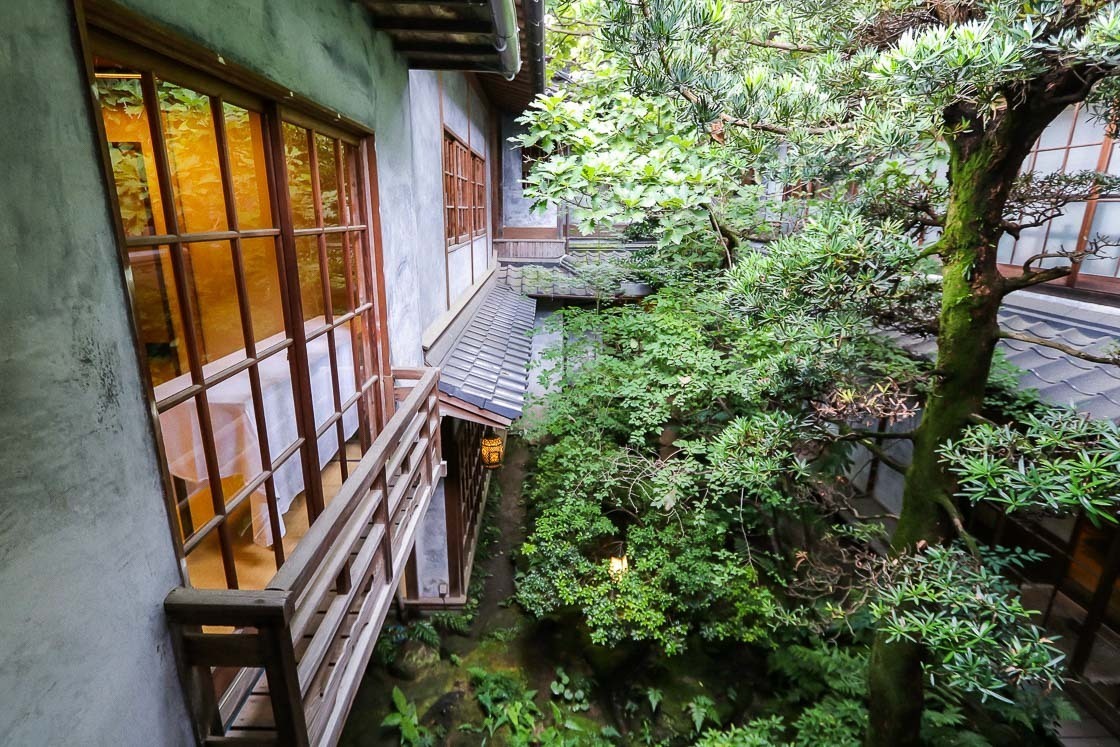
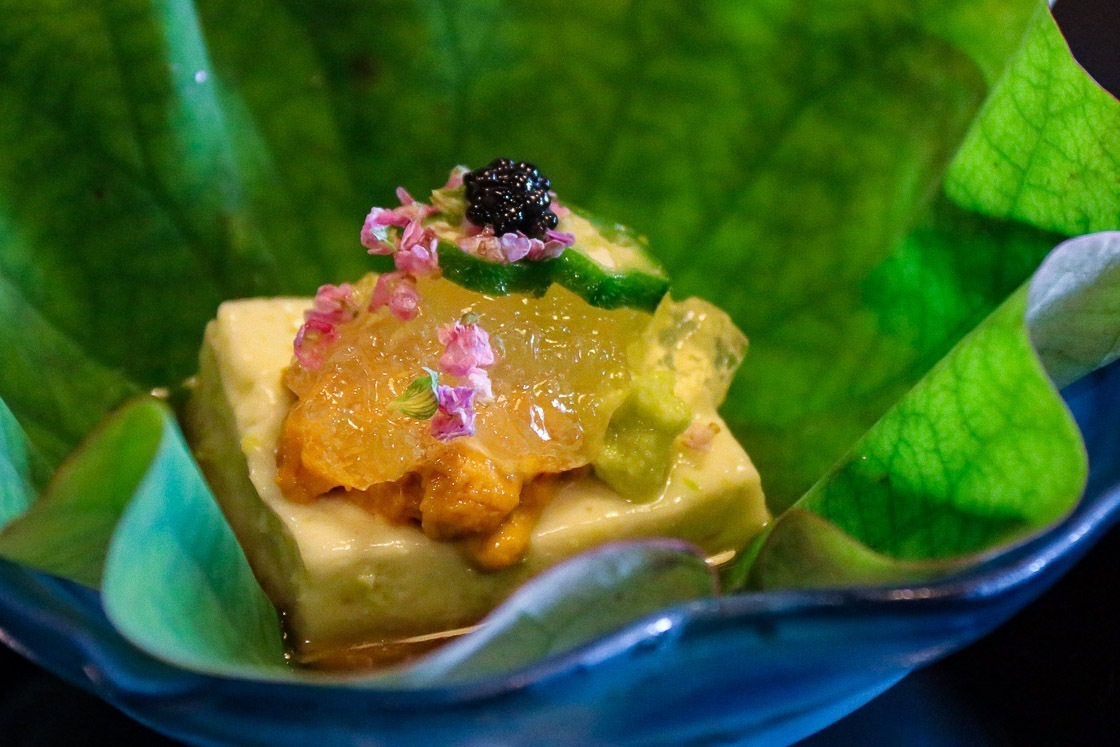
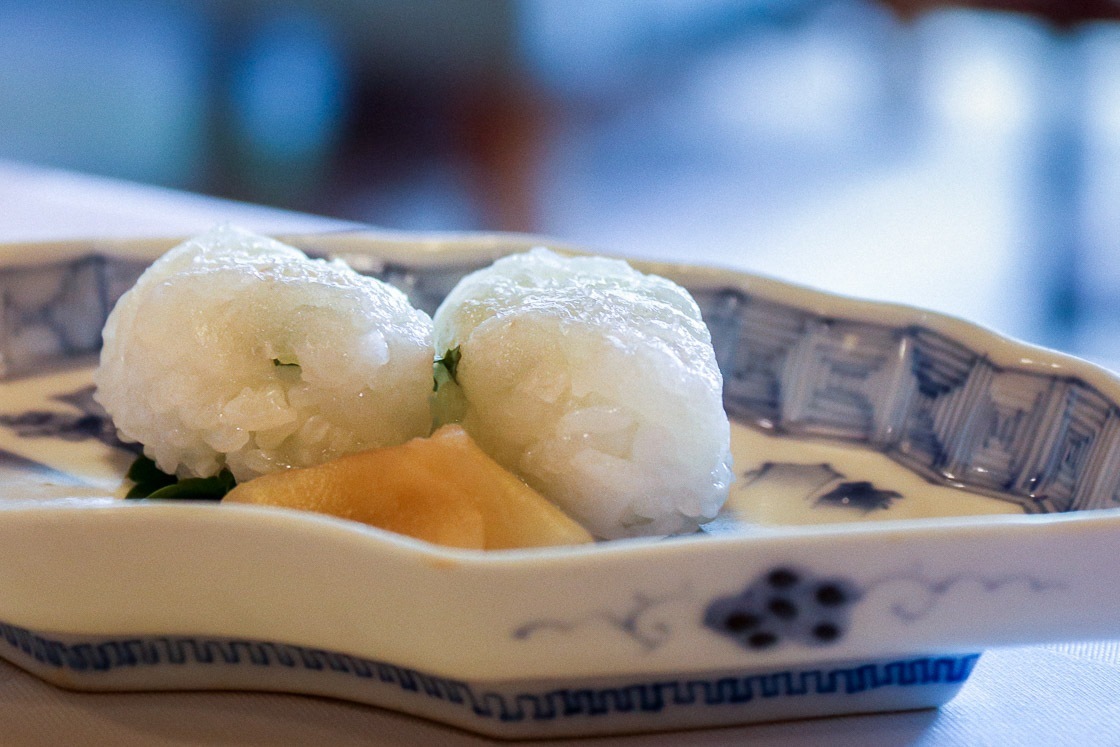
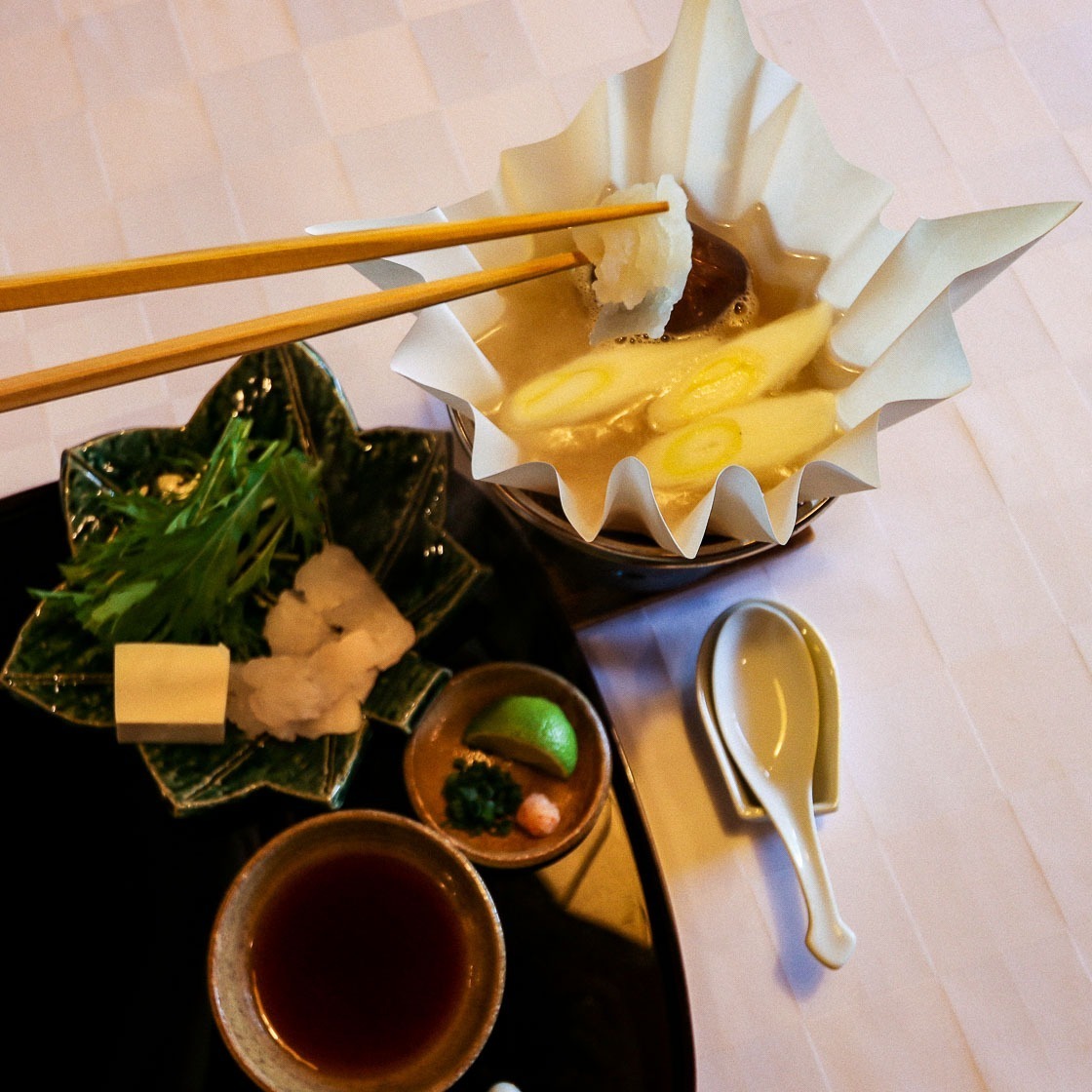
After the exquisite meal, I made my way deeper into Yabakei Gorge. My target was to go on a short walk between the Sarutobi Sentsubokyo and Mabayashikyo sections. The walking trail leads along the same Yamakuni River as the cycling road and takes about 20 minutes one way. My first impression of the area was that it reminded me of the more famous Takachiho Gorge in Miyazaki Prefecture.
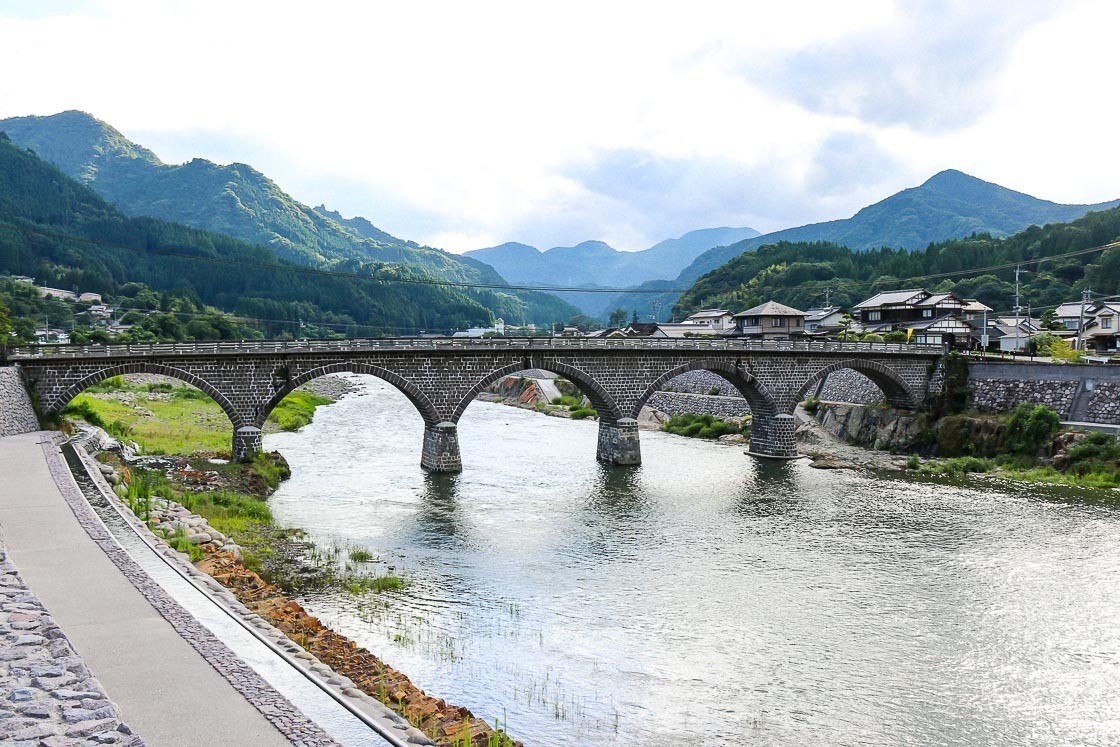
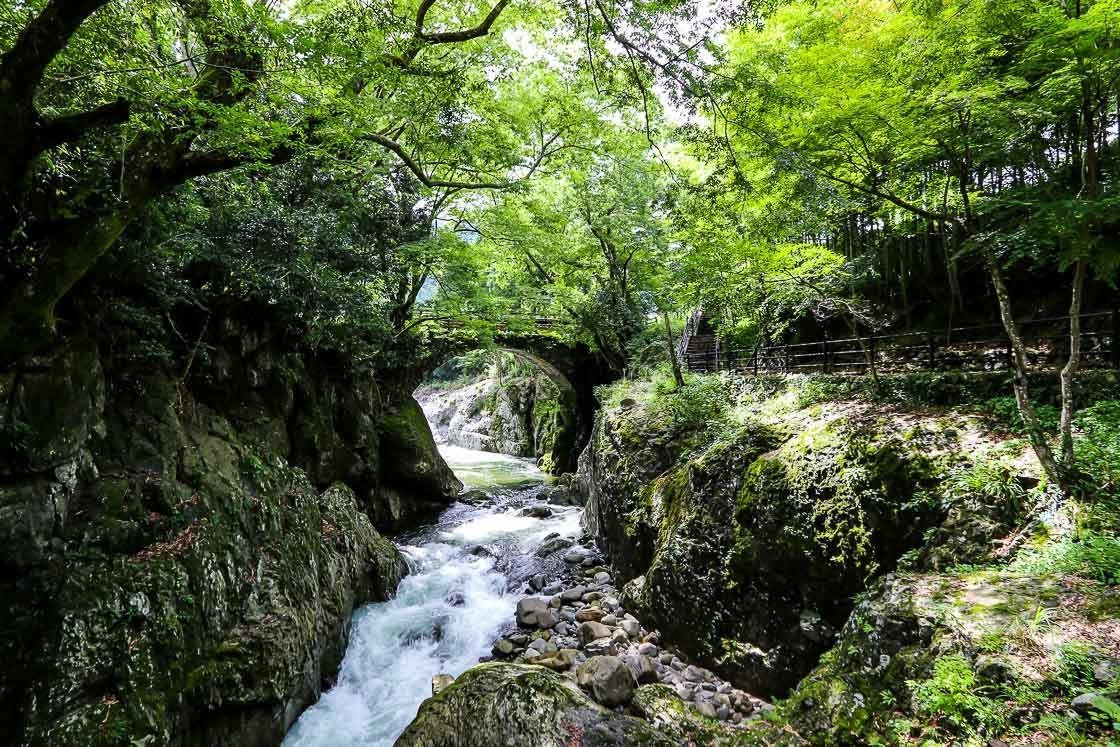
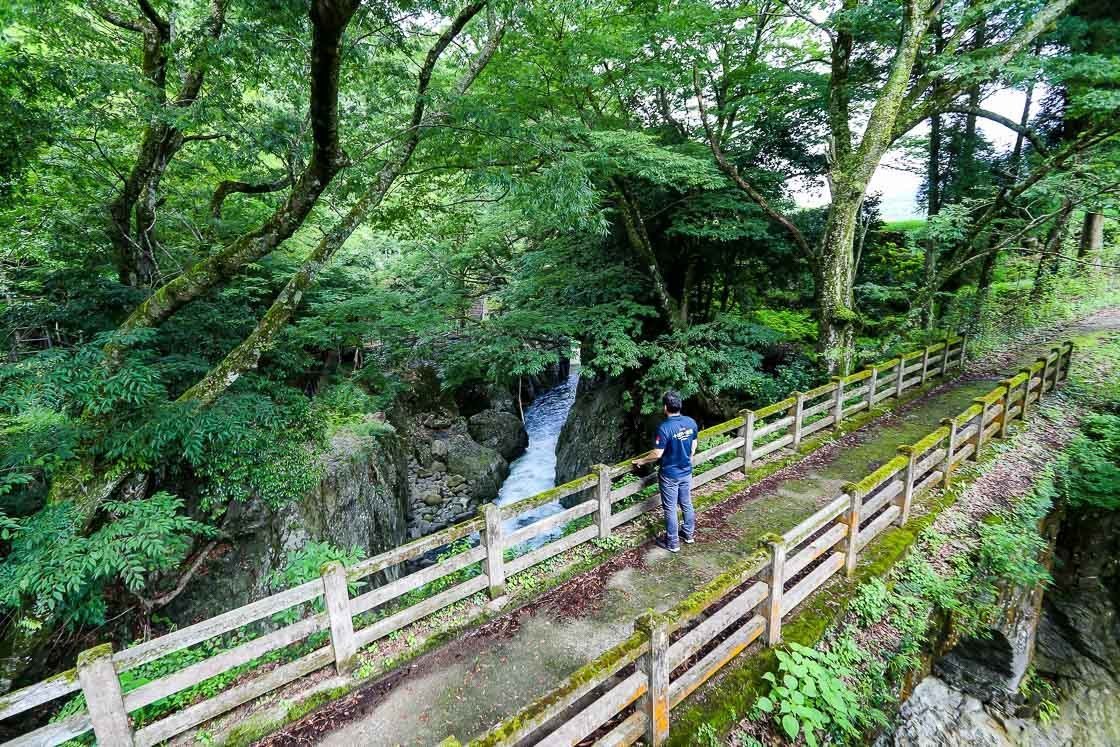
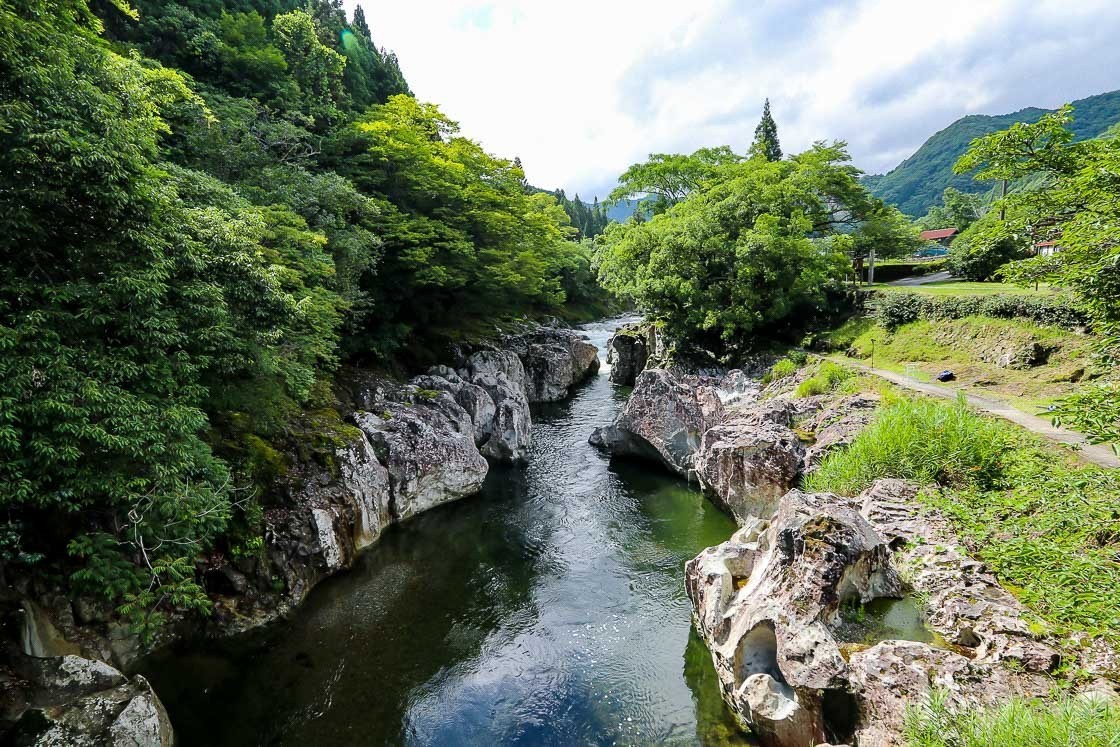
My final destination for the day was Tsuki no Hotaru, my accommodation for the night. The homely inn is known for its views of fireflies that are best seen in from late May till late June. While it was past the firefly season when I was there, the place was still nonetheless very charming and relaxing.
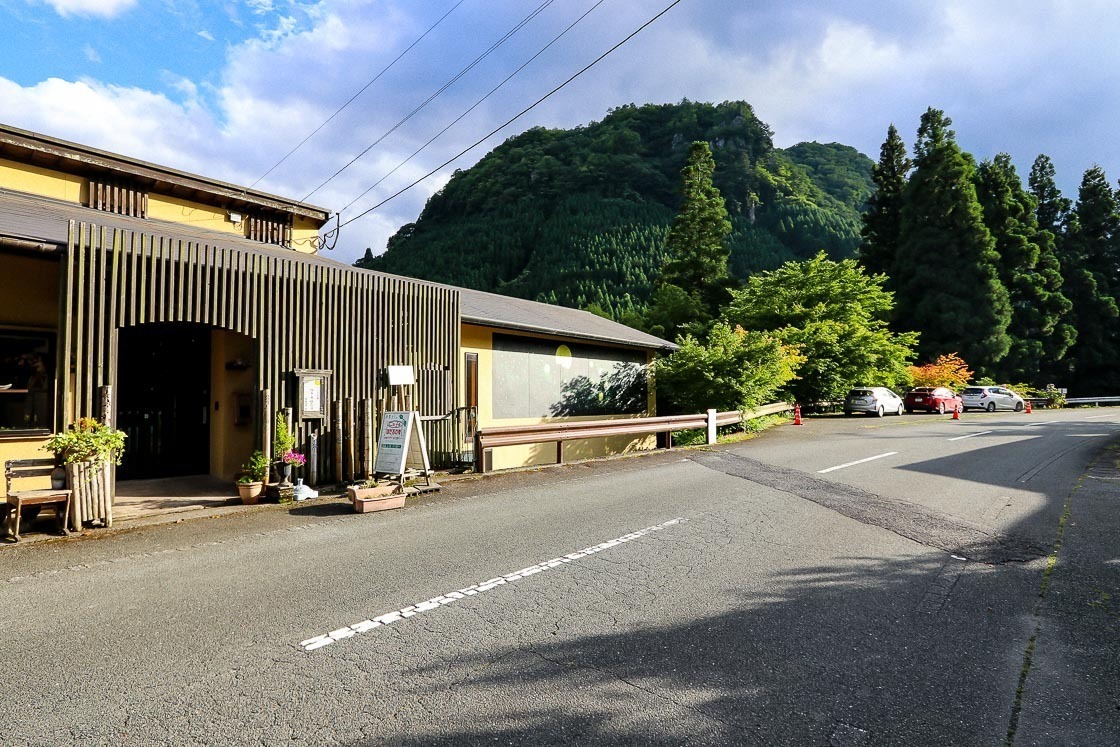
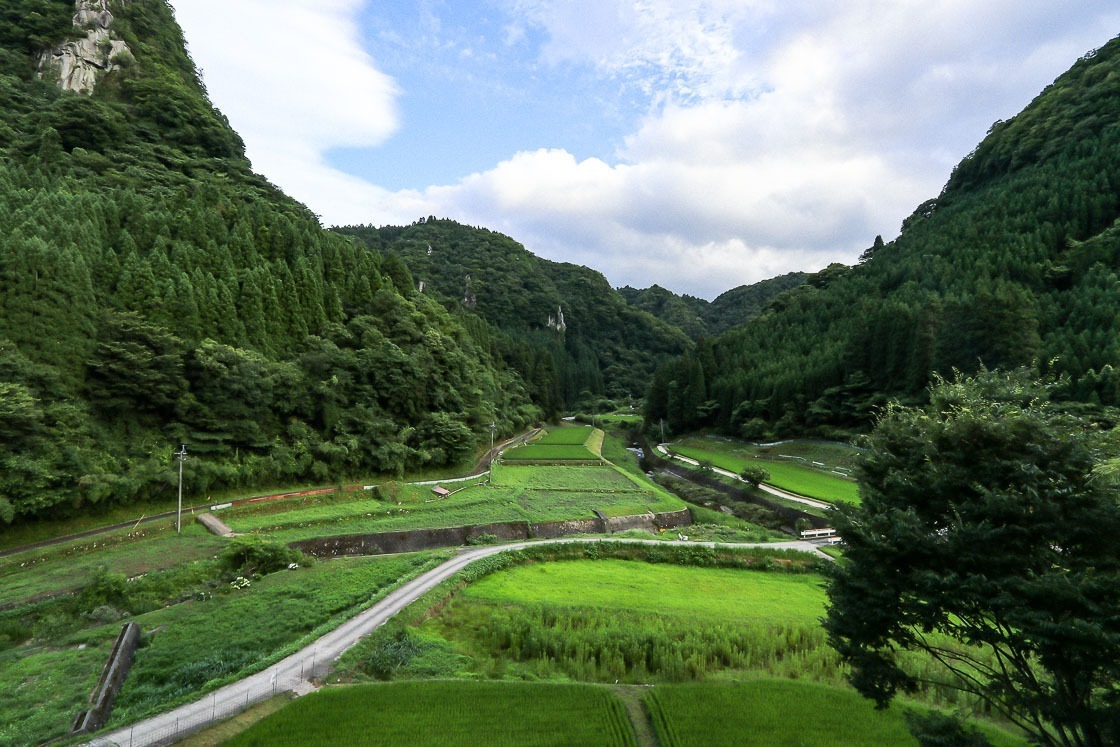
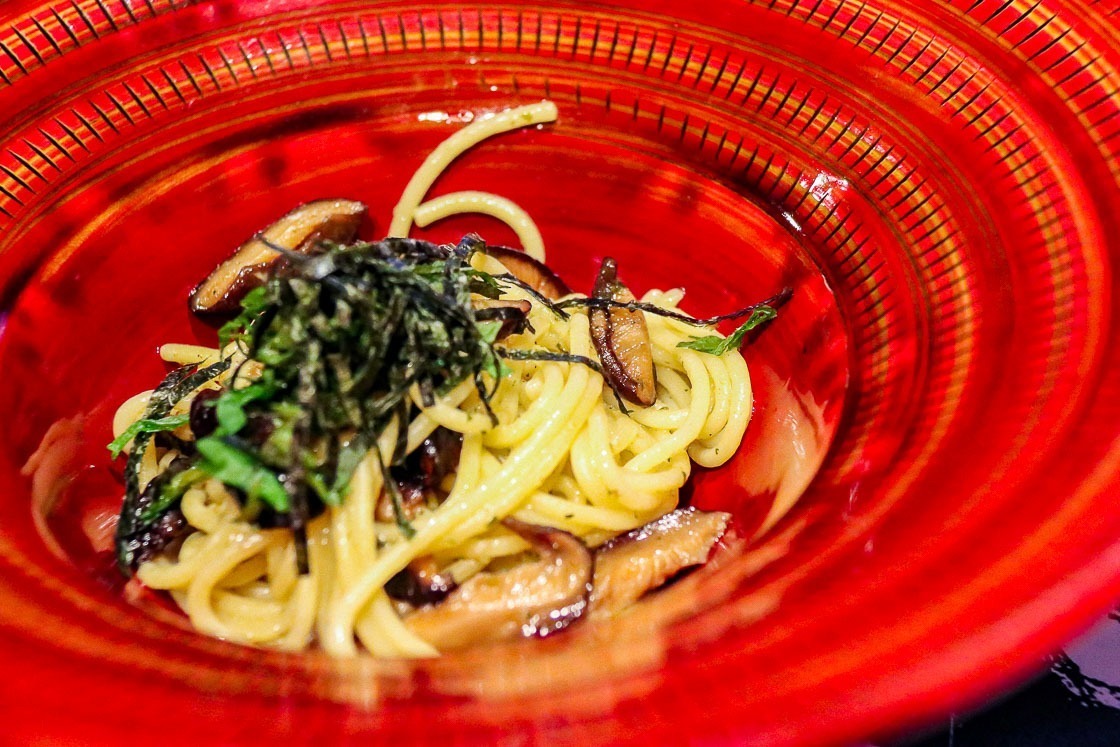
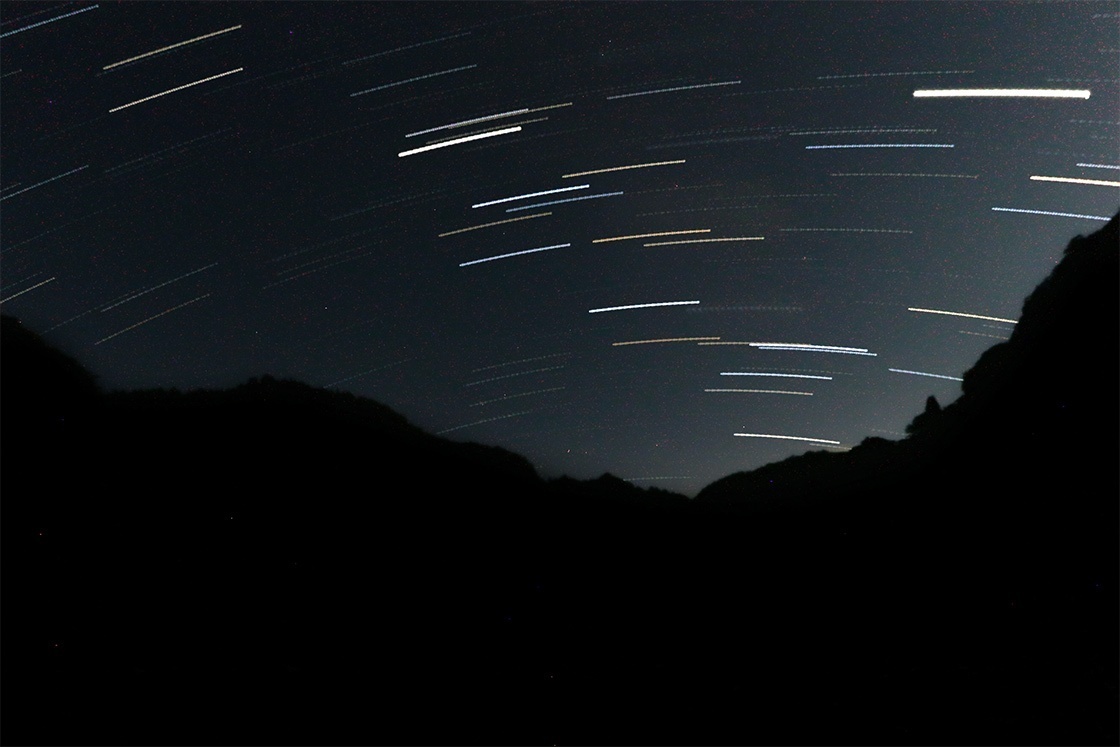
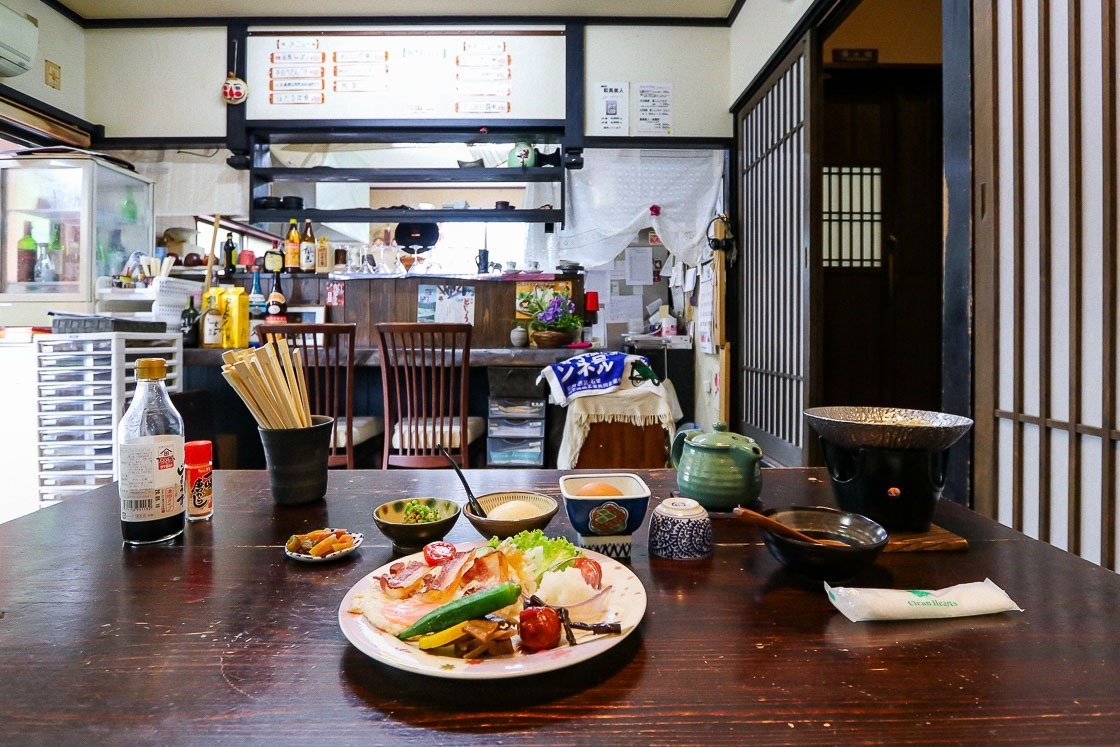
The next morning, I made my way to Kusu, a town on the other end of the Yabakei Gorge, where I would bring my tour of the gorge to a close. The highlight of my visit there was the Bungomori Kikanko Roundhouse, a former train yard that served as the midpoint refuel stop for the steam locomotives travelling between Oita and Kurume. The nicely done roundhouse museum nearby has displays of the history of the place and is worth a visit before seeing the train yard ruins.
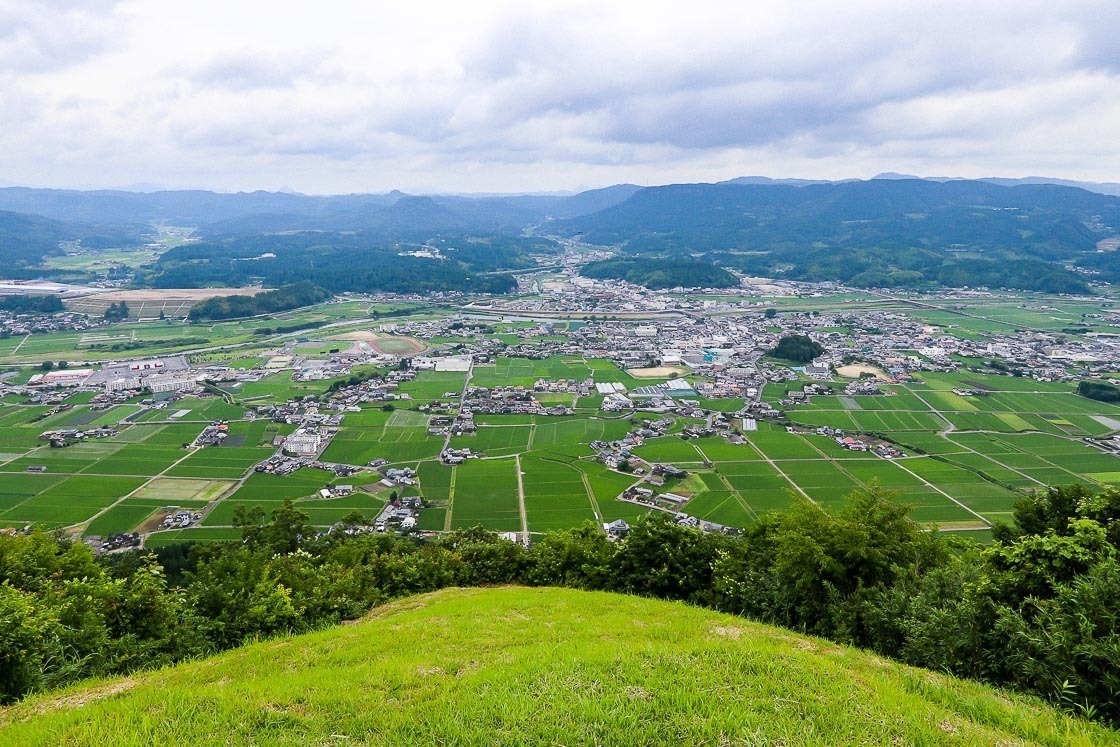
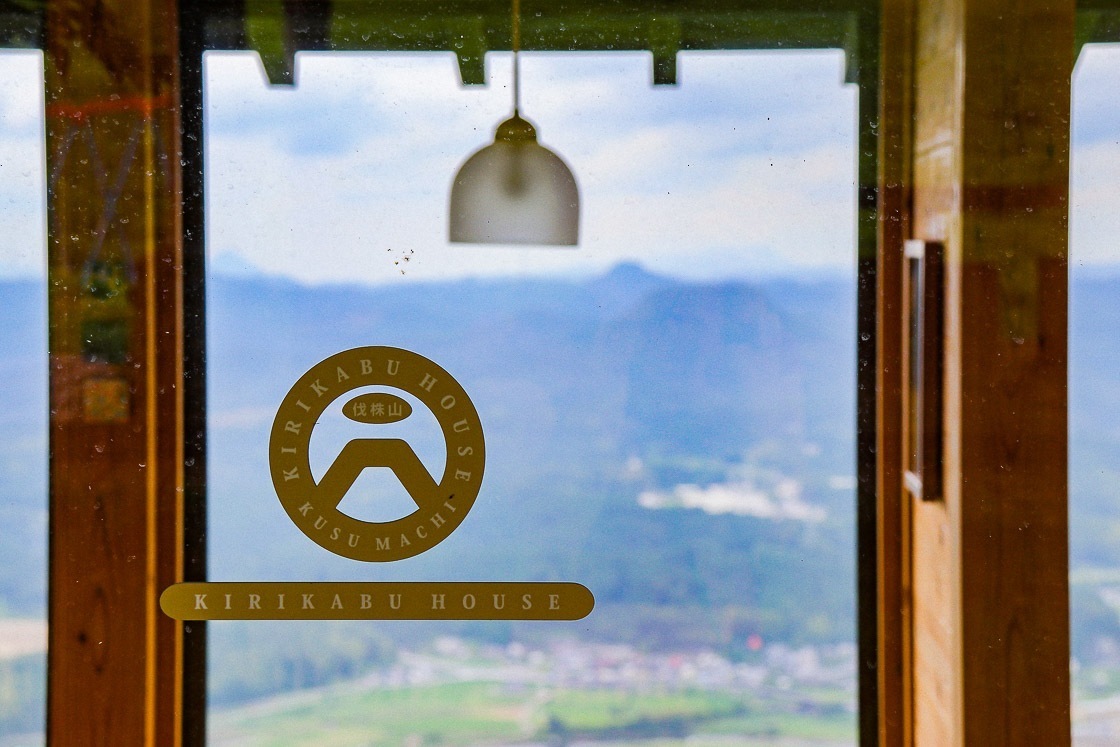
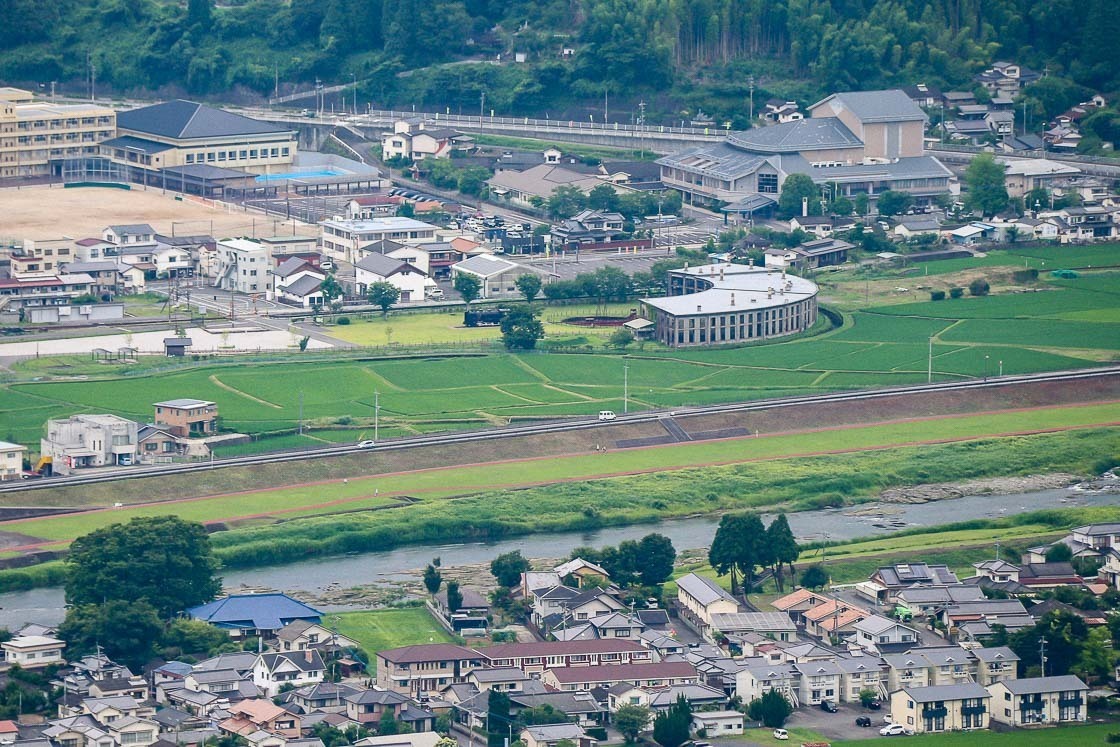
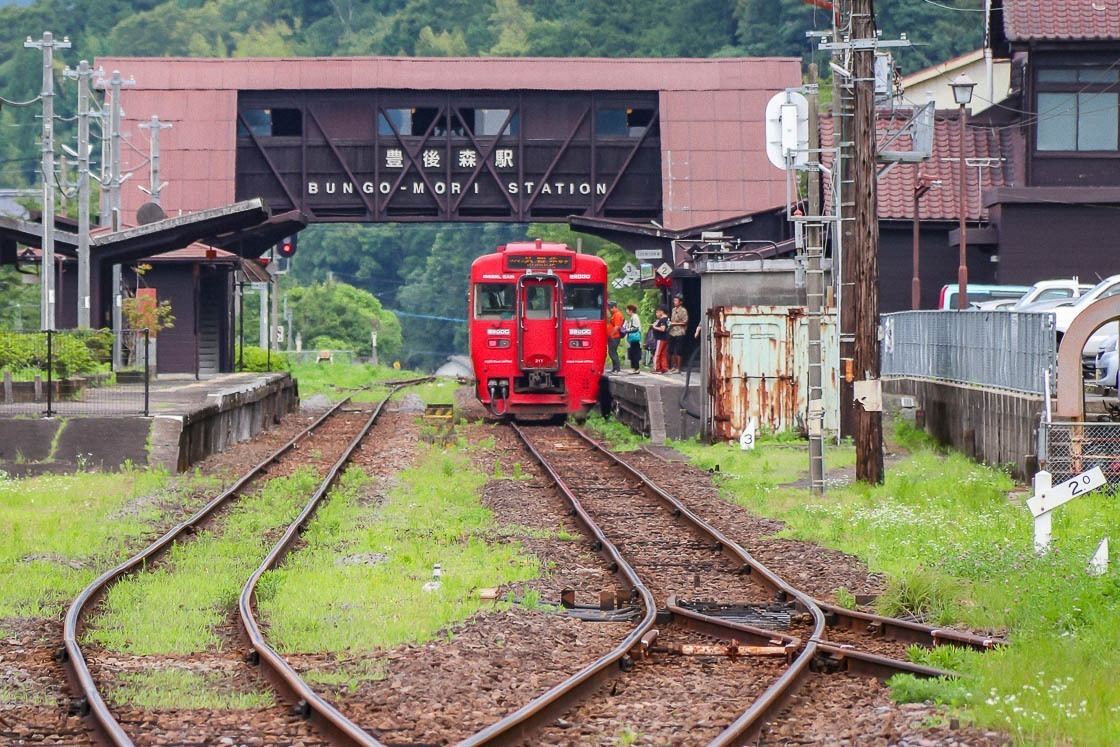
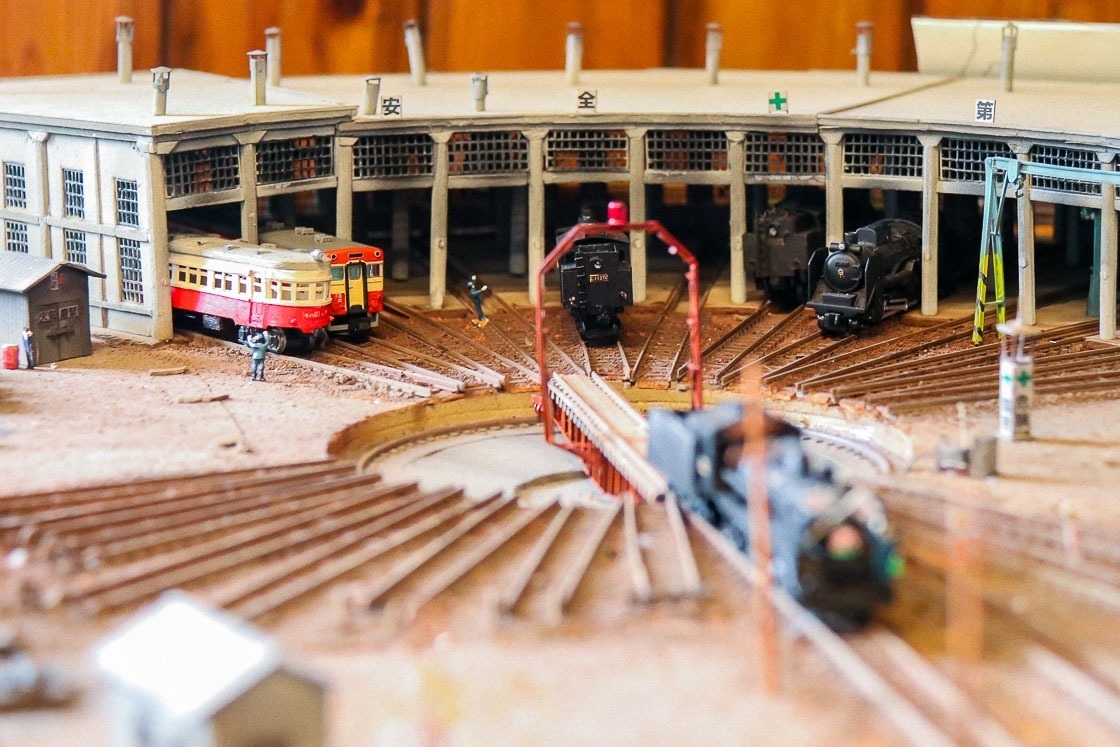
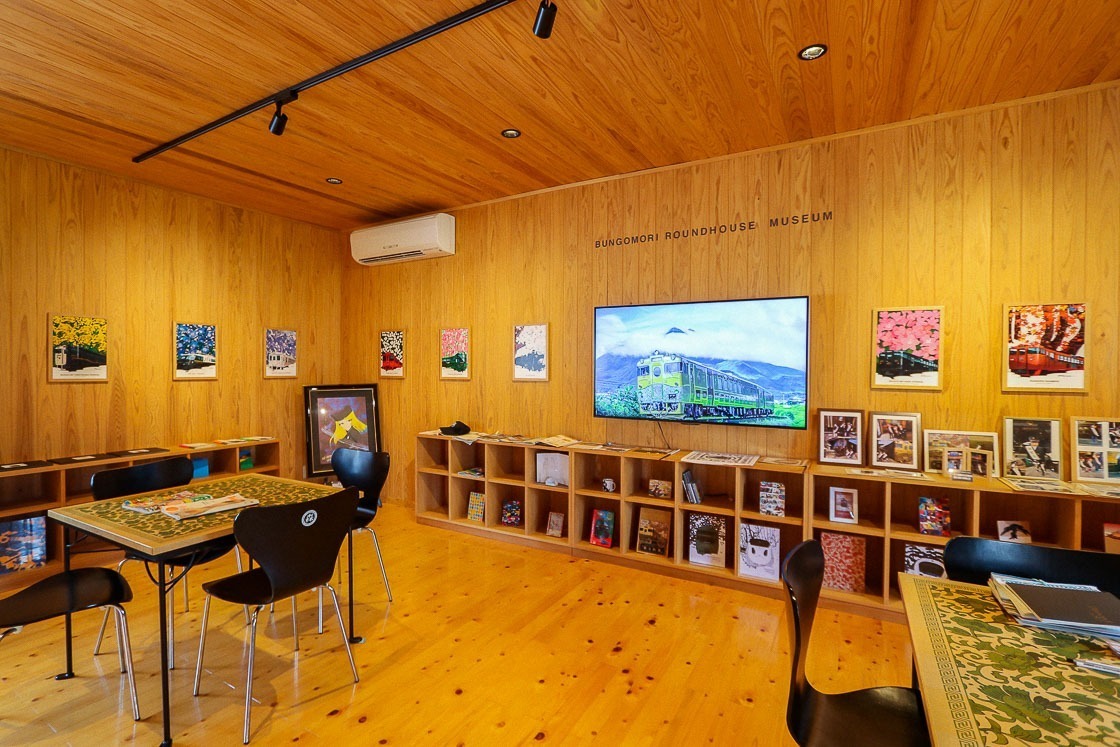
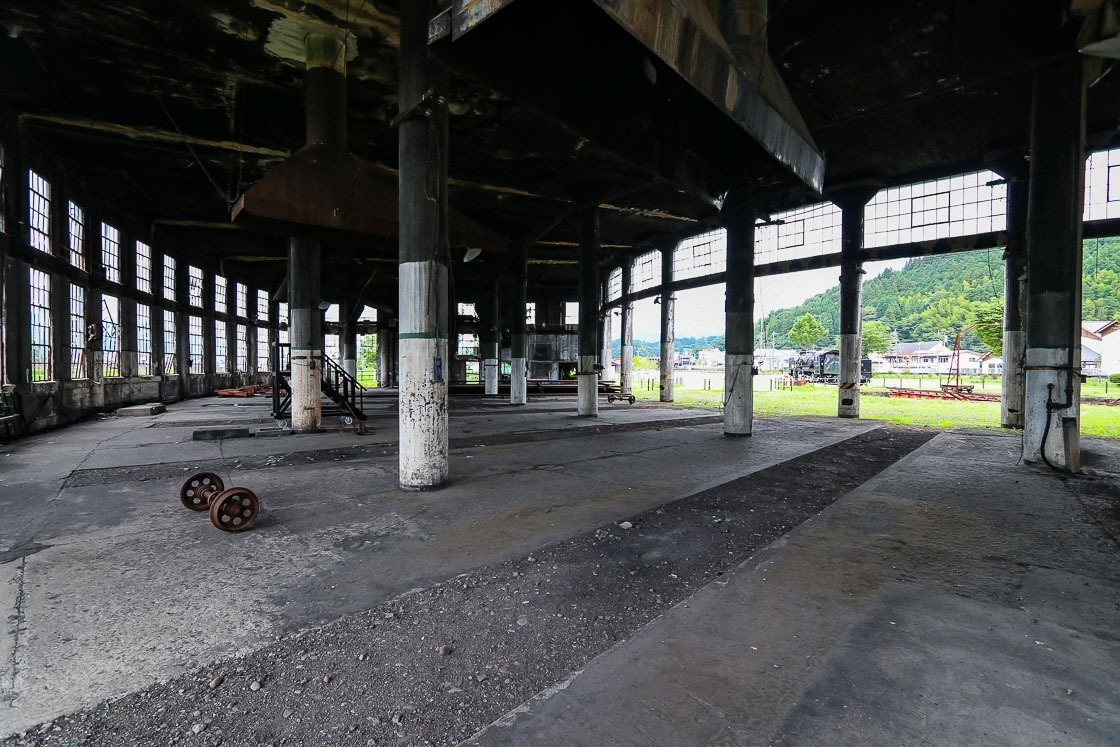
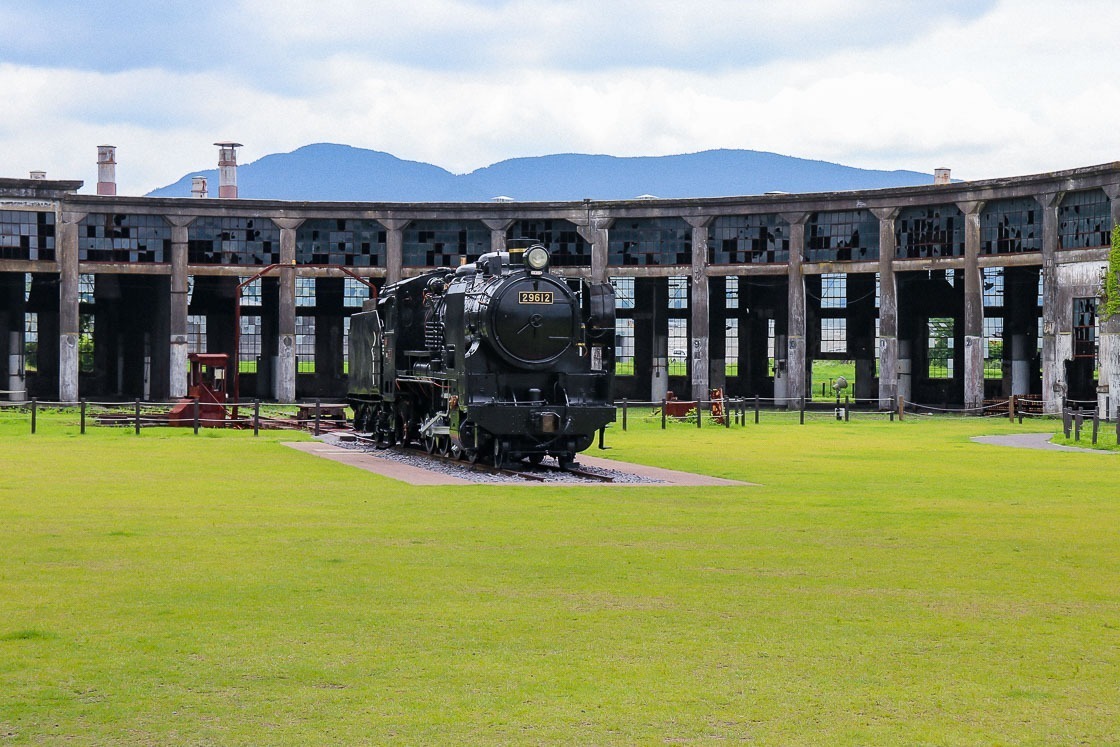
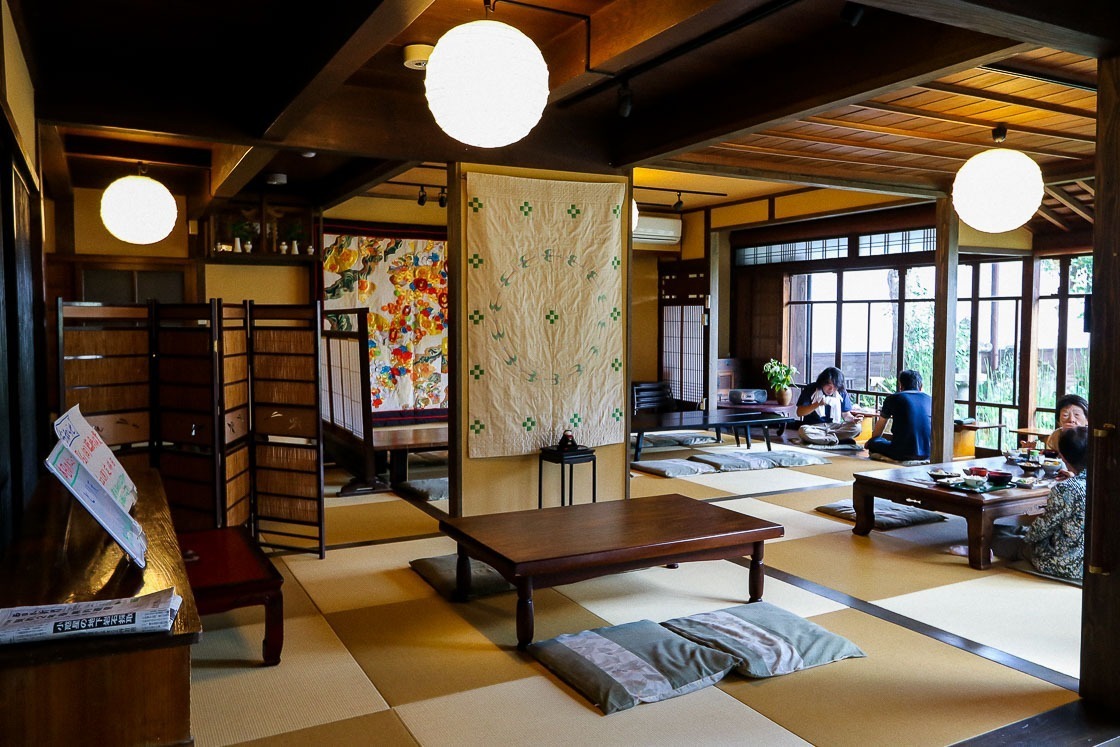
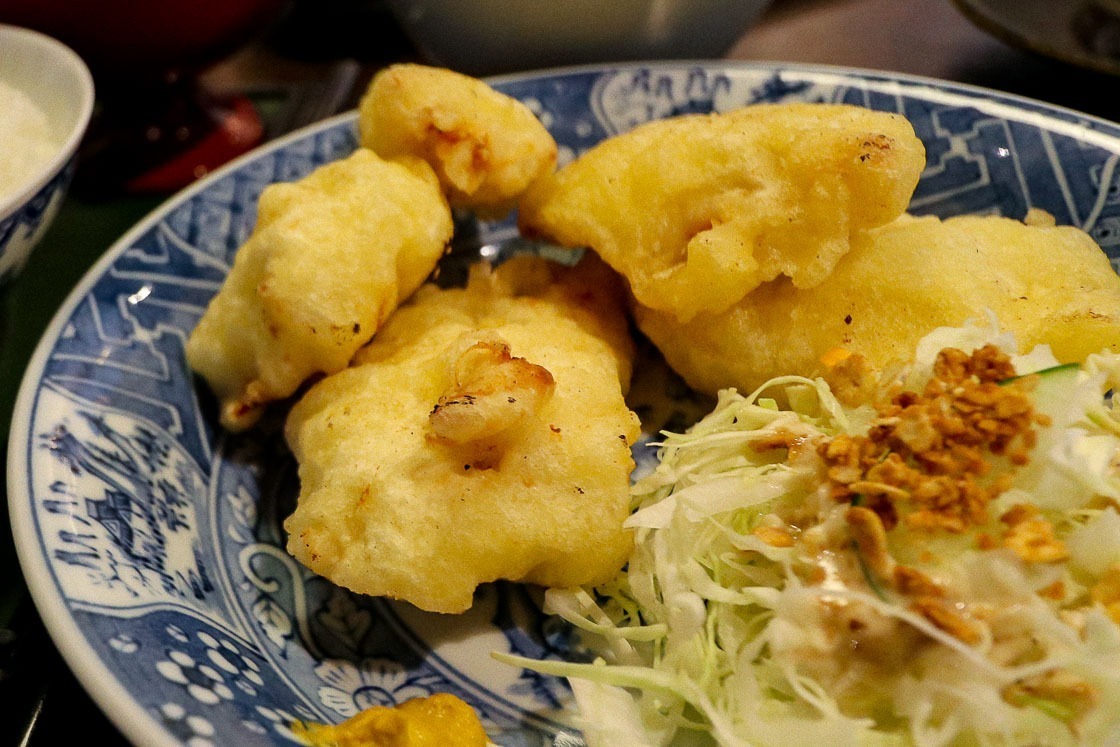
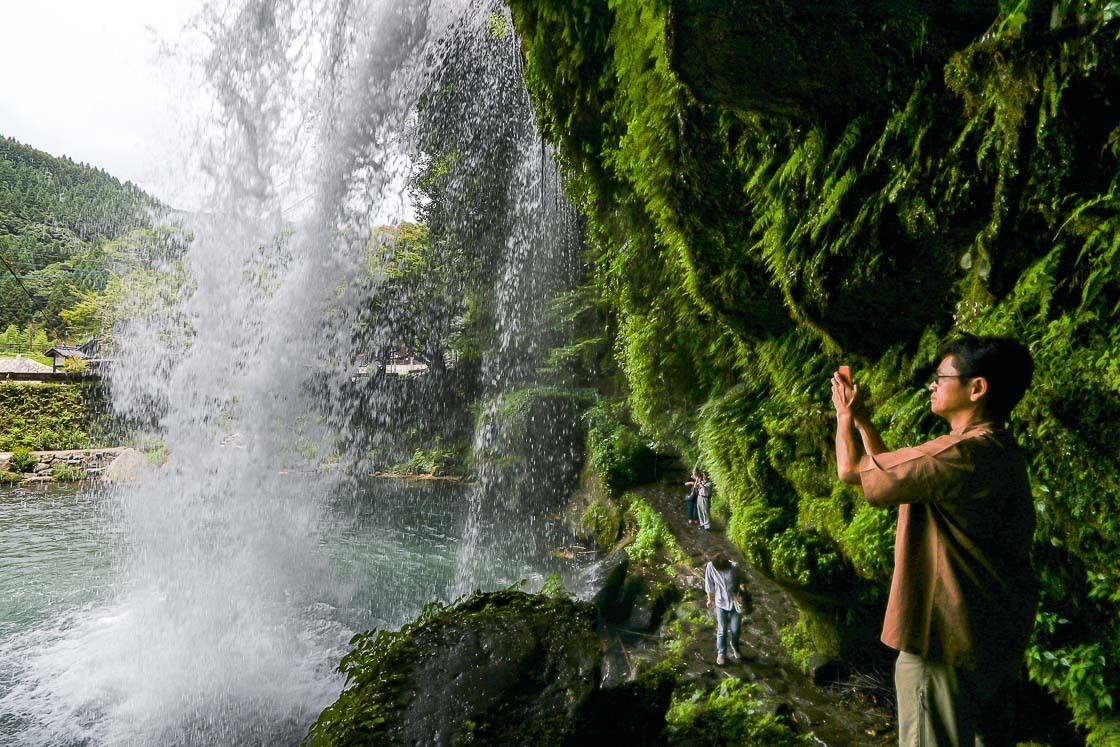
Culture route 3: Tracing Hita's roots and the legacy of Hirose Tanso
The last culture route I embarked on this trip was centered in Hita, an inland city on the western edge of Oita Prefecture. I followed the roots of education from 18th century Japan there. The main area I visited was Mamedamachi, an old town in Hita that contains preserved buildings from the feudal period. I also learned about Hirose Tanso who was an educator from Hita and whose techniques formed the basis of teaching in the country.
My path started at the remains of Kangien, the largest private school in Japan established by Hirose Tanse in the late 18th century. The school accepted students regardless of age, social status or academic level, which was almost unheard of during the feudal period when hierarchy was paramount. It is said Kangien had over 5000 enrolled students from across Japan during its time. Only two buildings remain: the large Shufuan where lessons were carried out, and the Enshiro where Hirose entertained his guests.
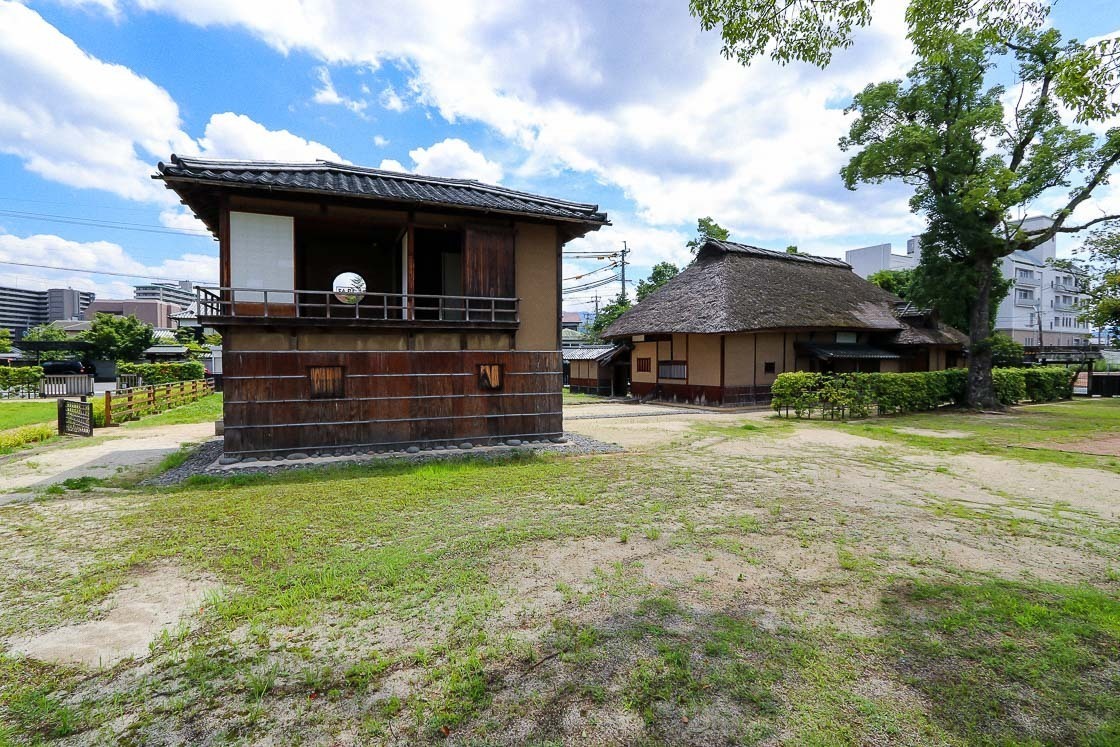
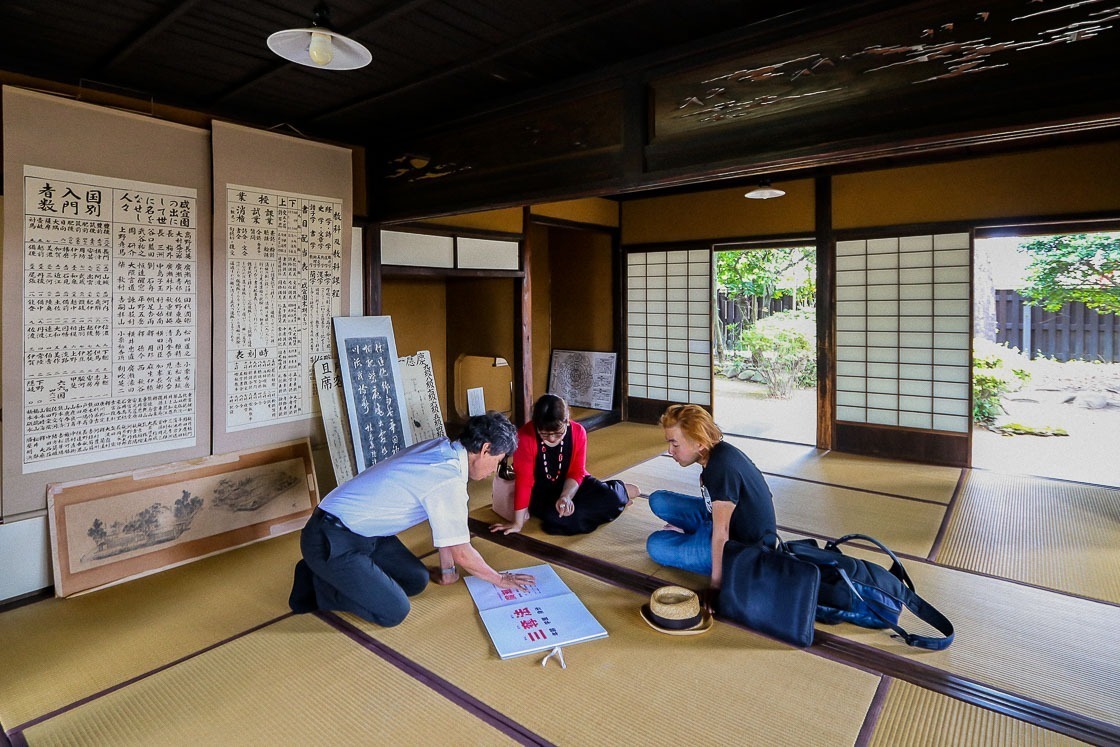
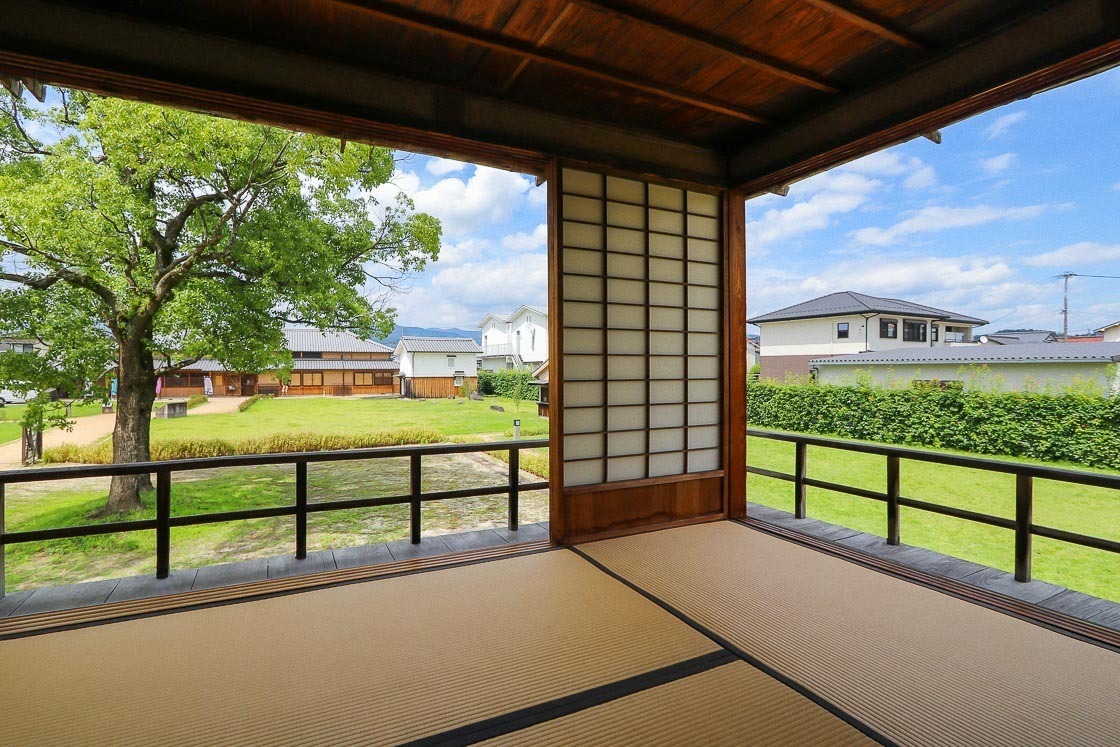
Hita used to be one of the important trade hubs on Kyushu and stood under the direct control of the shogun during most of the Edo Period. The old town of Mamedamachi developed into a merchant town when a magistrate's office was established there. Inns and shops provided accommodation and amenities for the visitors on official business, and Mamedamachi also flourished as a student town when the students from Kangien lived and worked there.
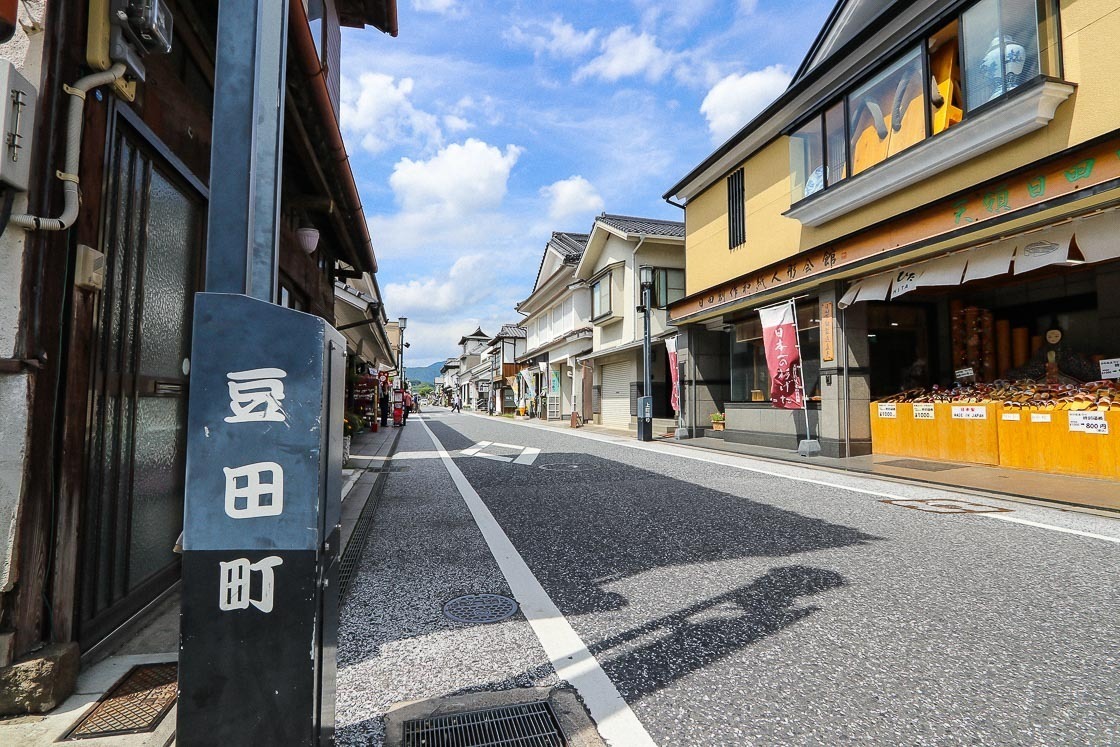
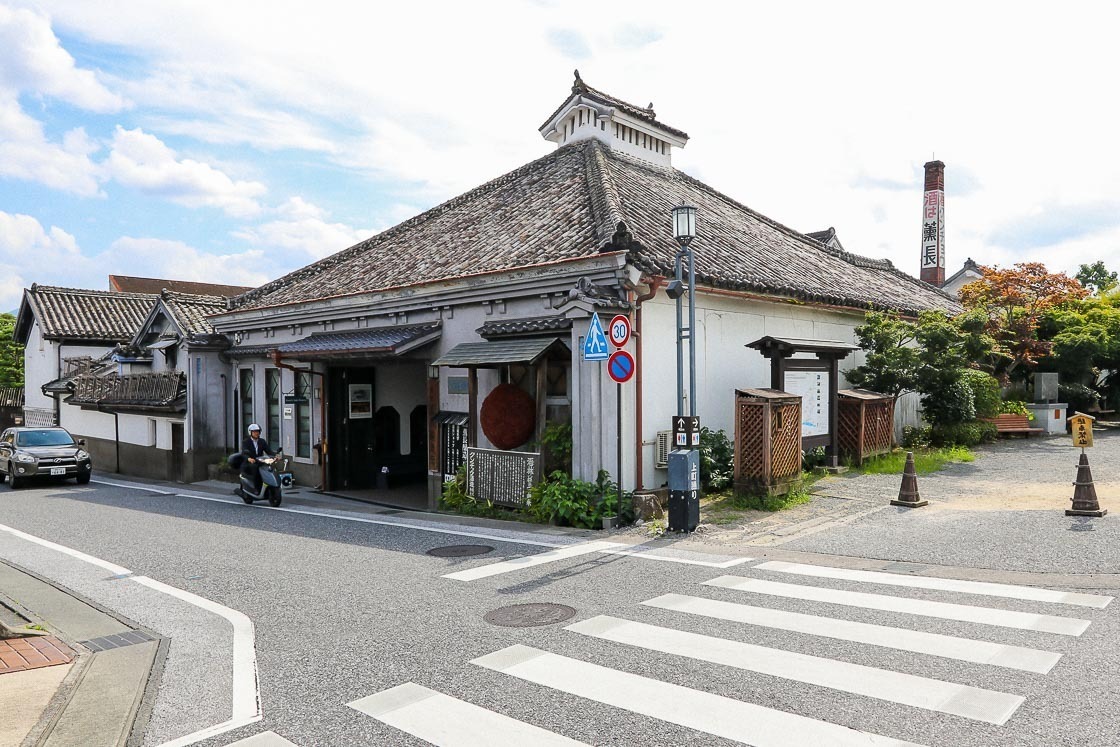
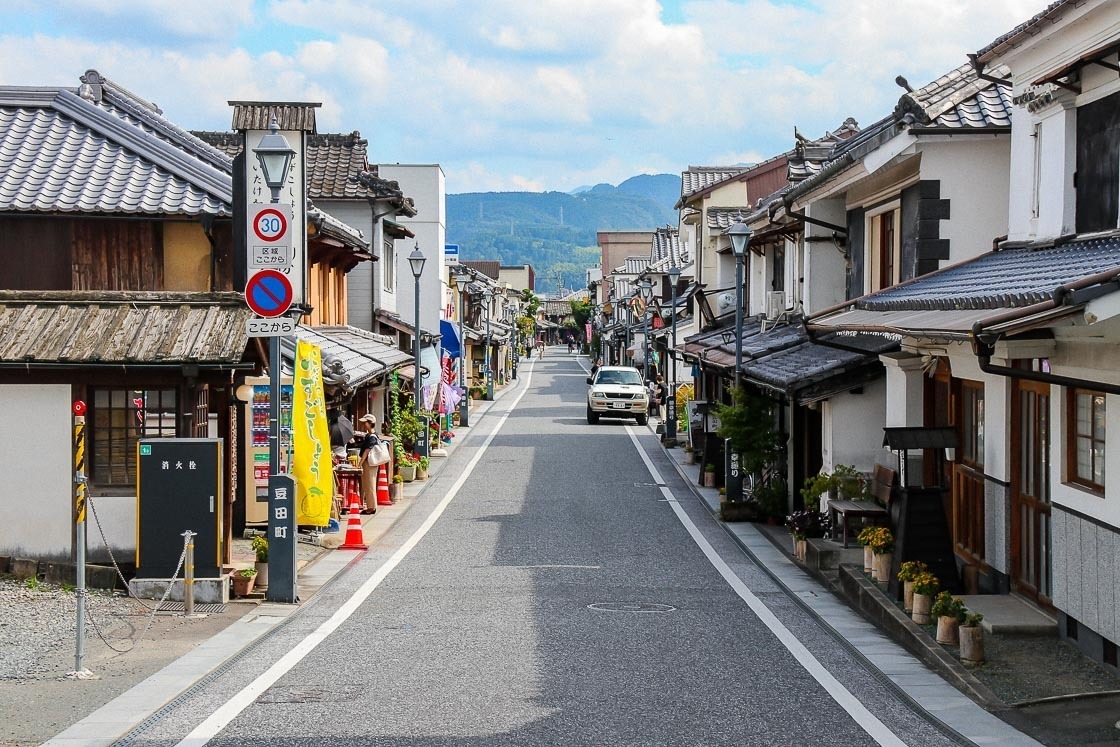
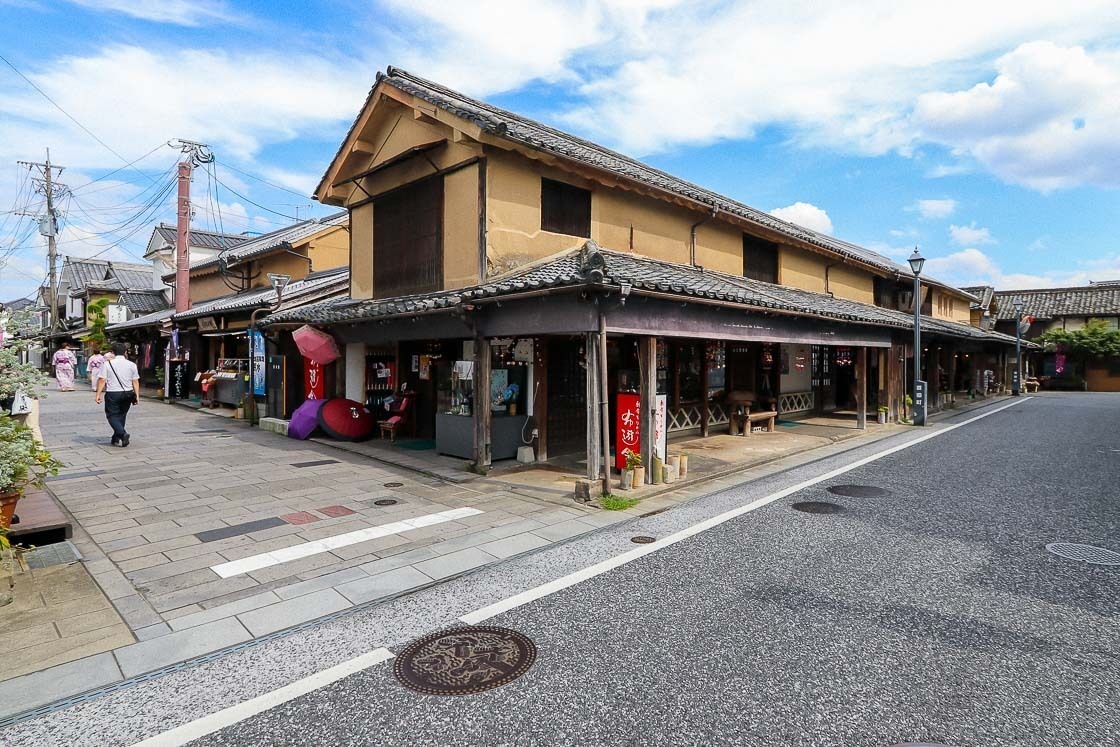
At the northern end of Mamedamachi stands Chofukuji Temple, an important cultural property that was constructed in 1669. The temple was where Hirose rented a space to start his academy and laid down the foundations for his school. Visitors to the temple can view the 350 year old main hall from the outside, while the interior can only be viewed on special occasions when the temple is open to the public.
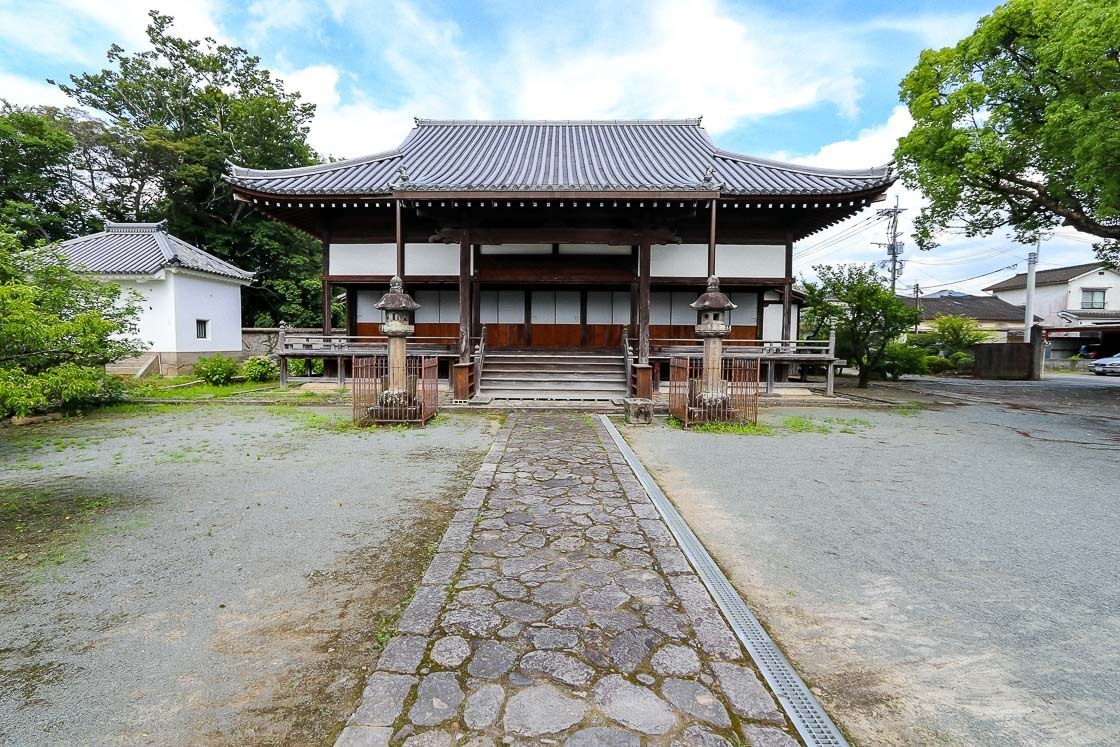
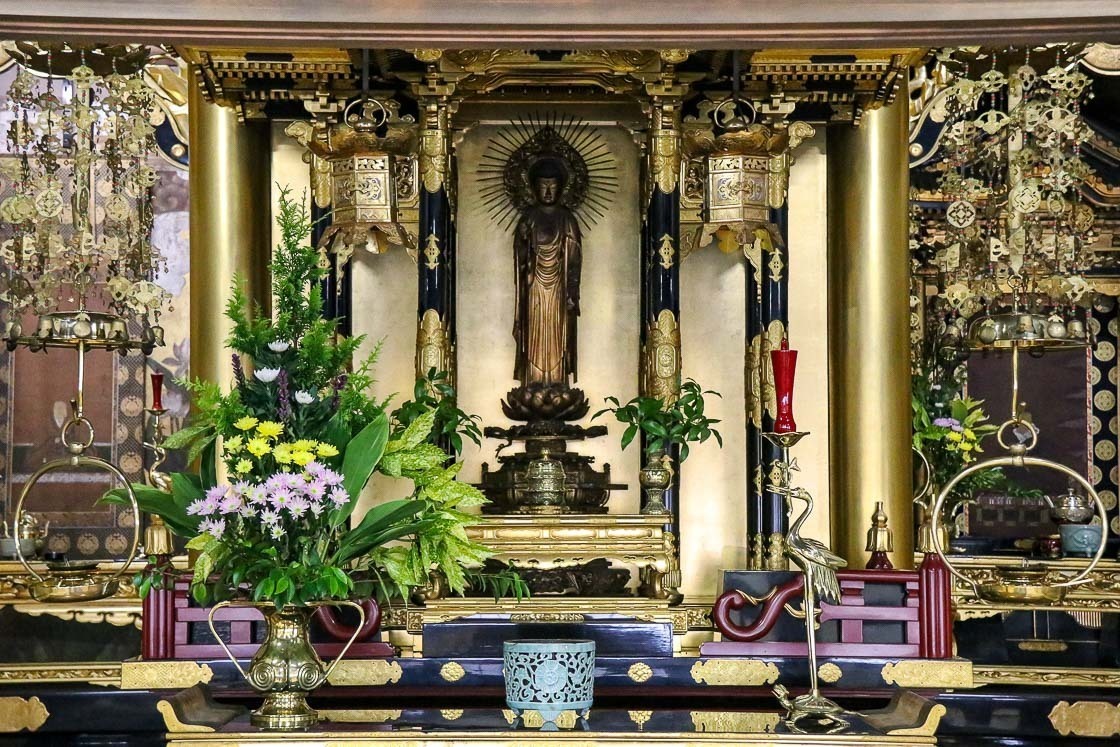
With that, my fun in Oita had come to an end, and it was time to head home after three days of trails. It was a whirlwind trip exploring the different Japanese heritage spots, and I am sure that there would be something for everyone be it religion, or nature or history.
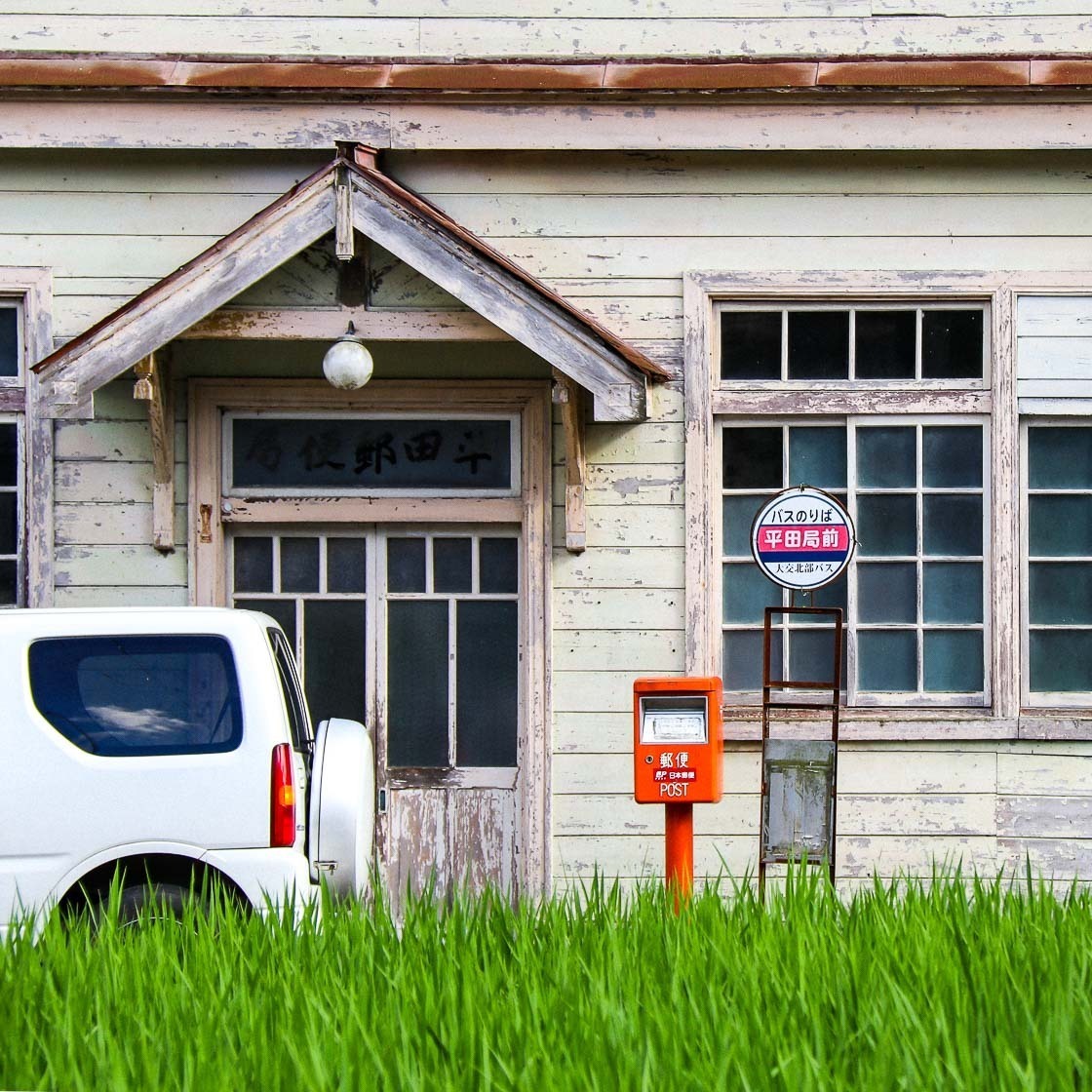
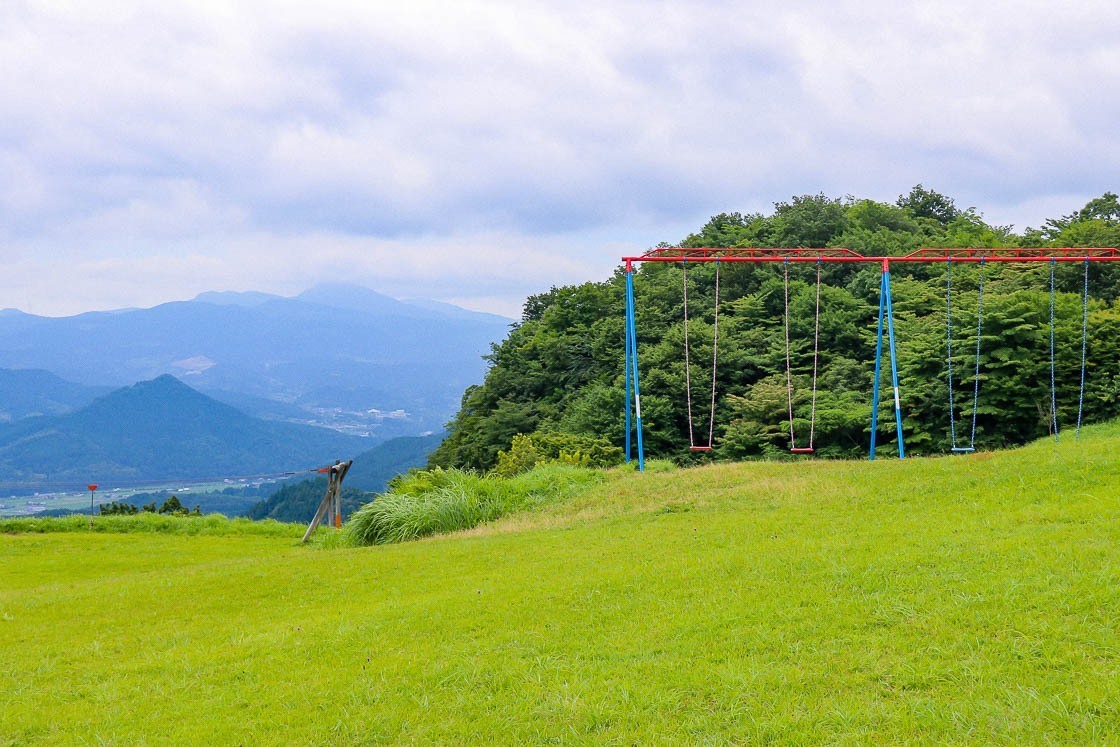
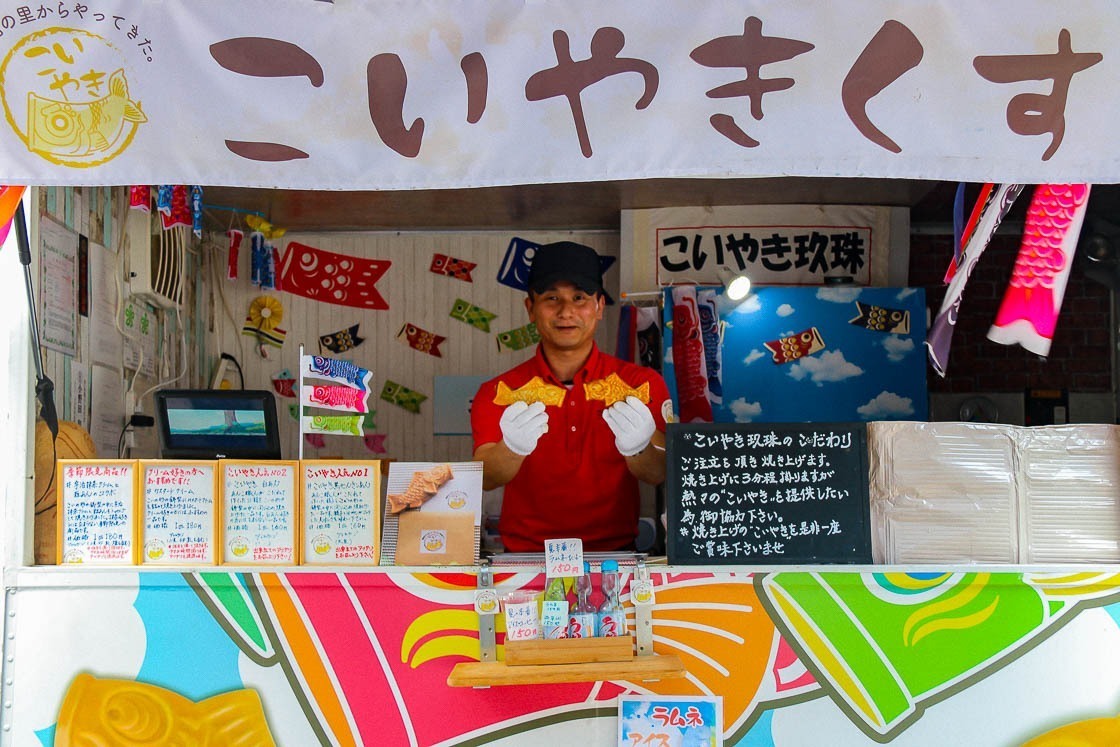
Access
A rental car is the best way to explore this relatively rural area of Oita Prefecture. Rental car companies can be found at the nearby airports of Oita, Kitakyushu and Fukuoka as well as in major cities across Kyushu.

